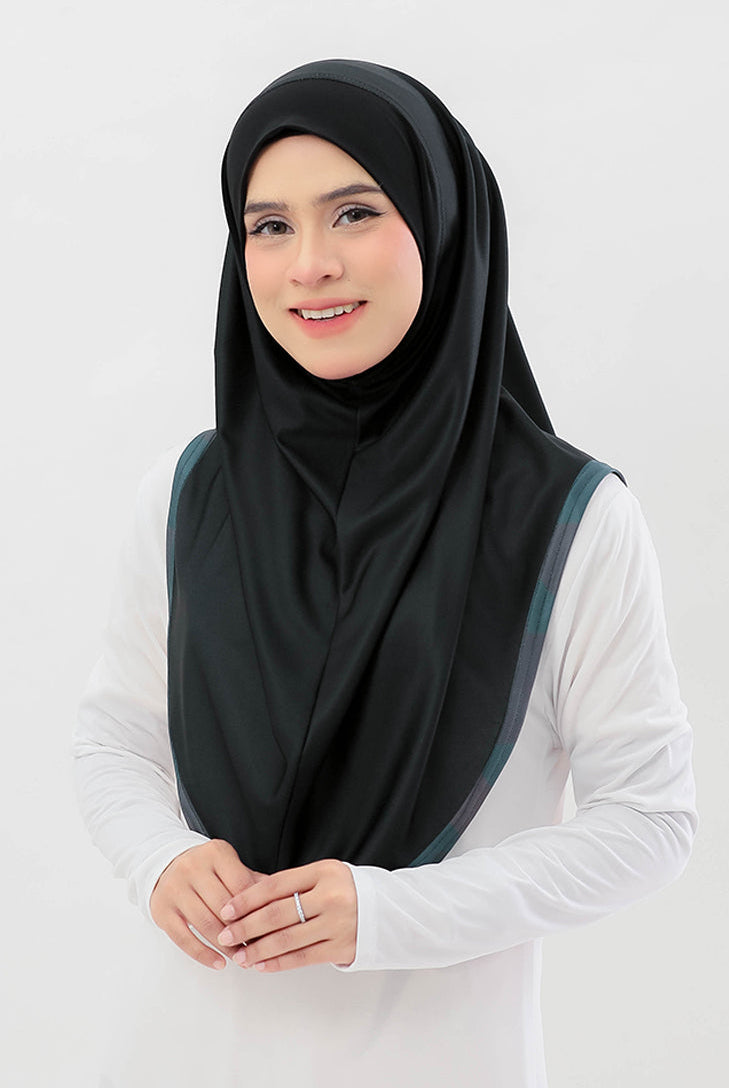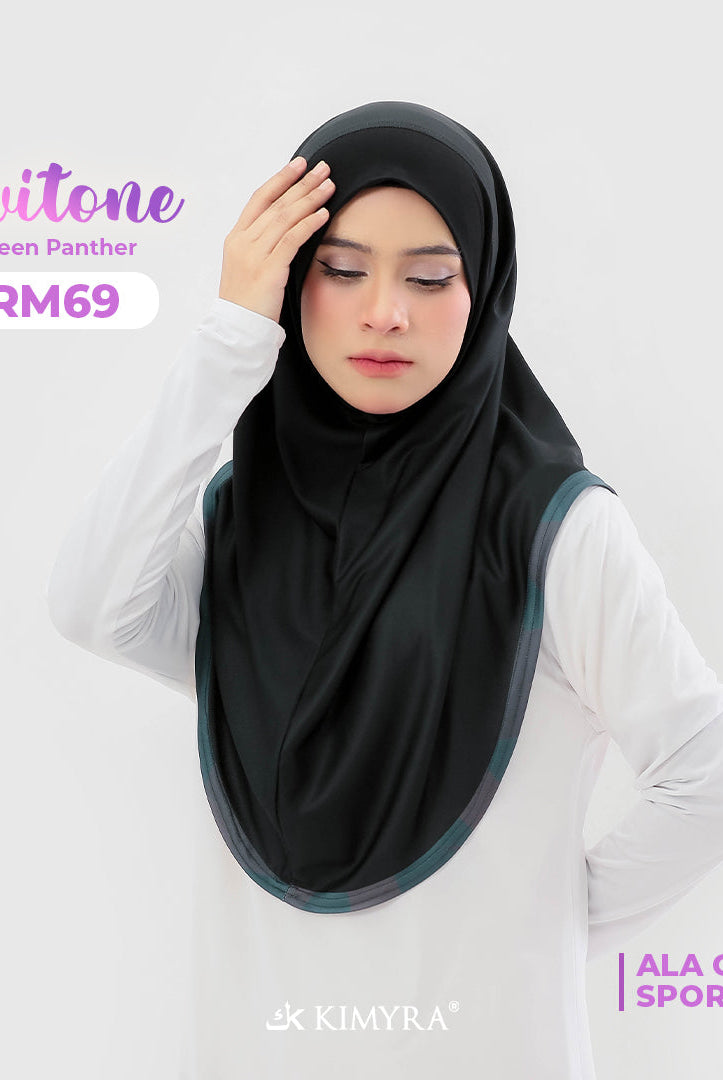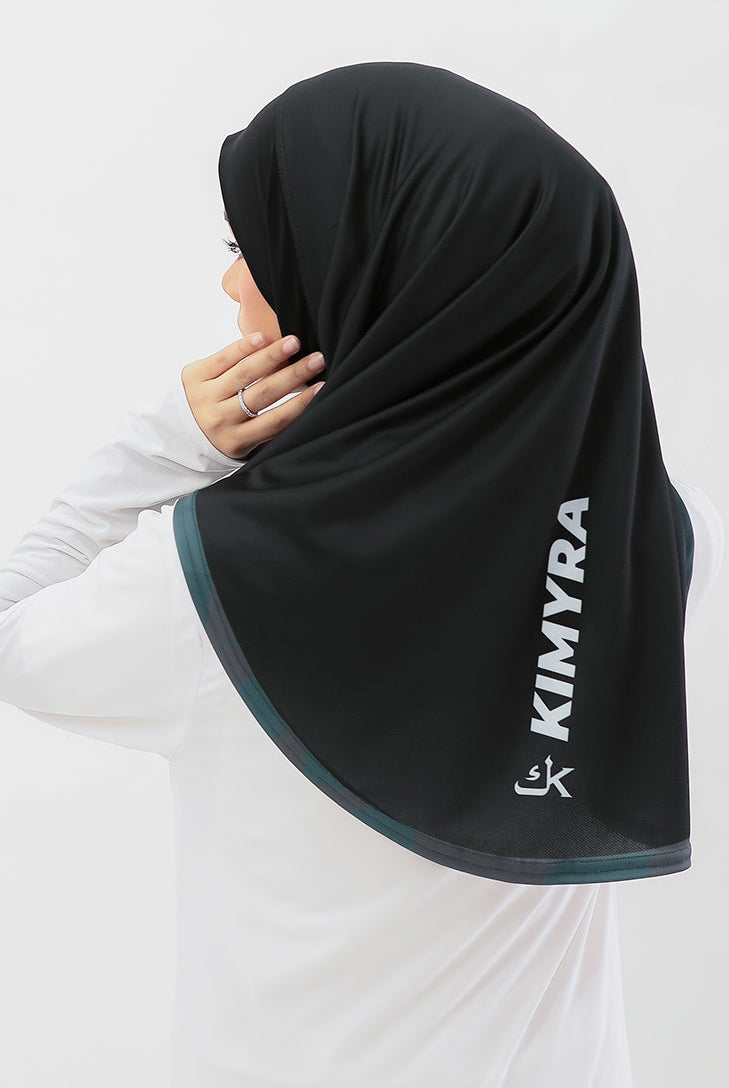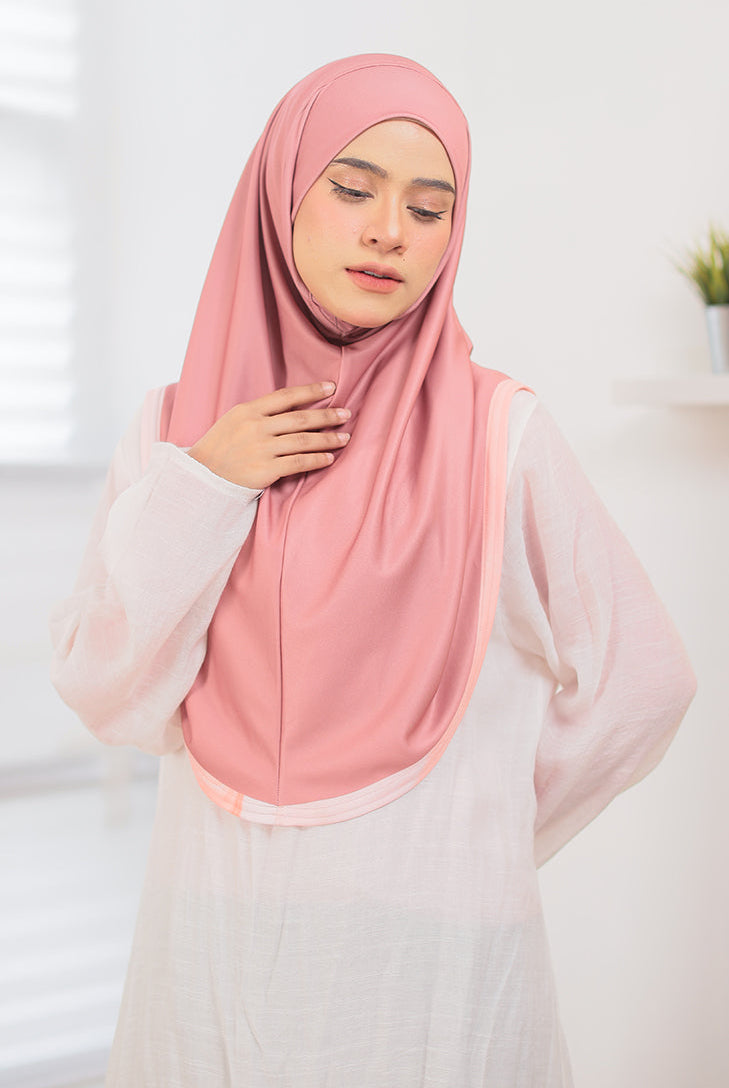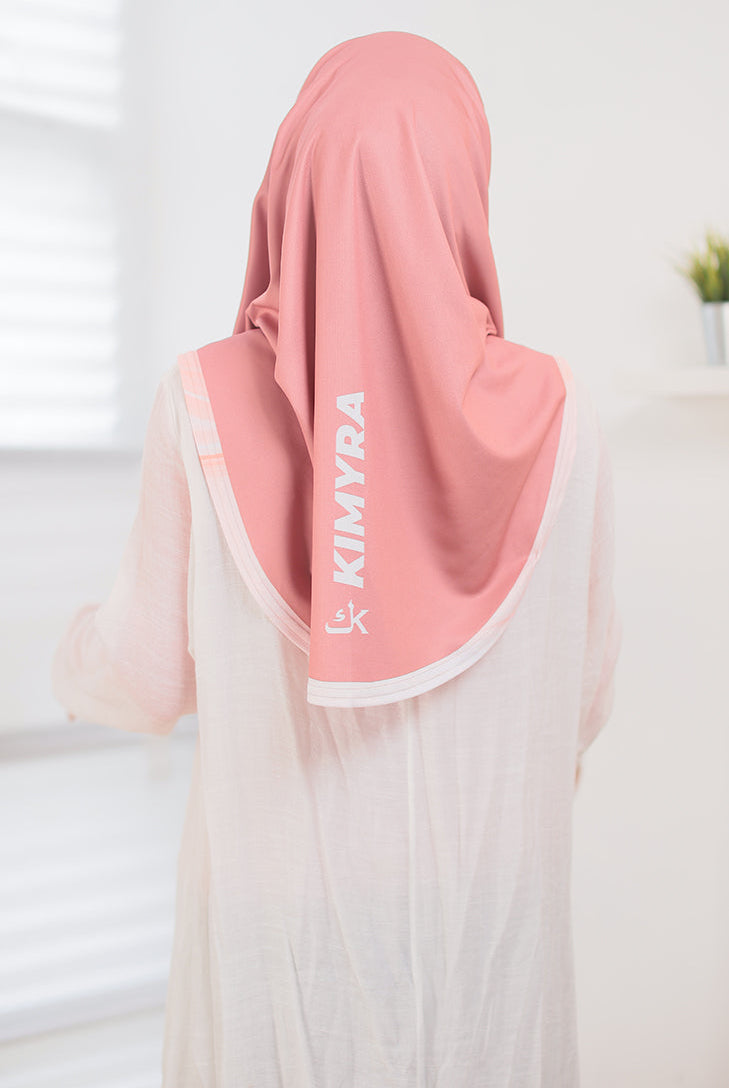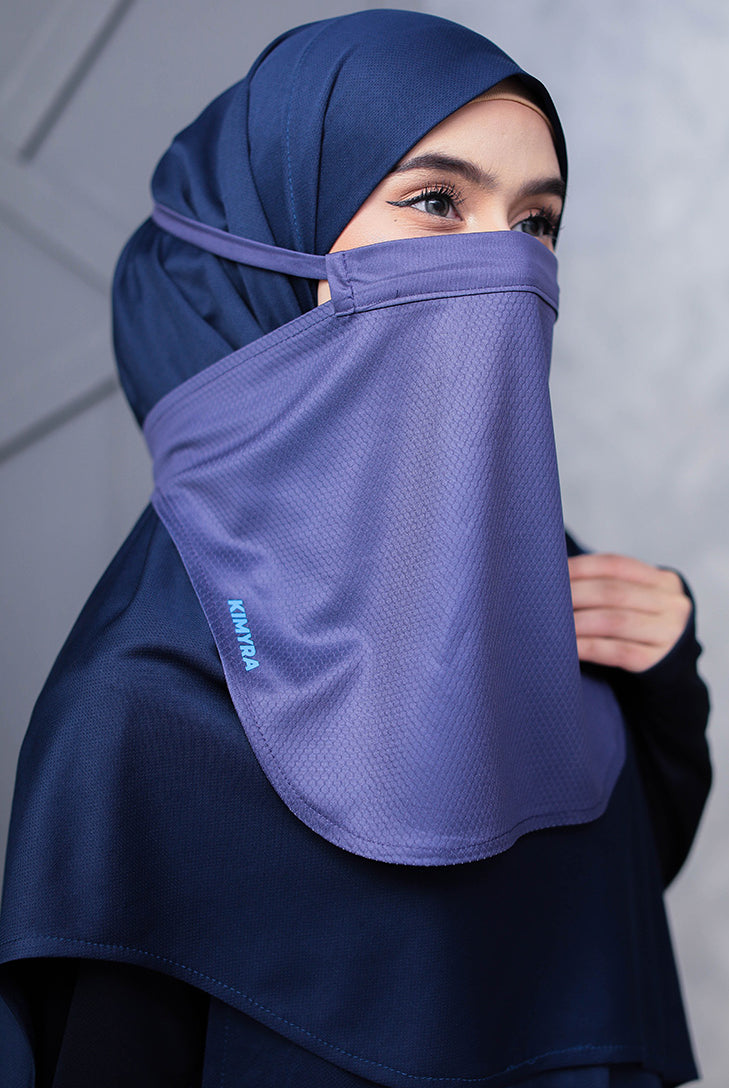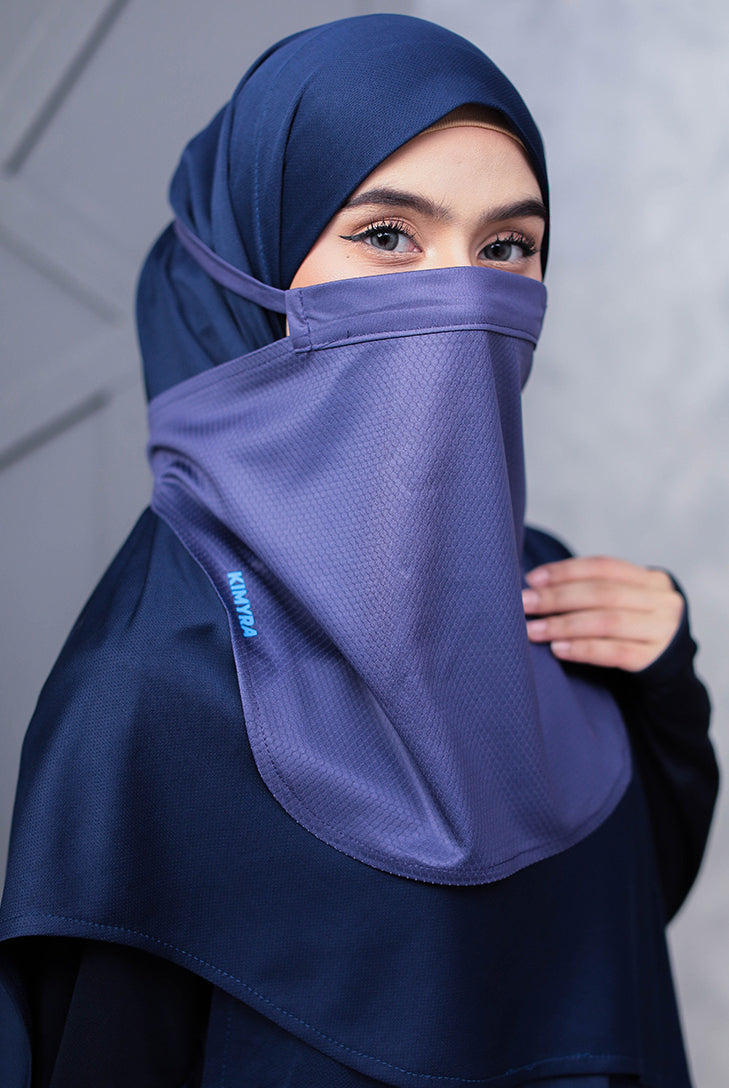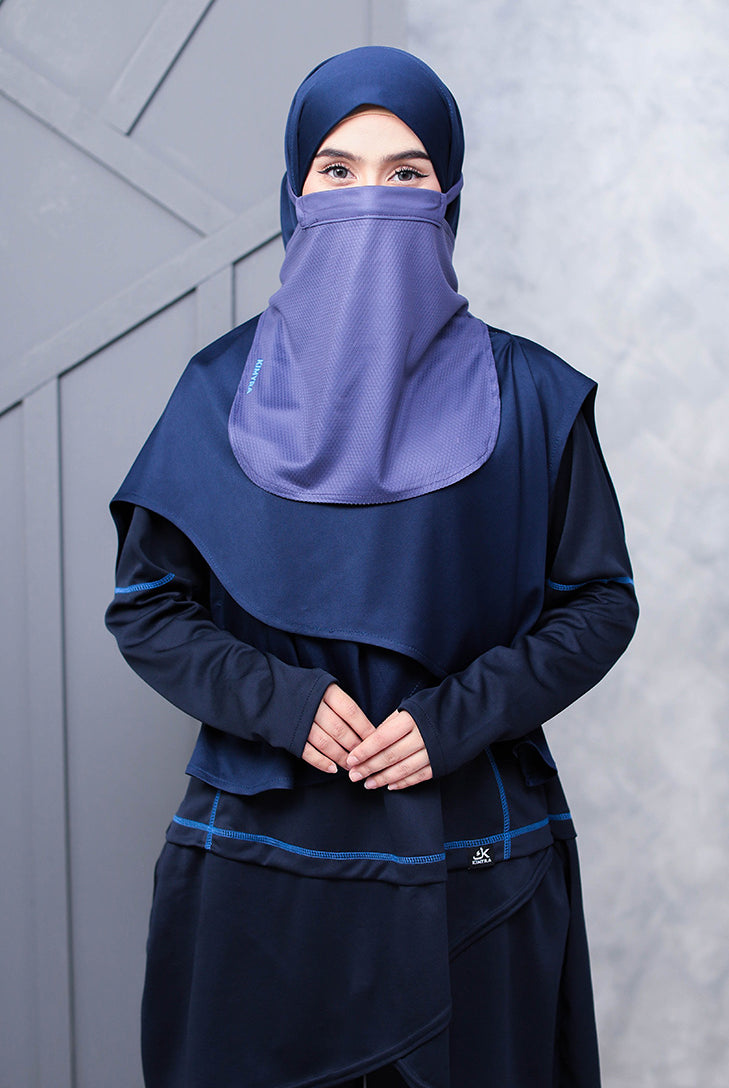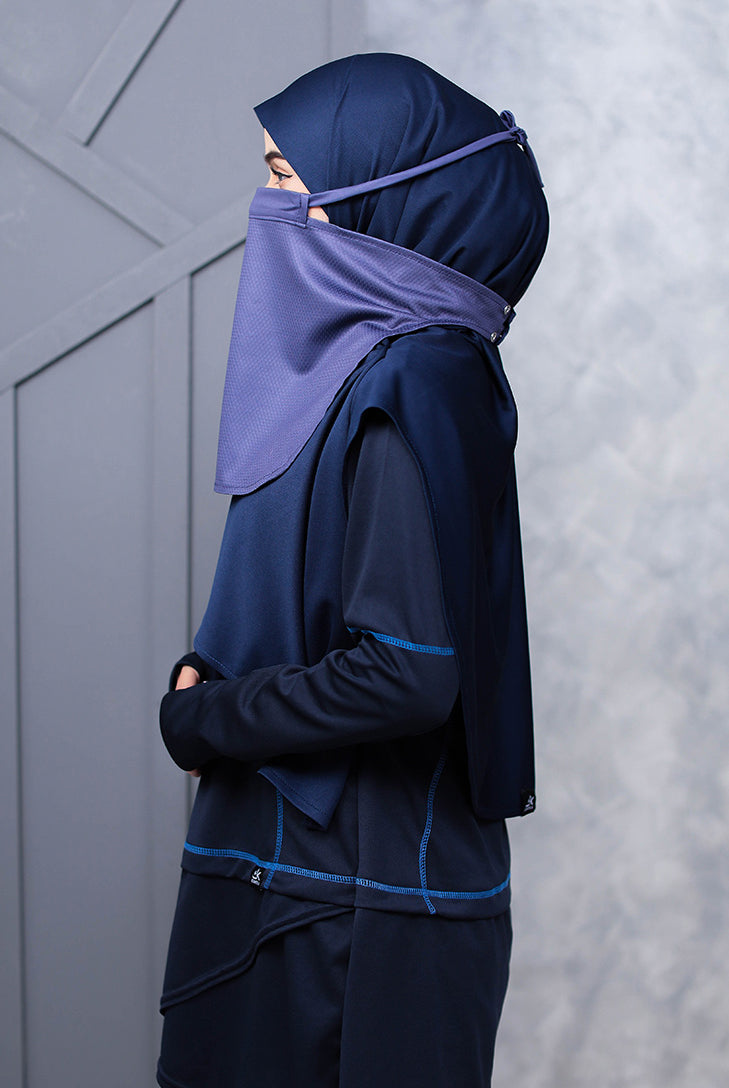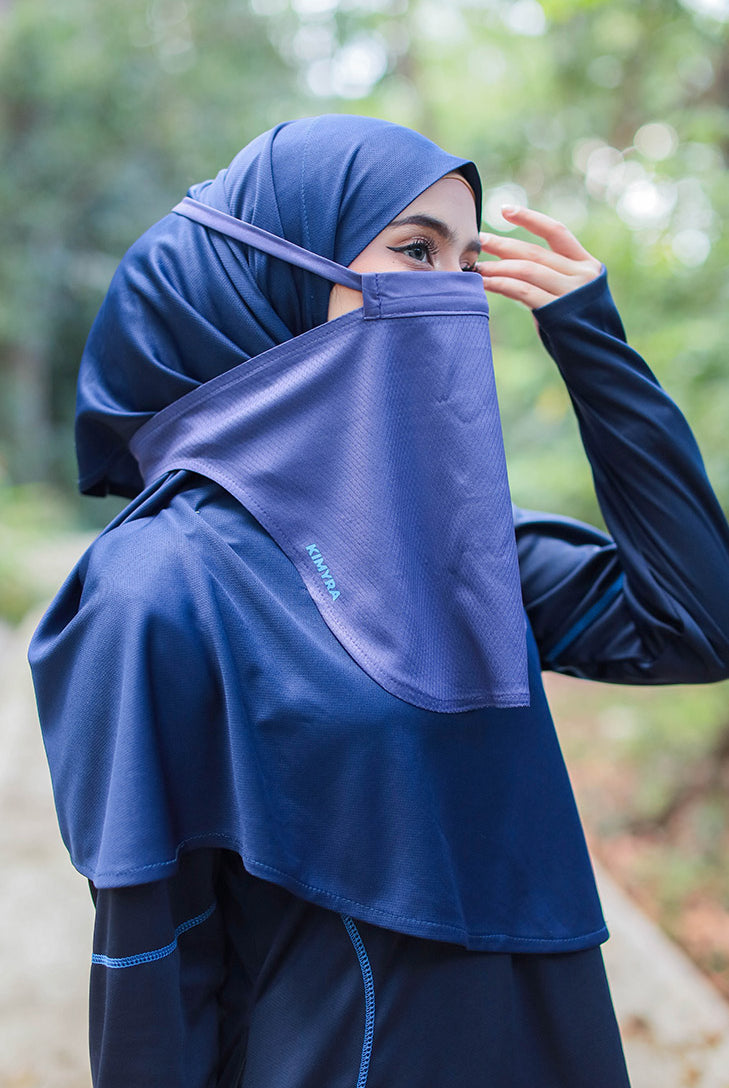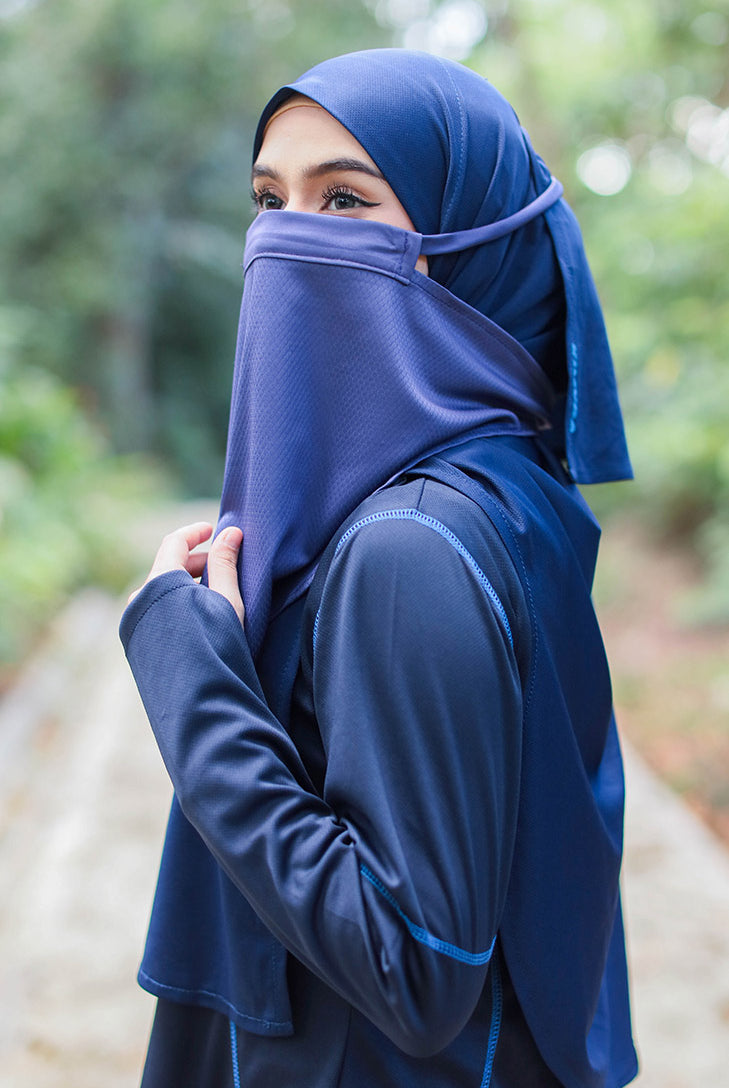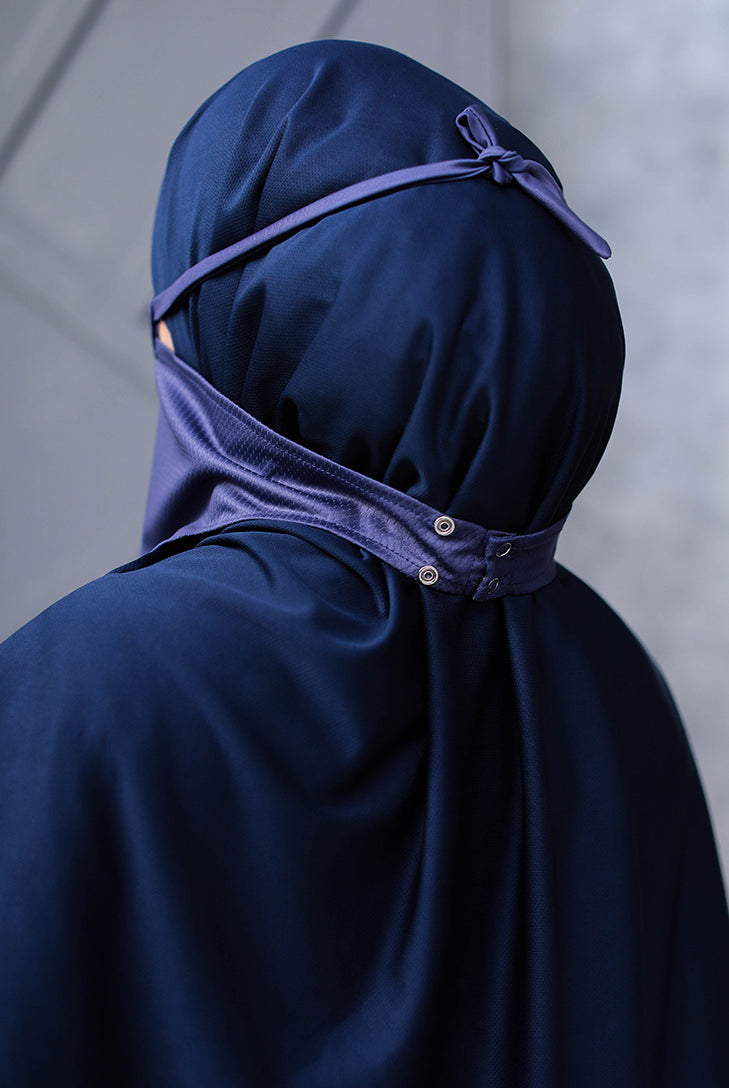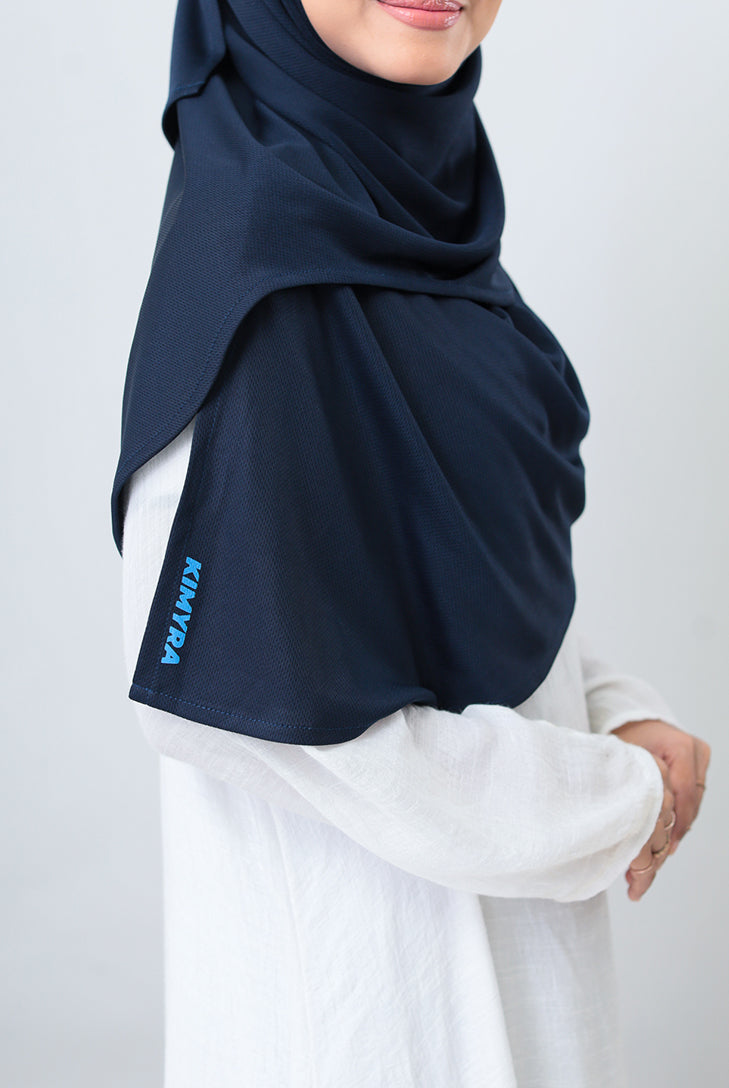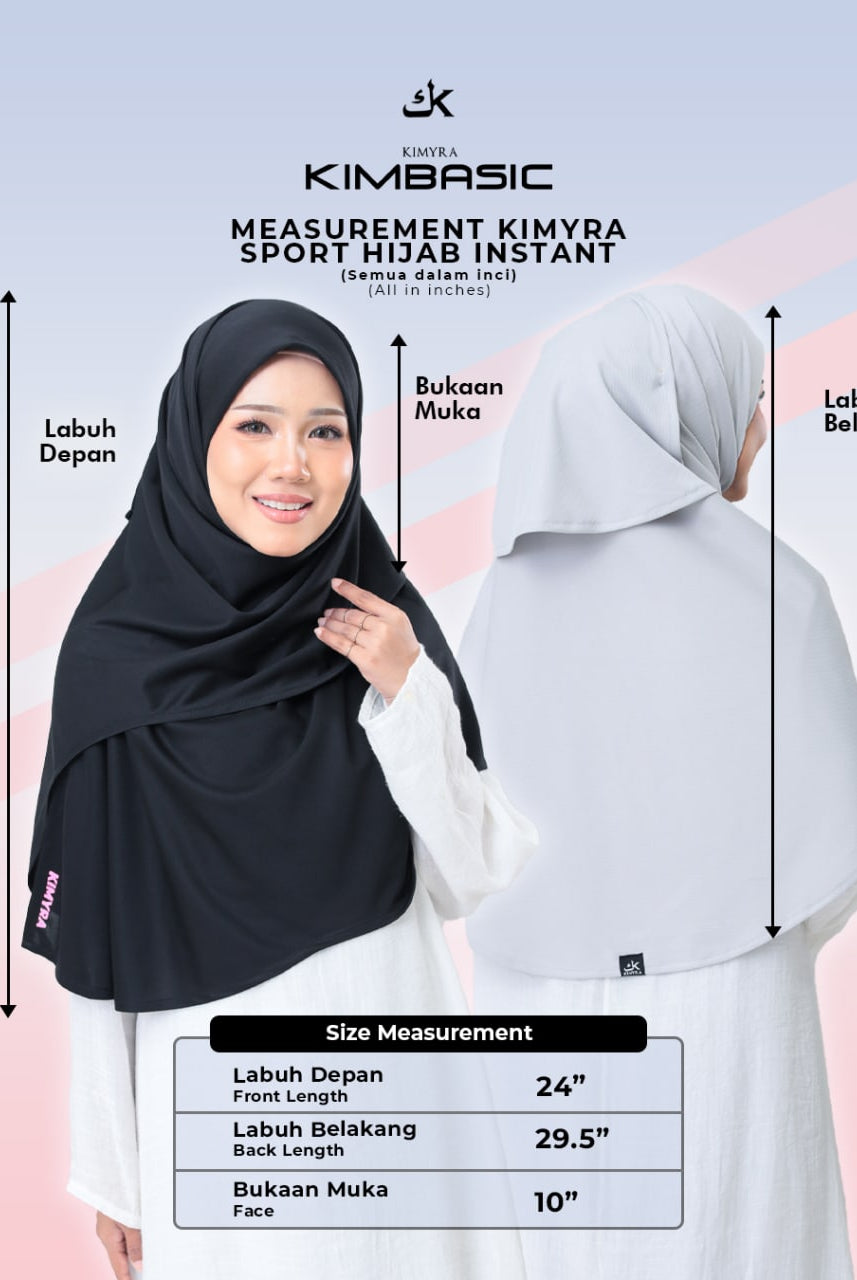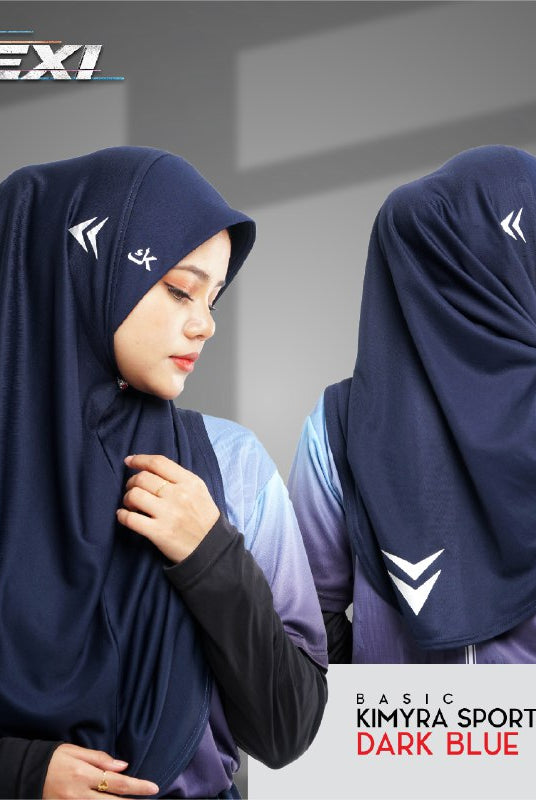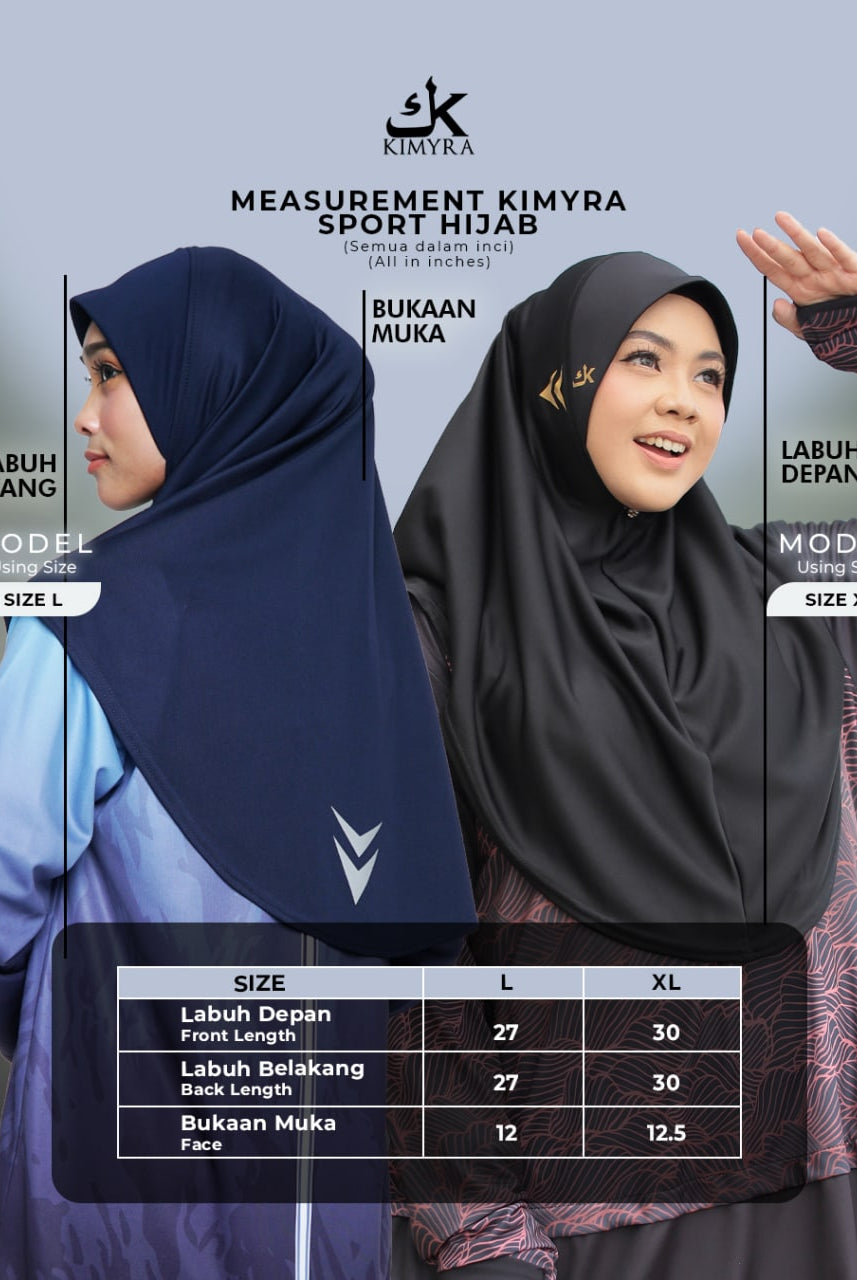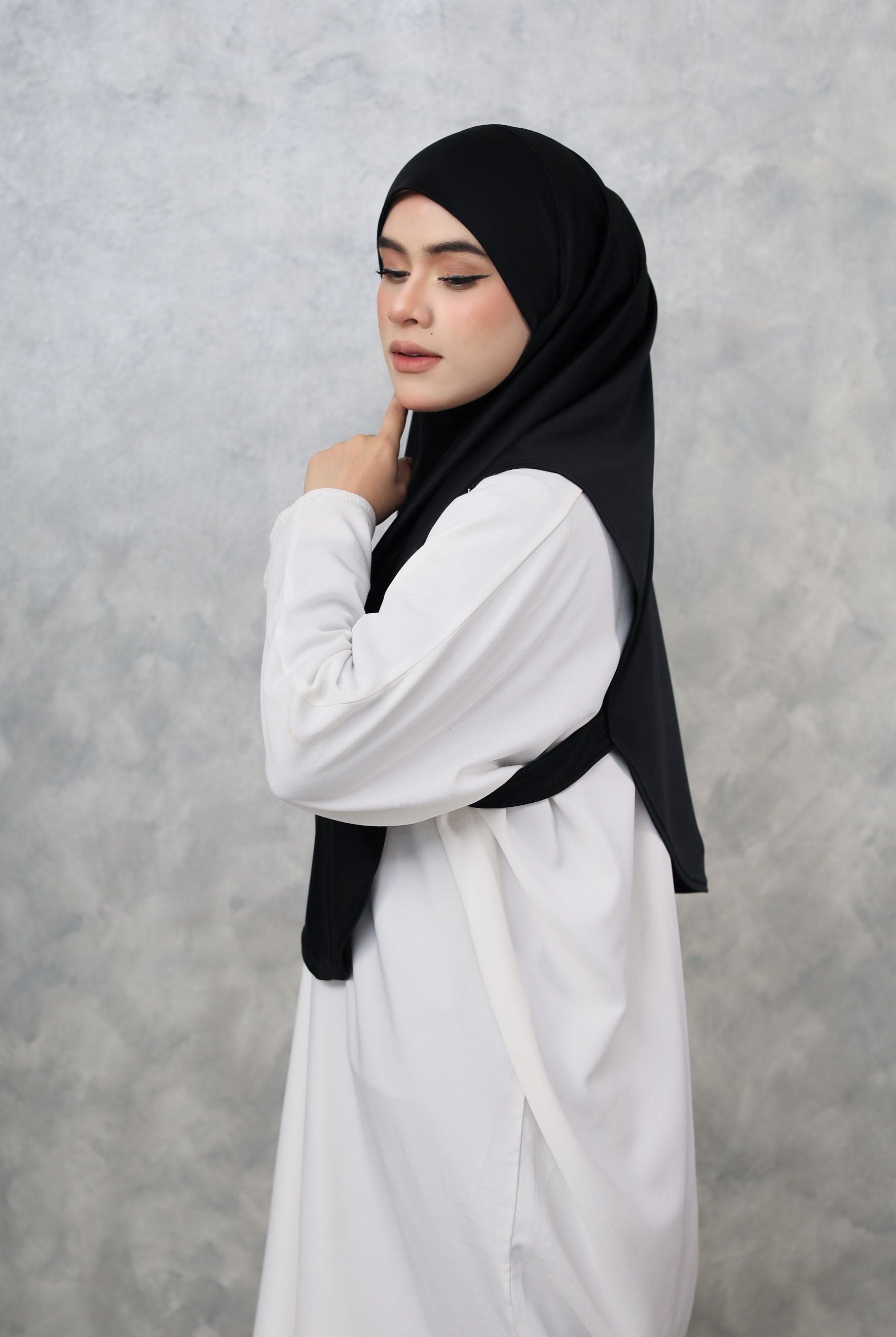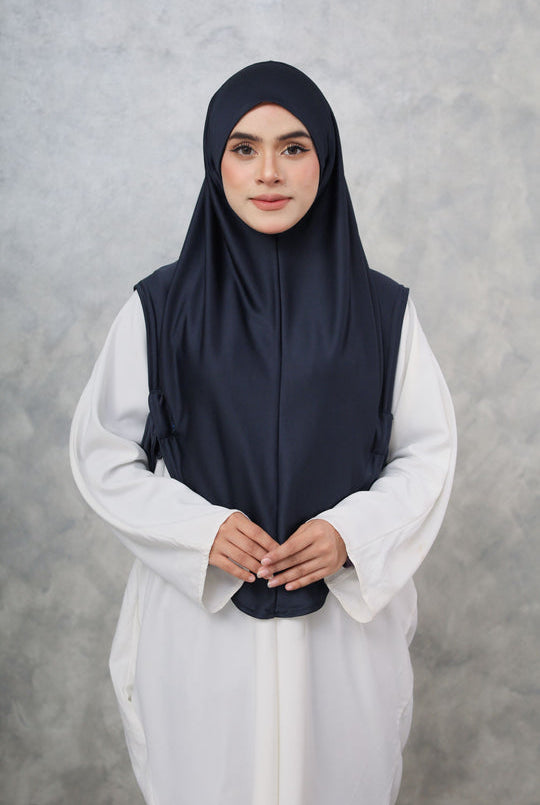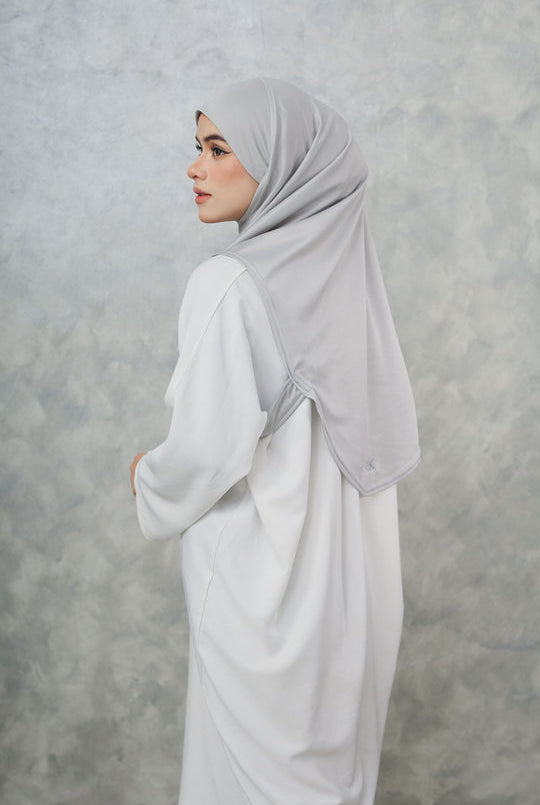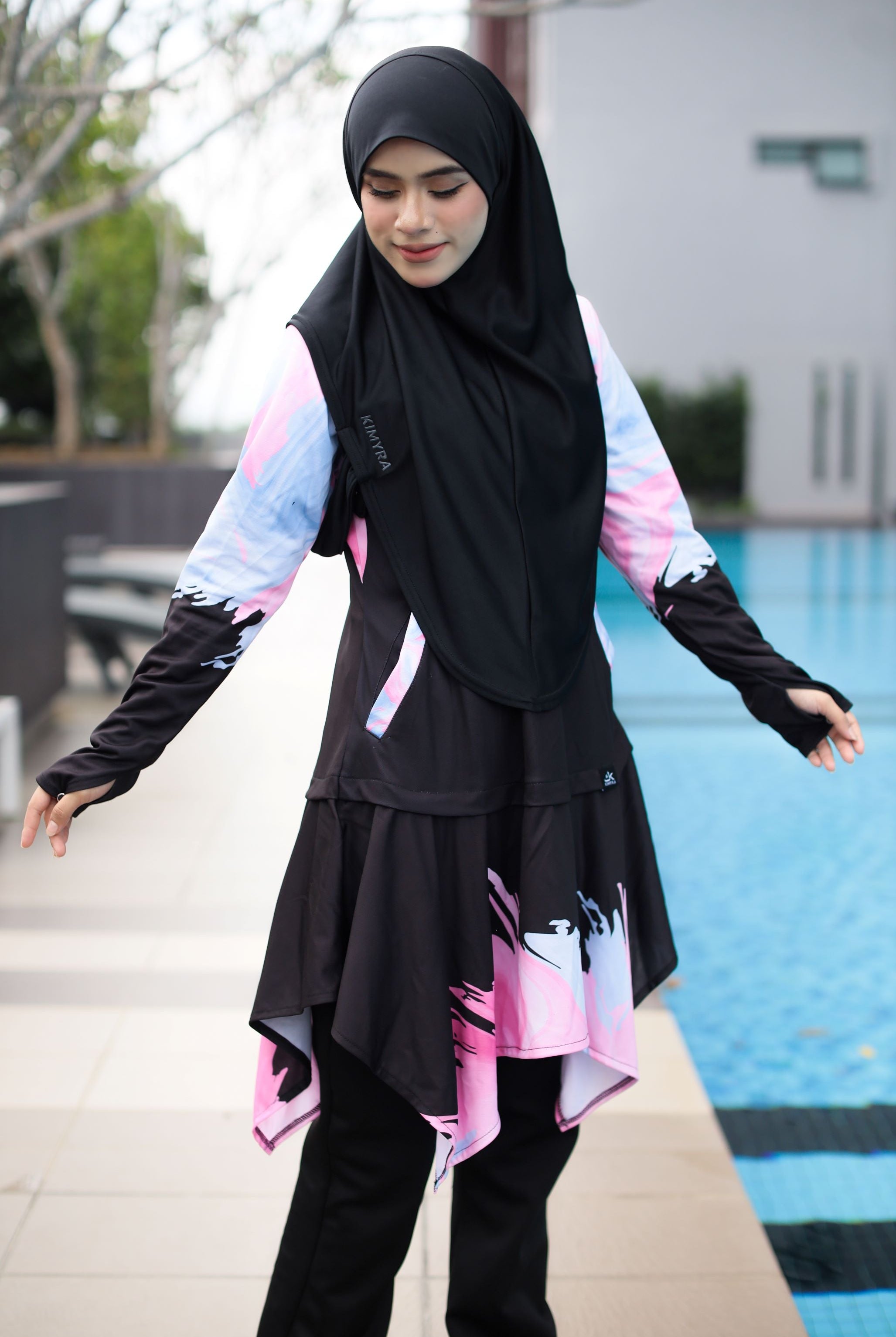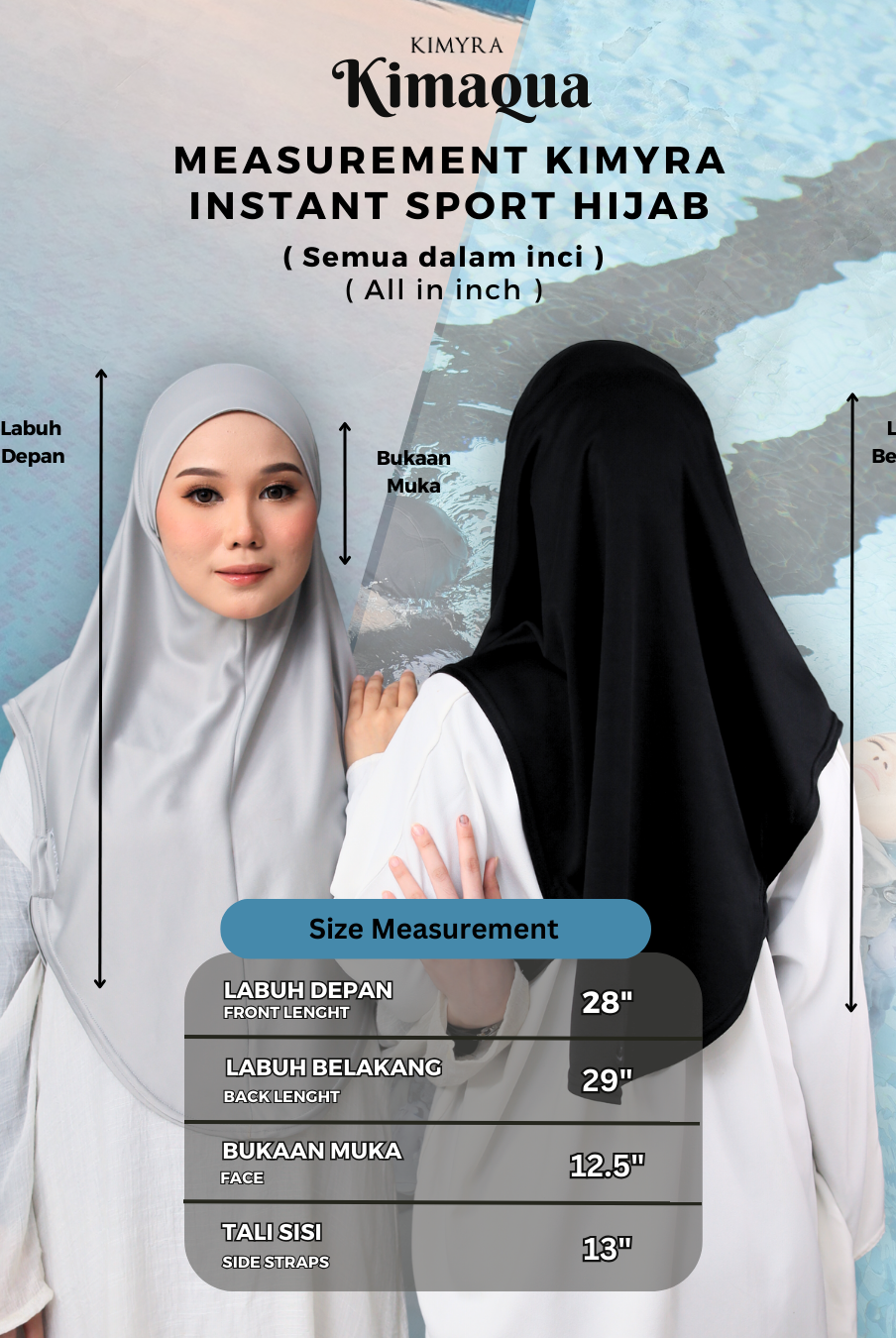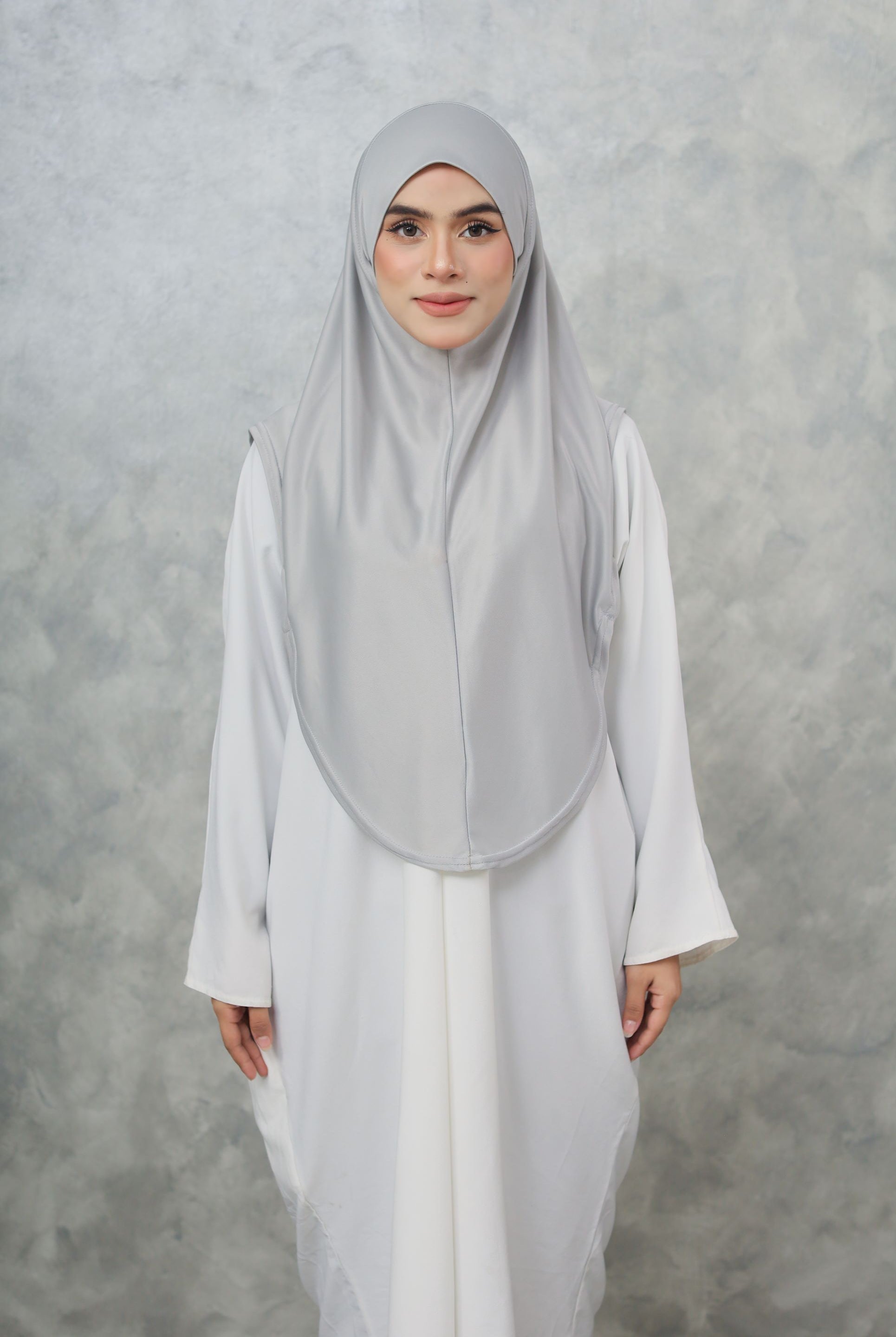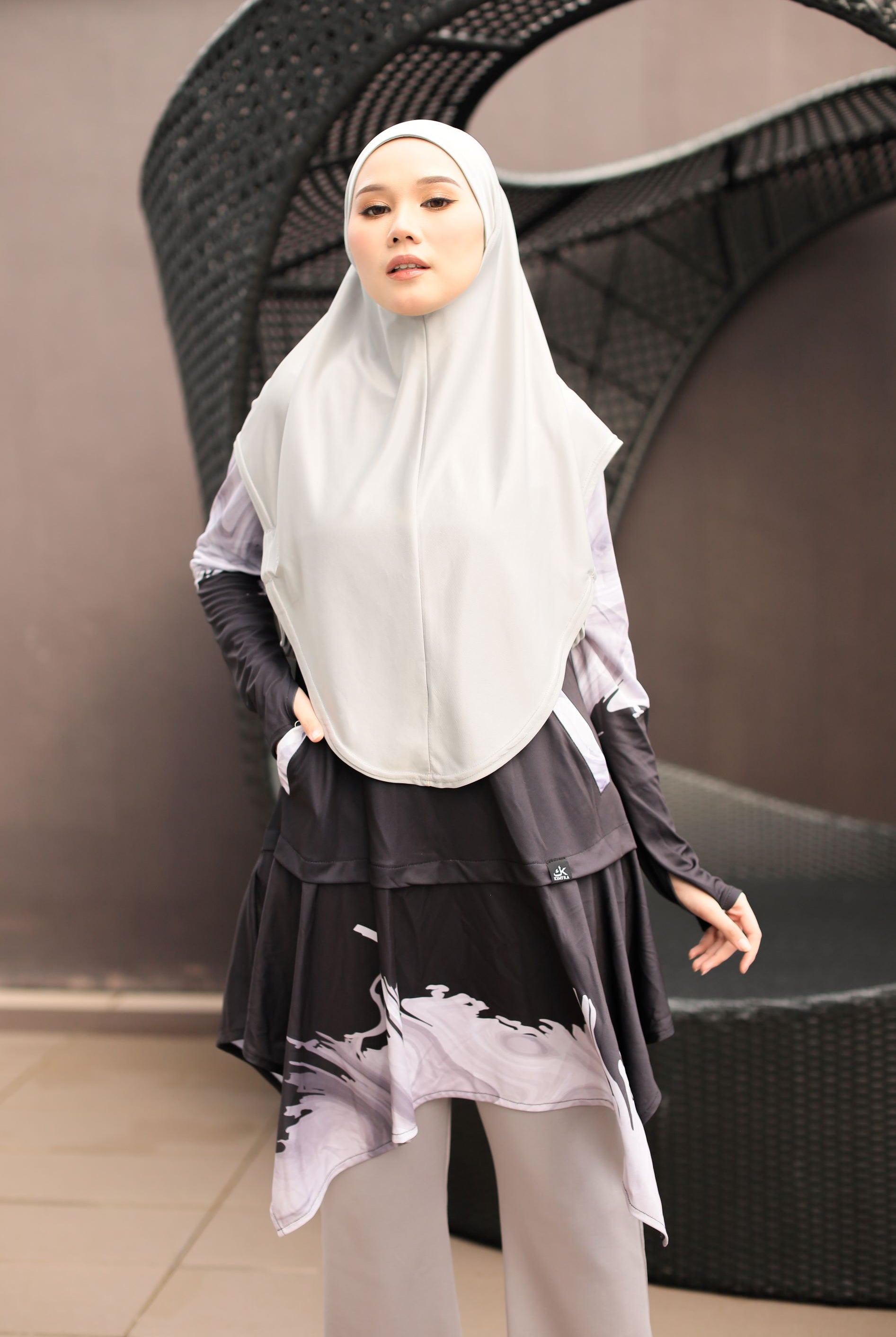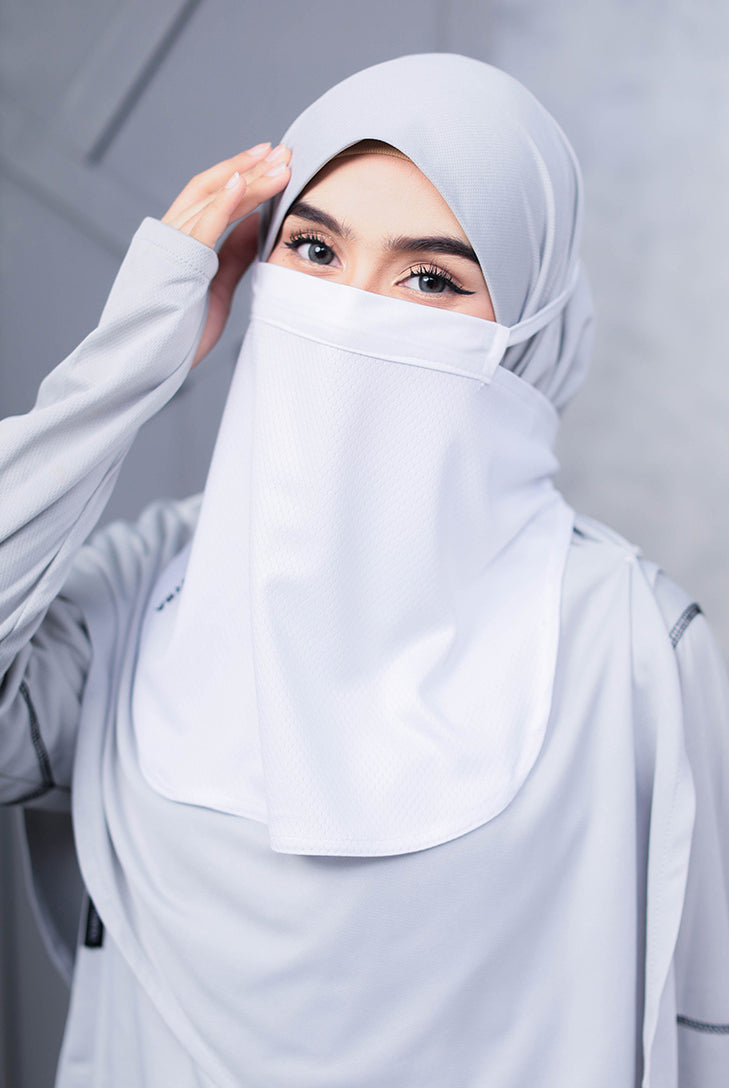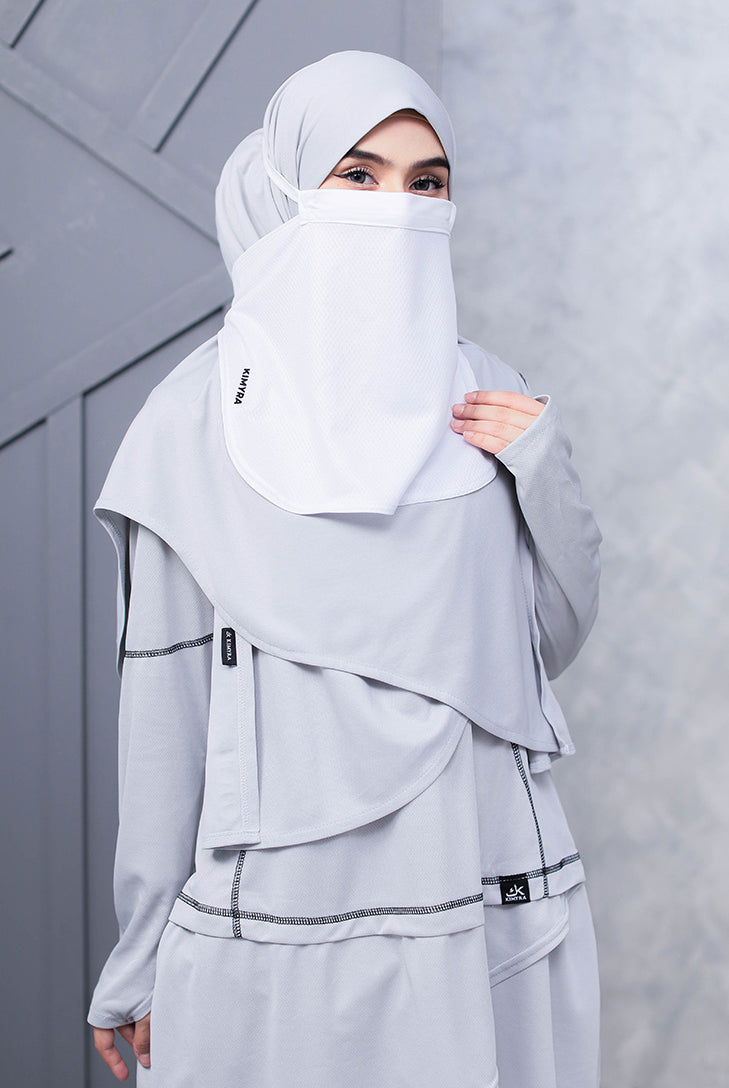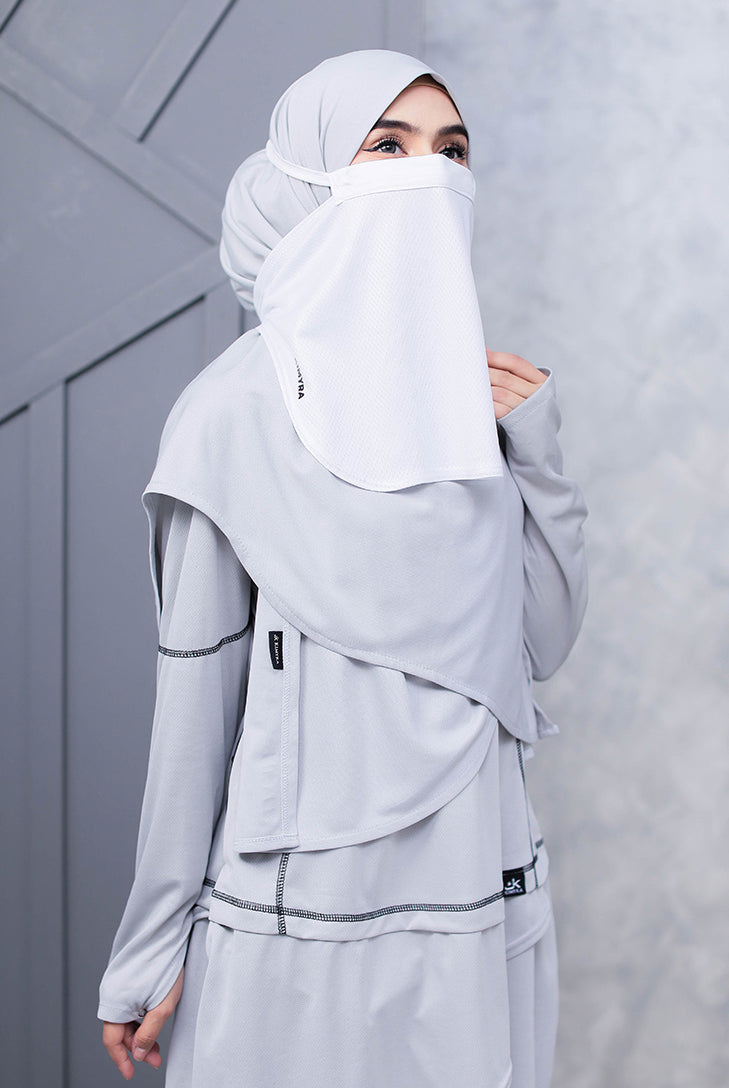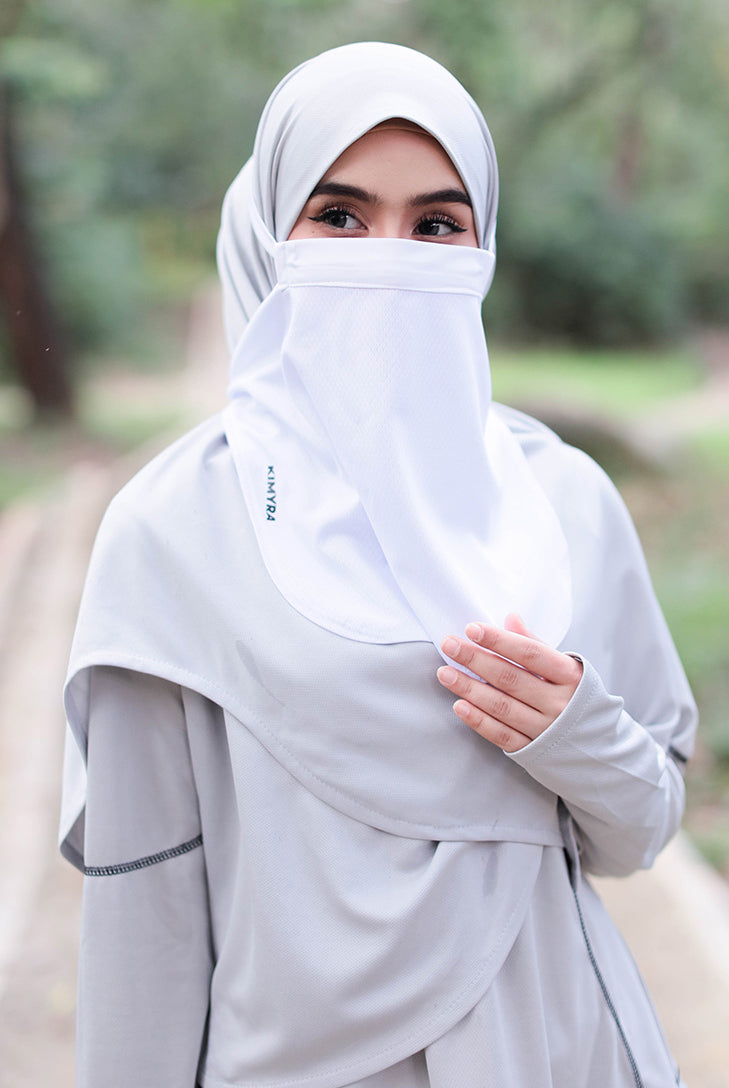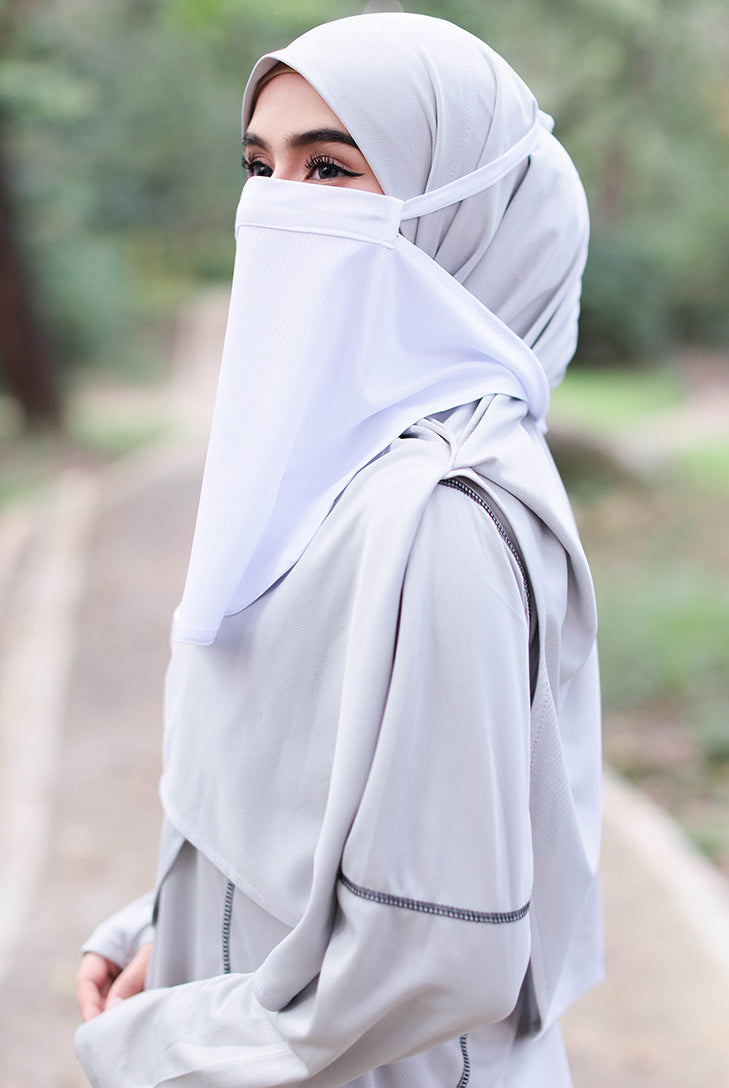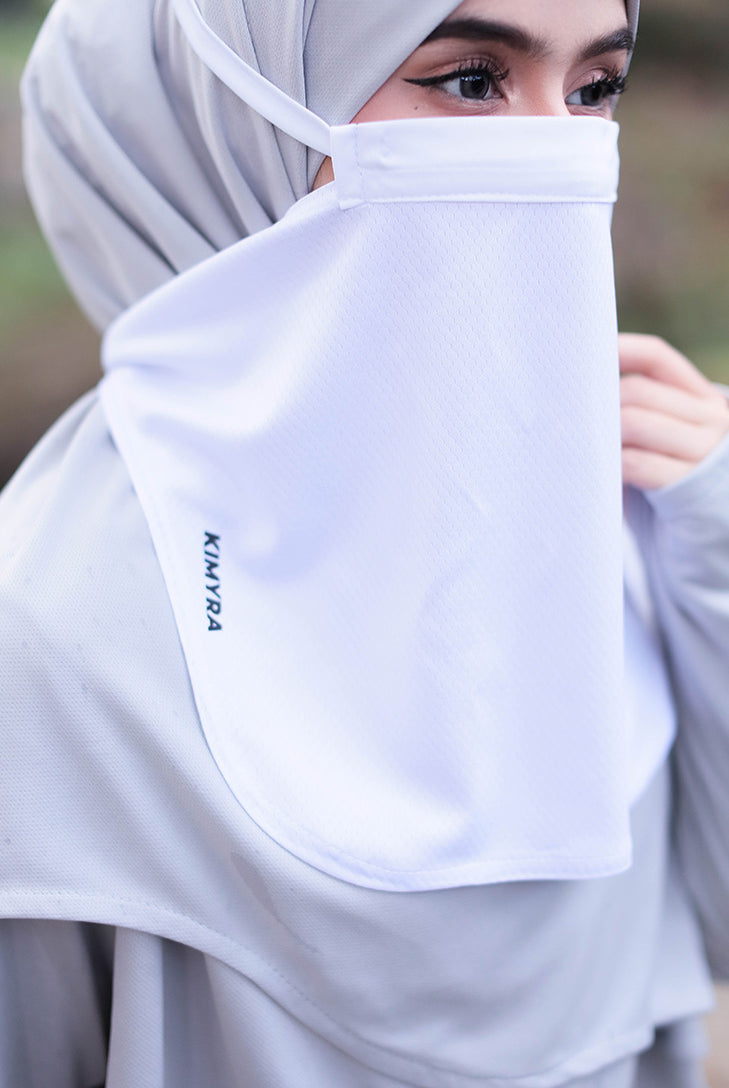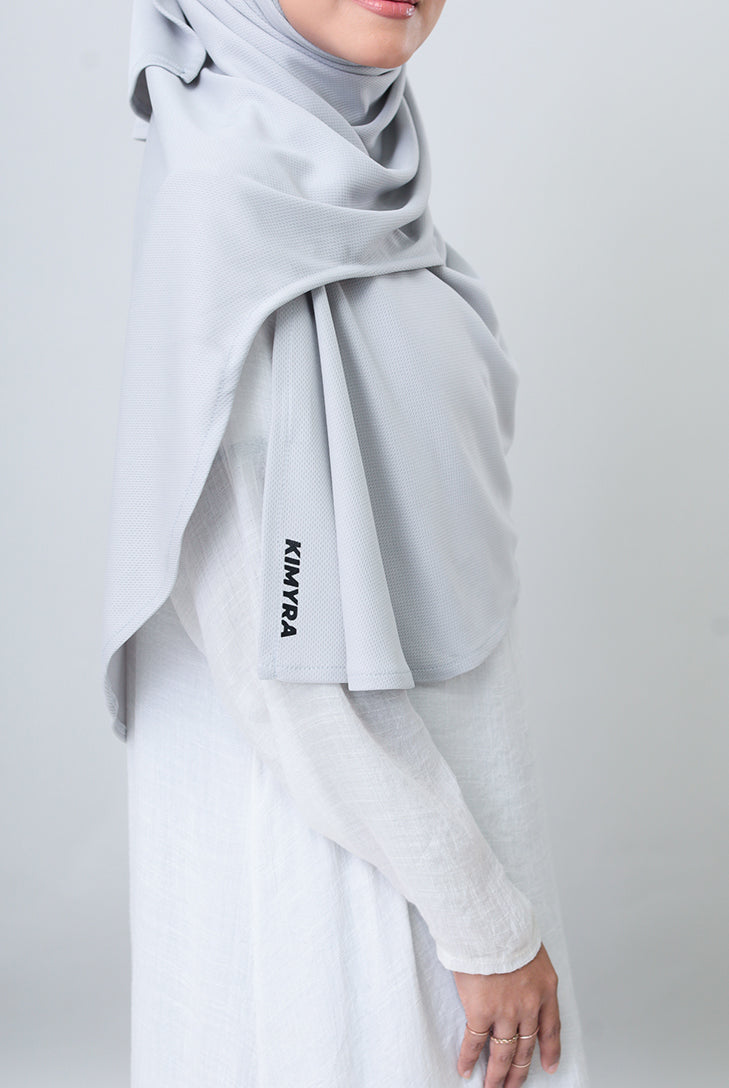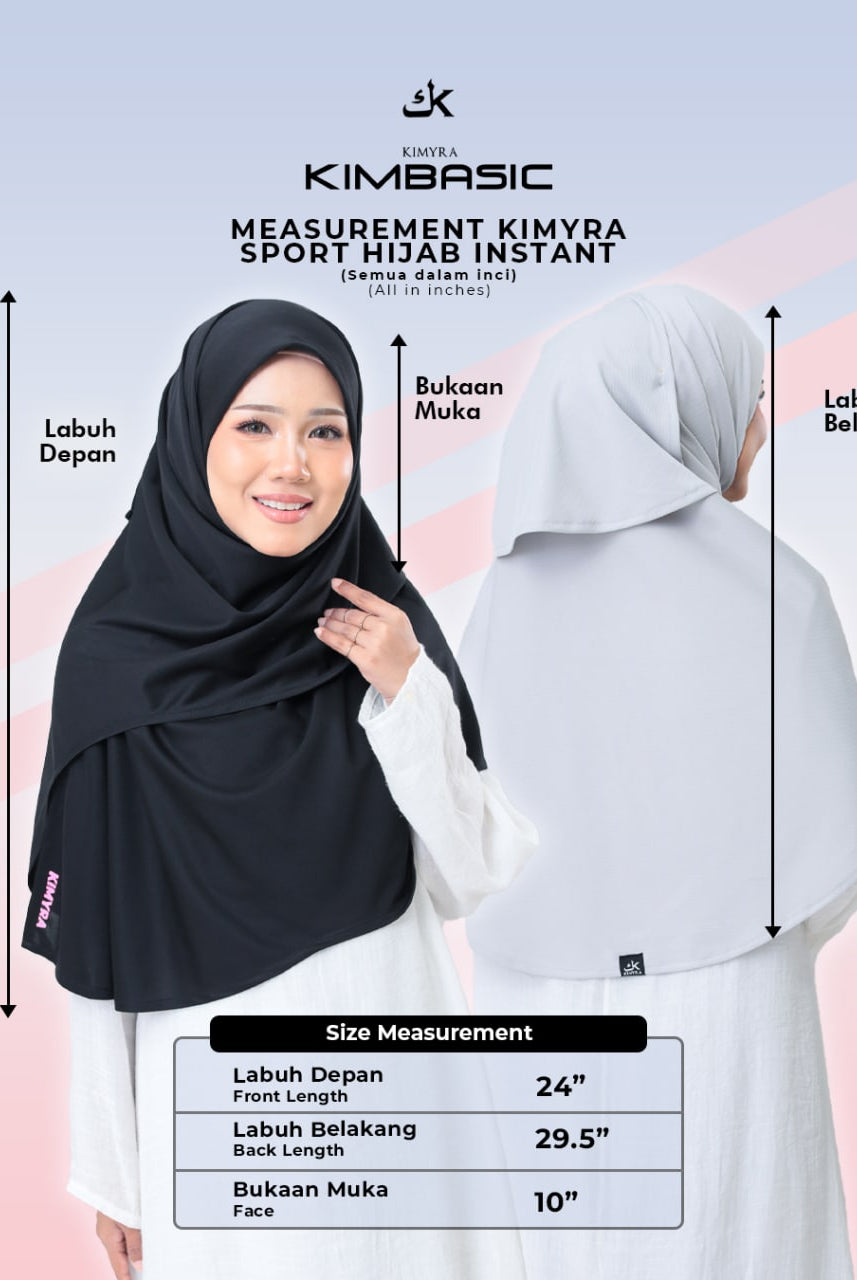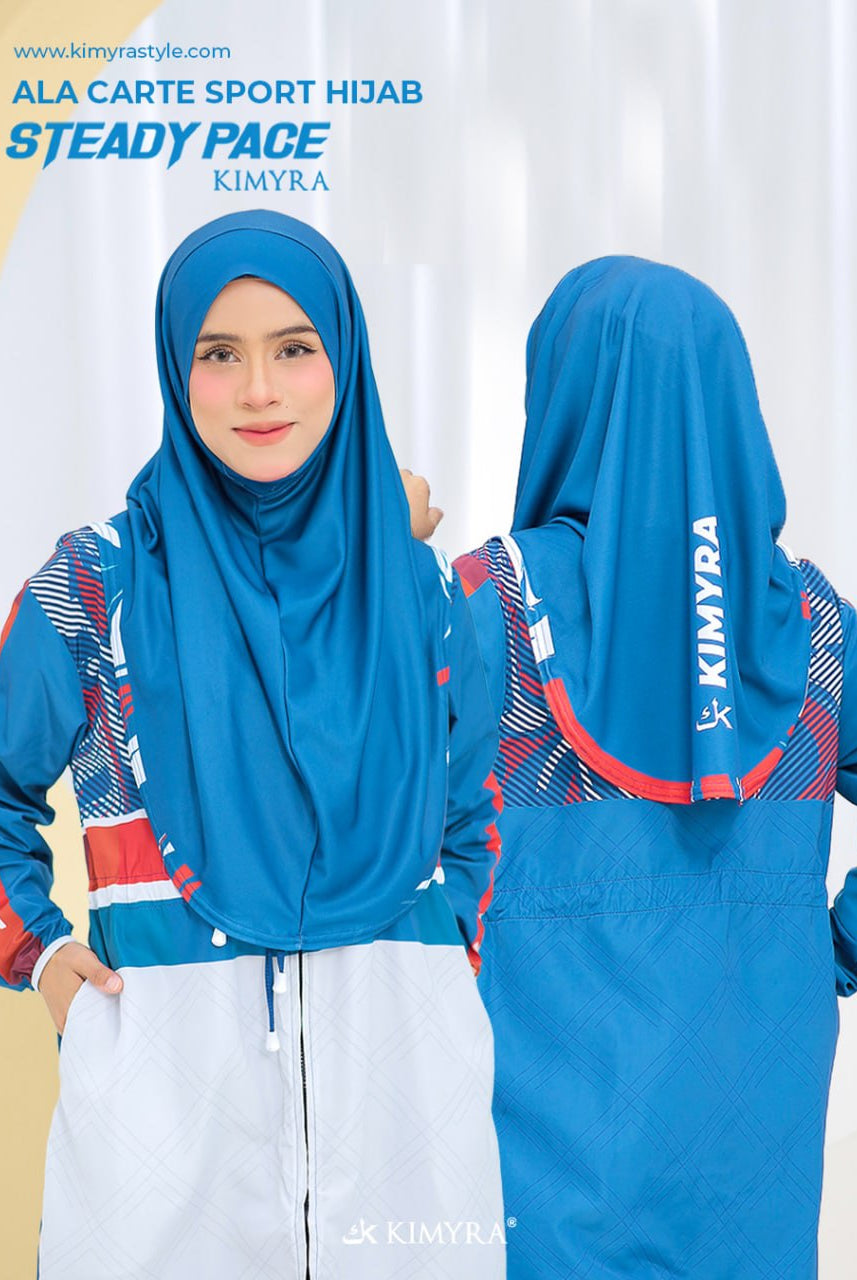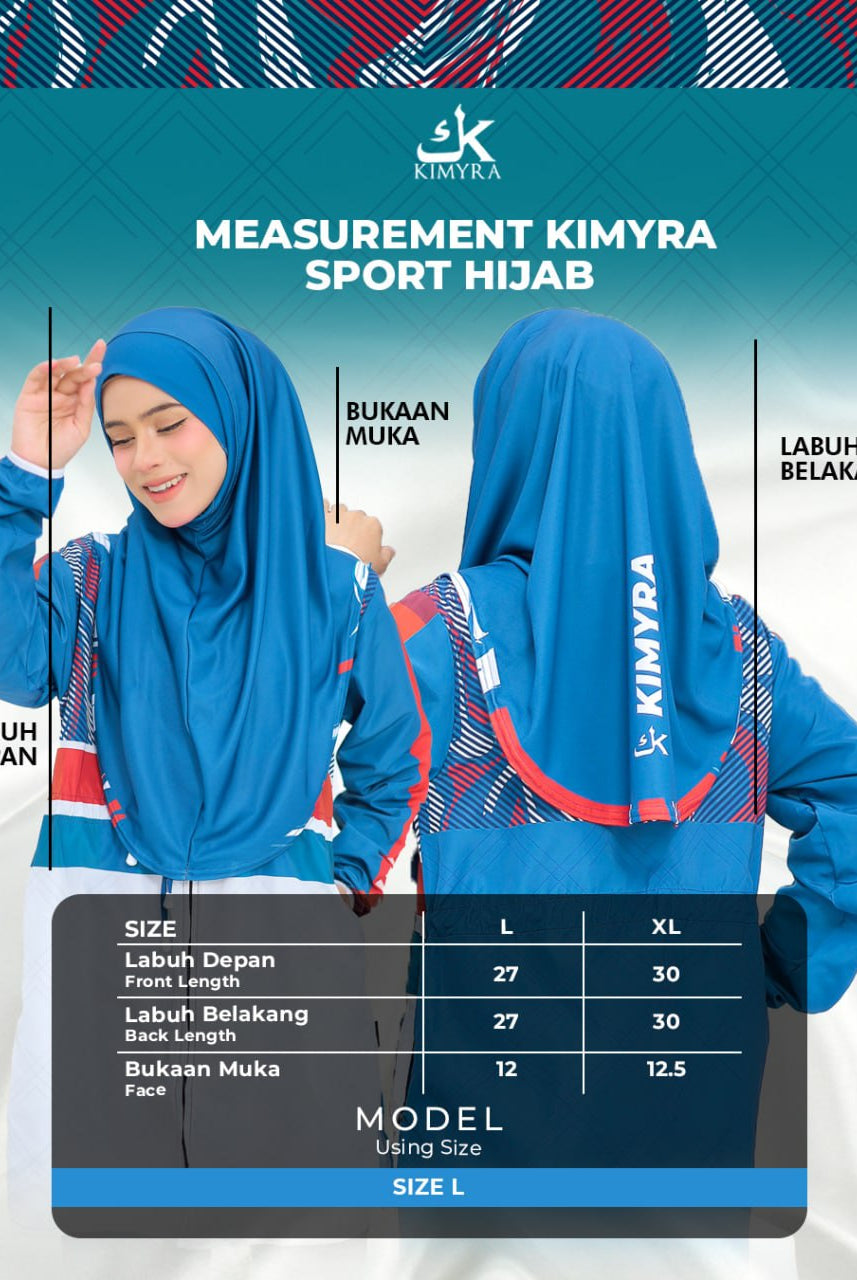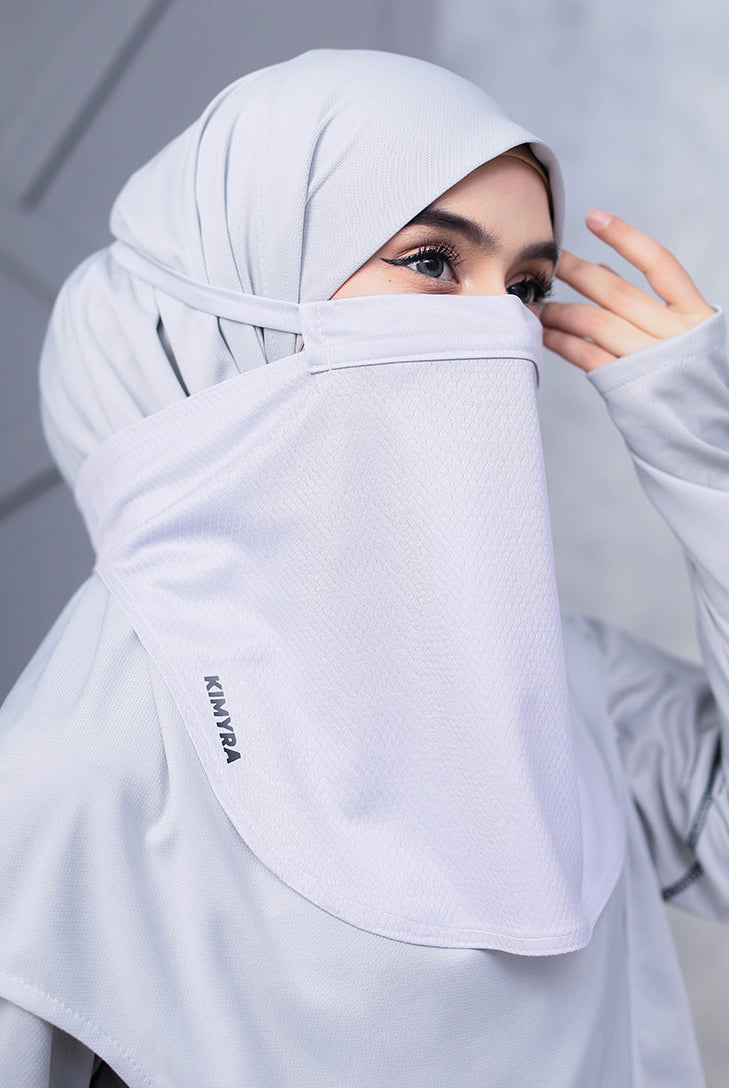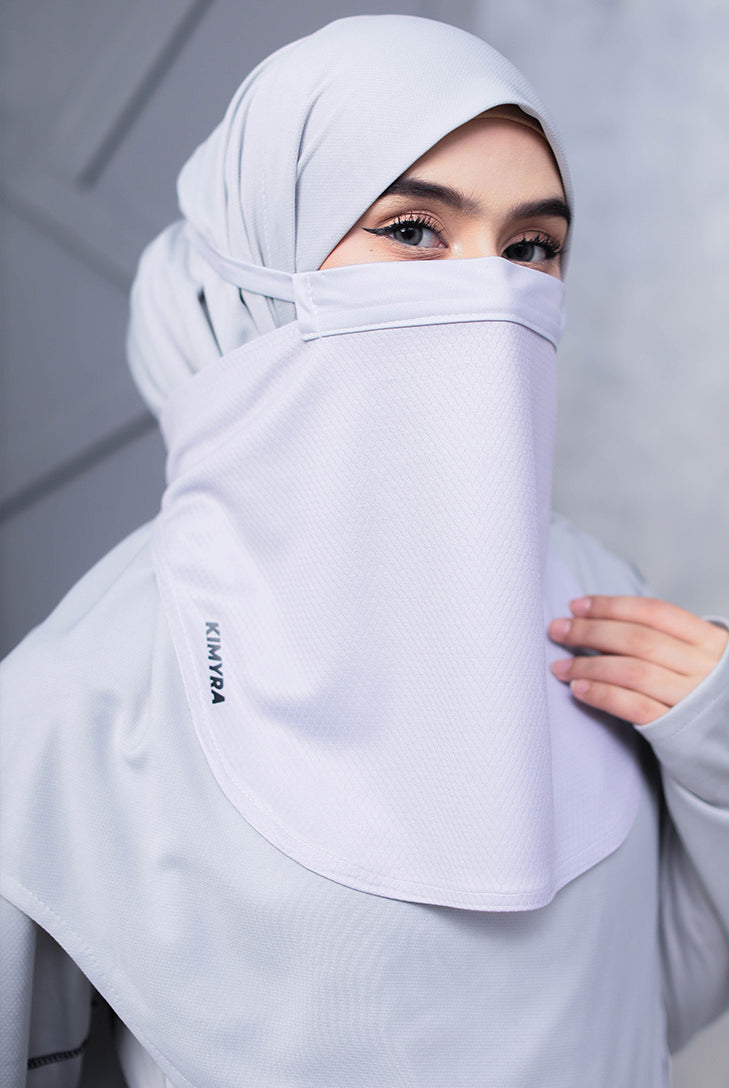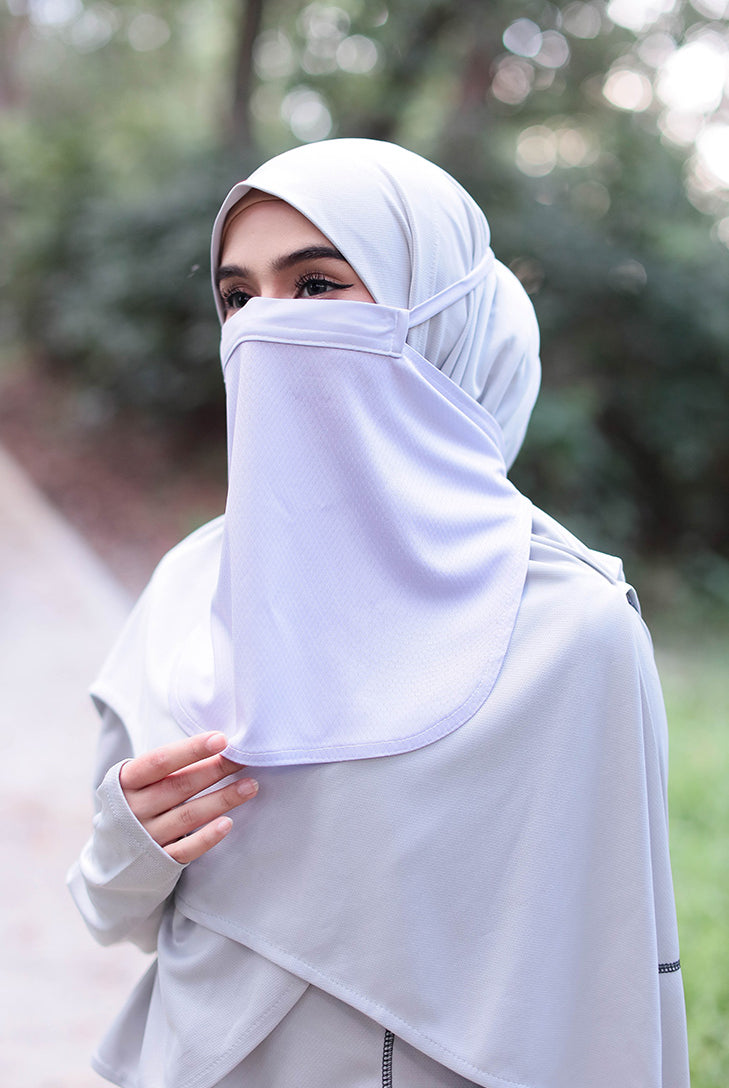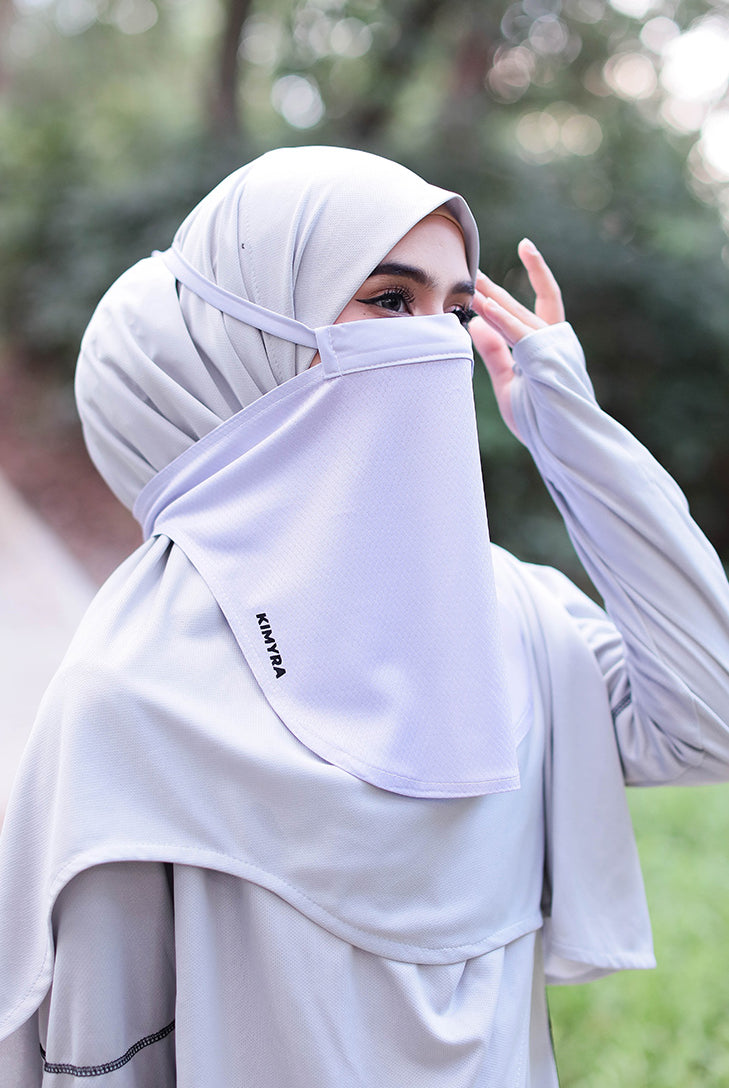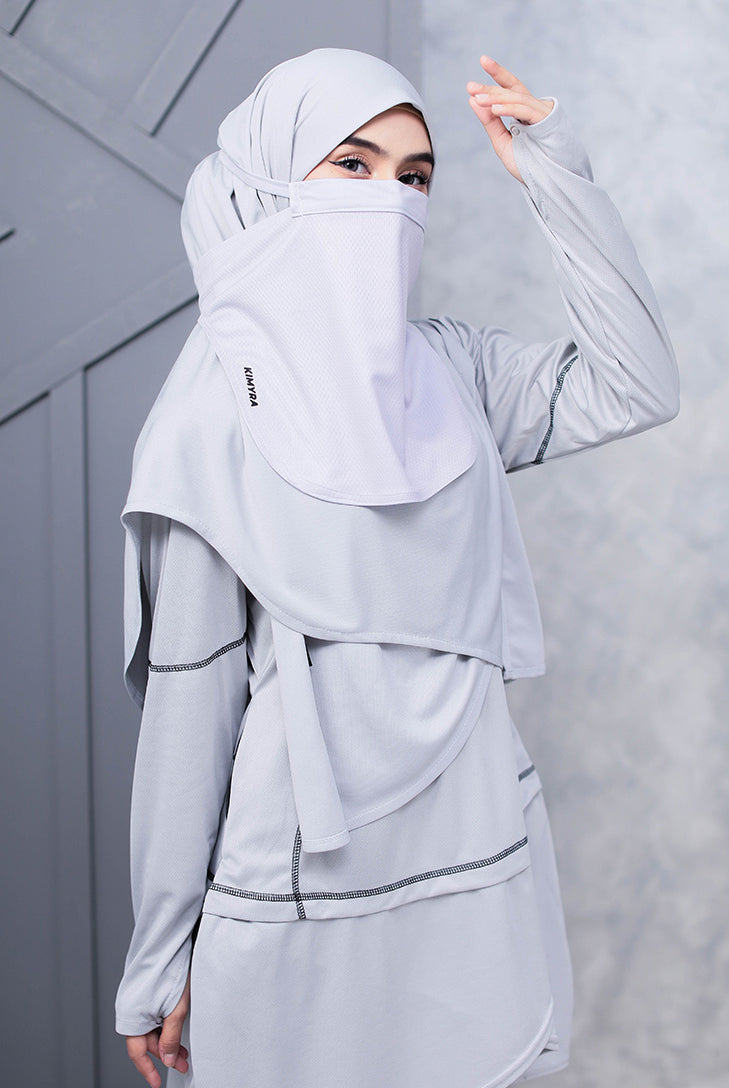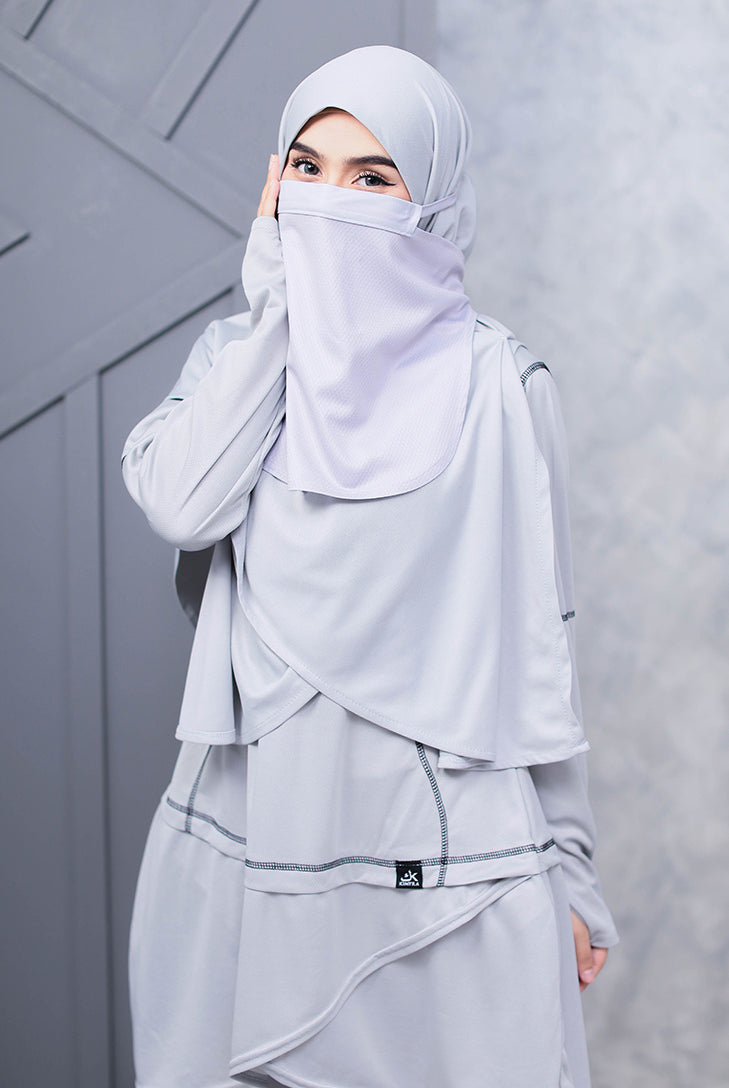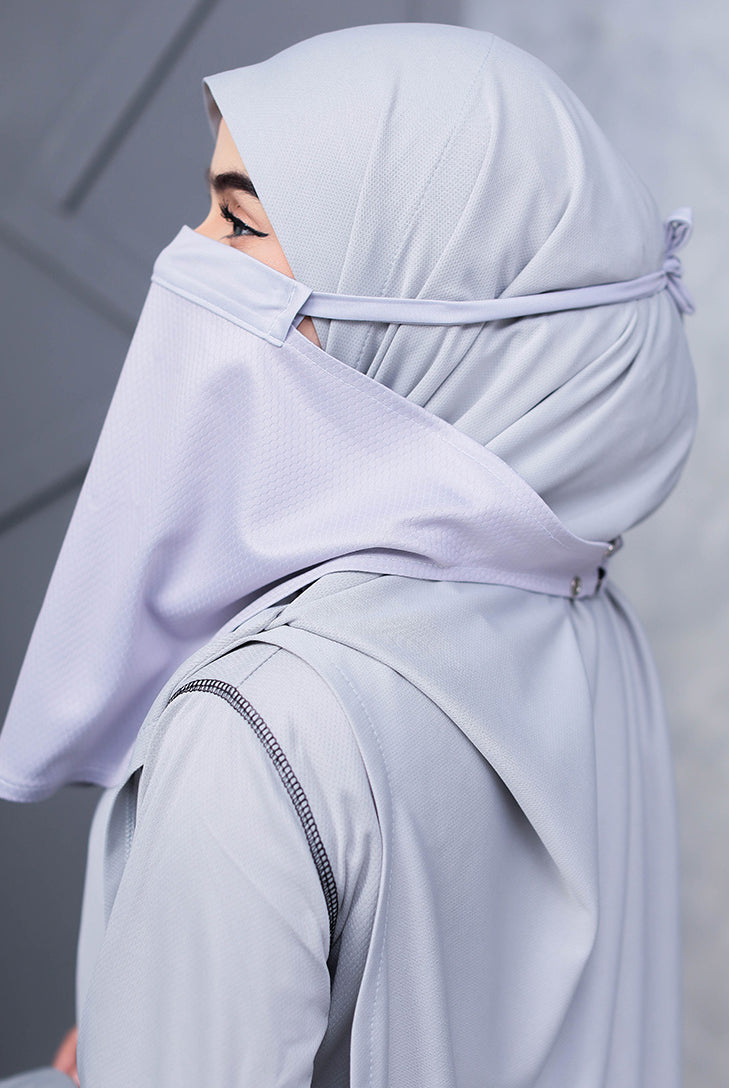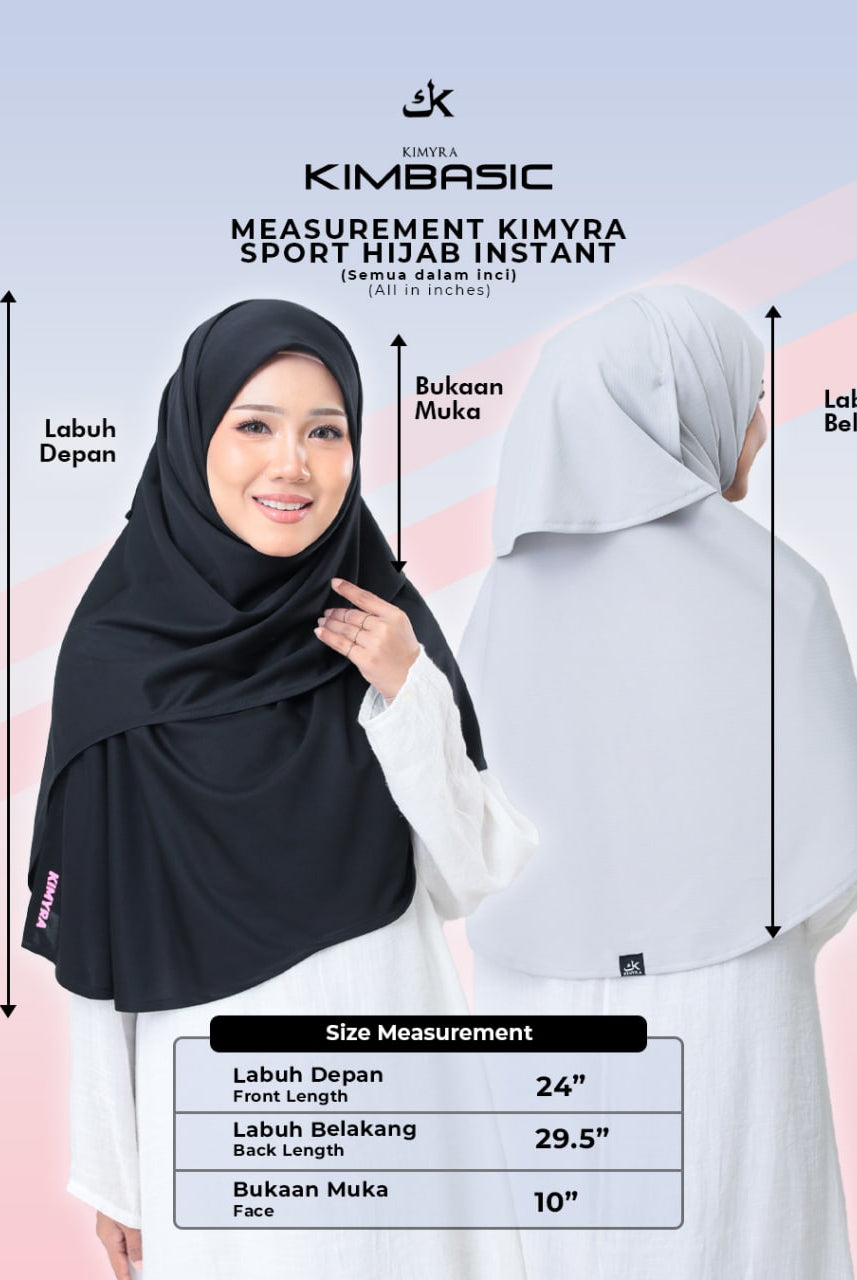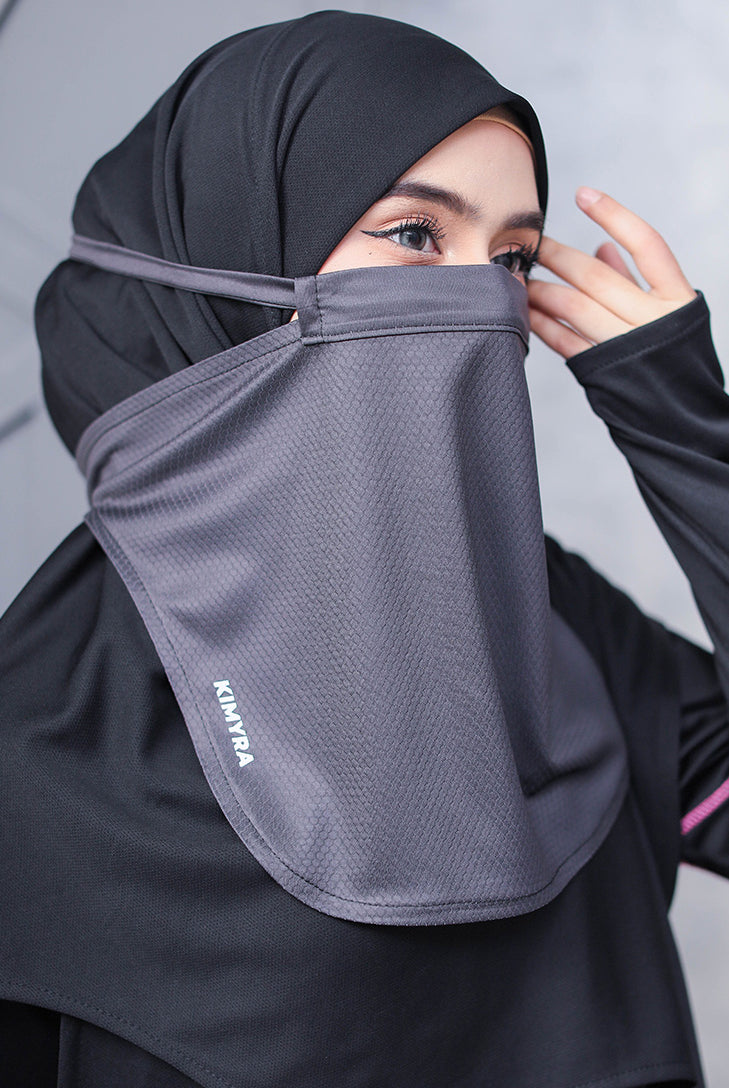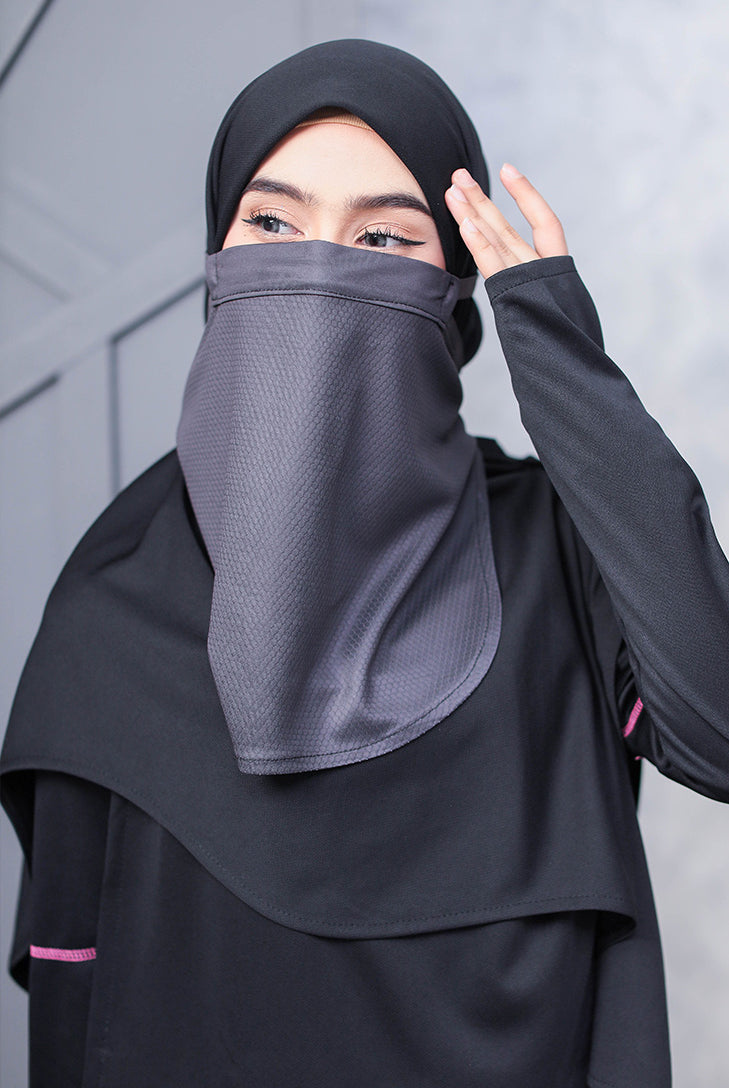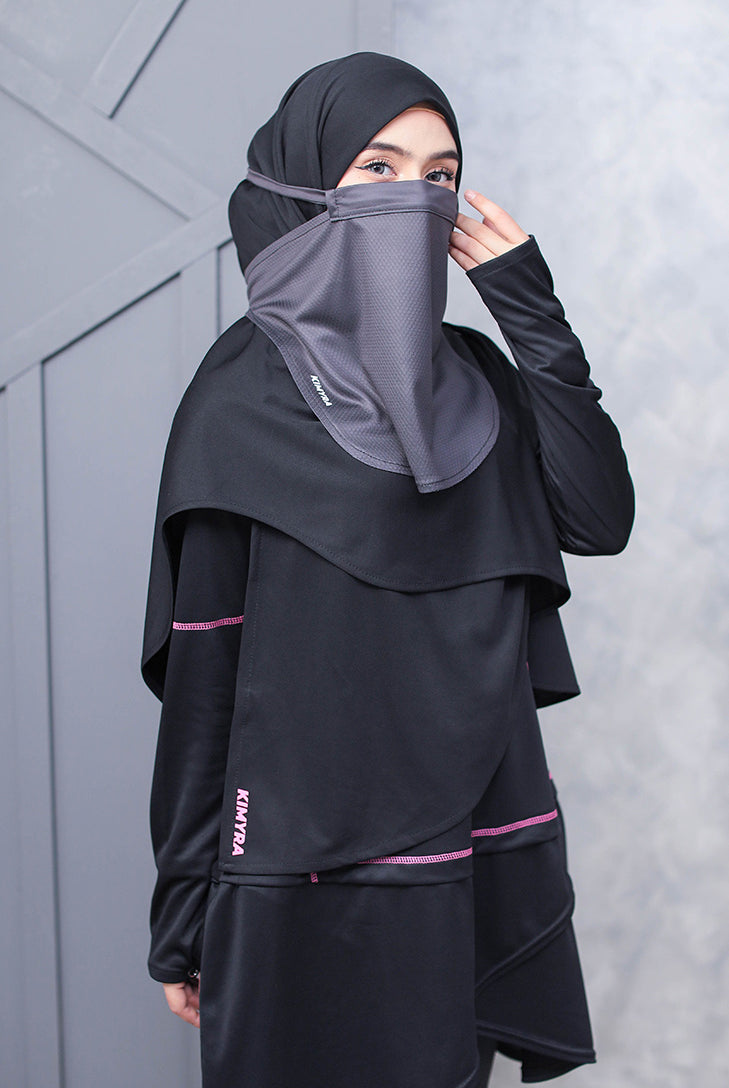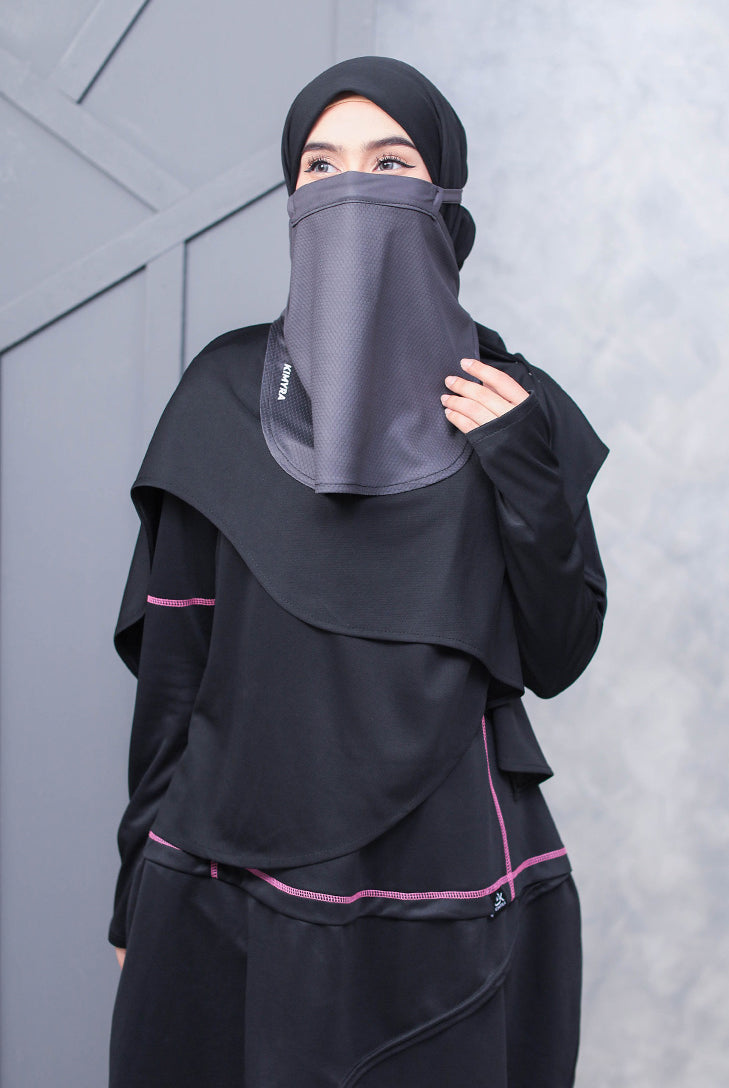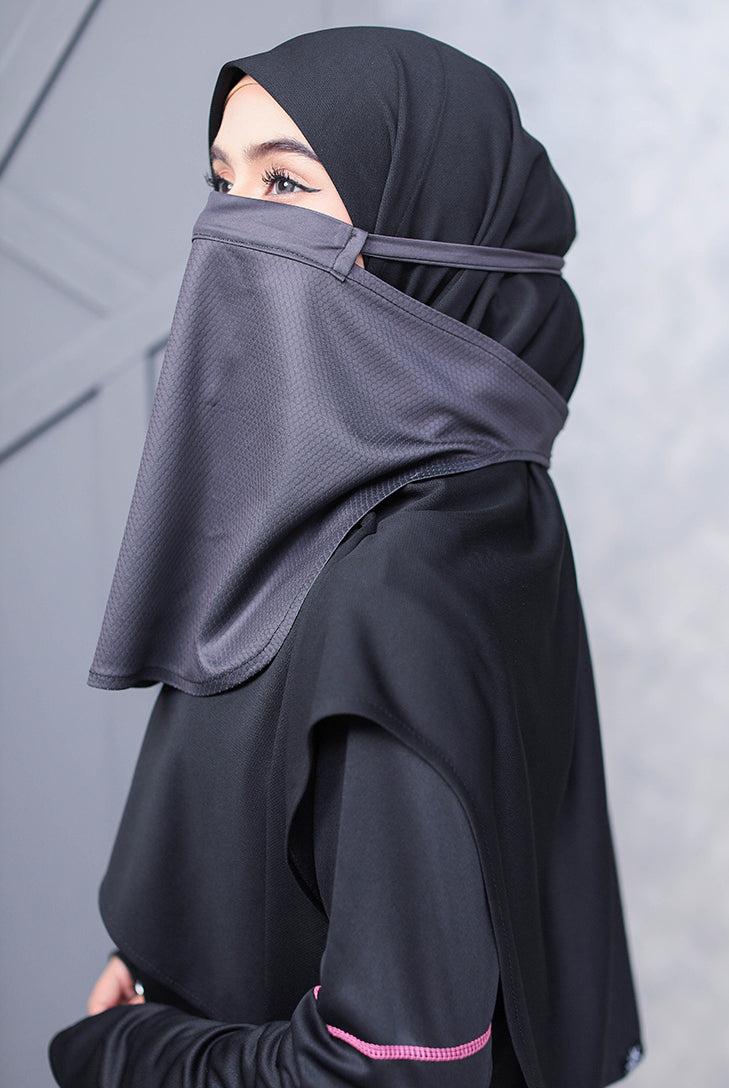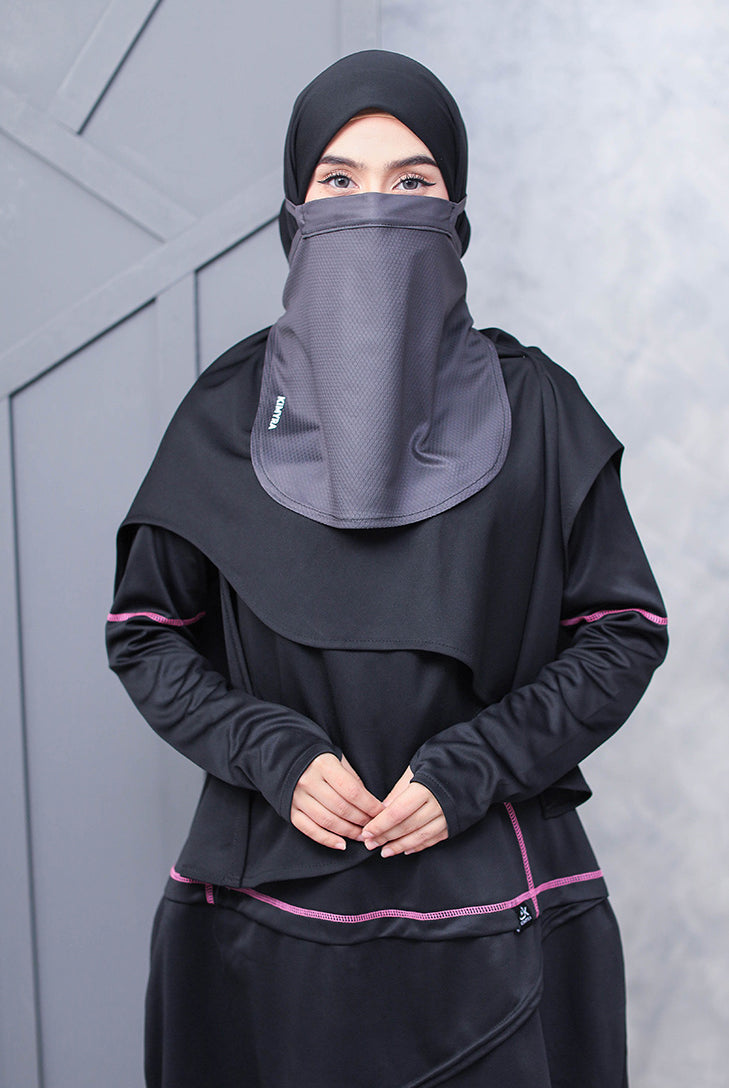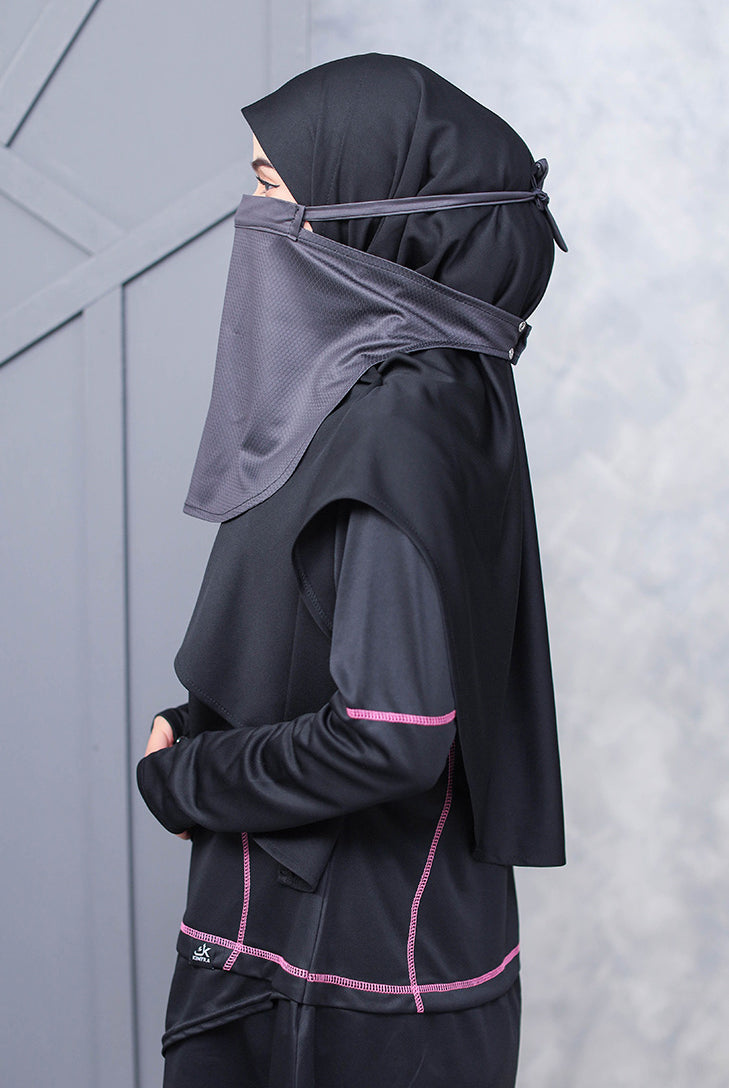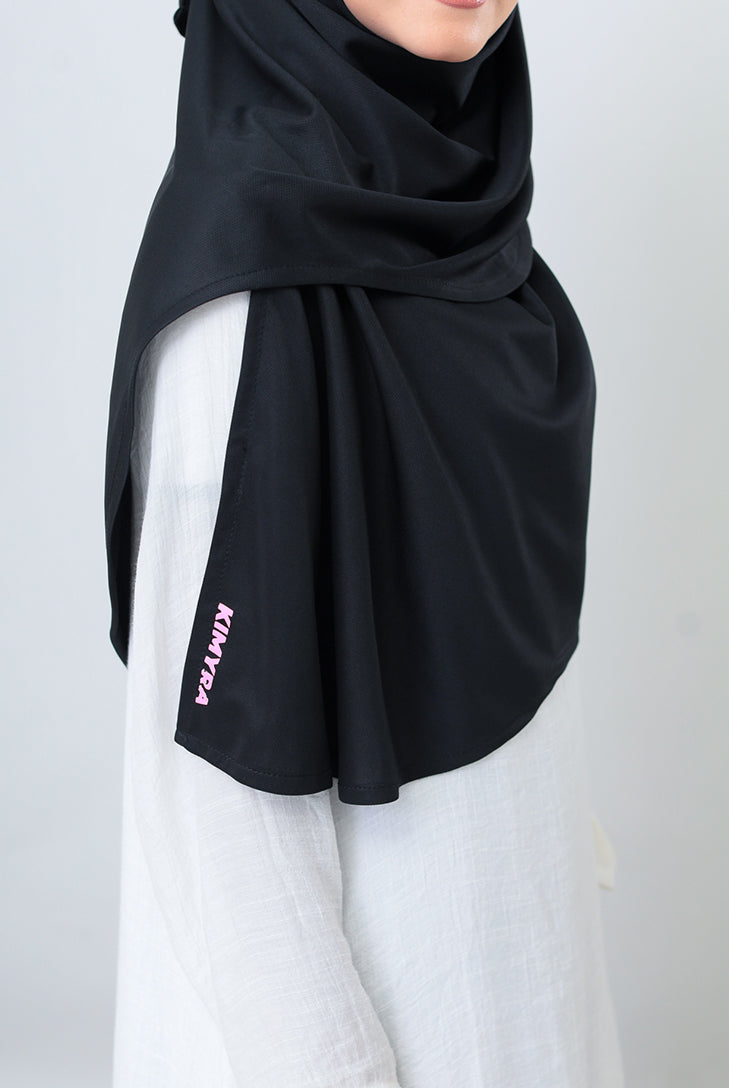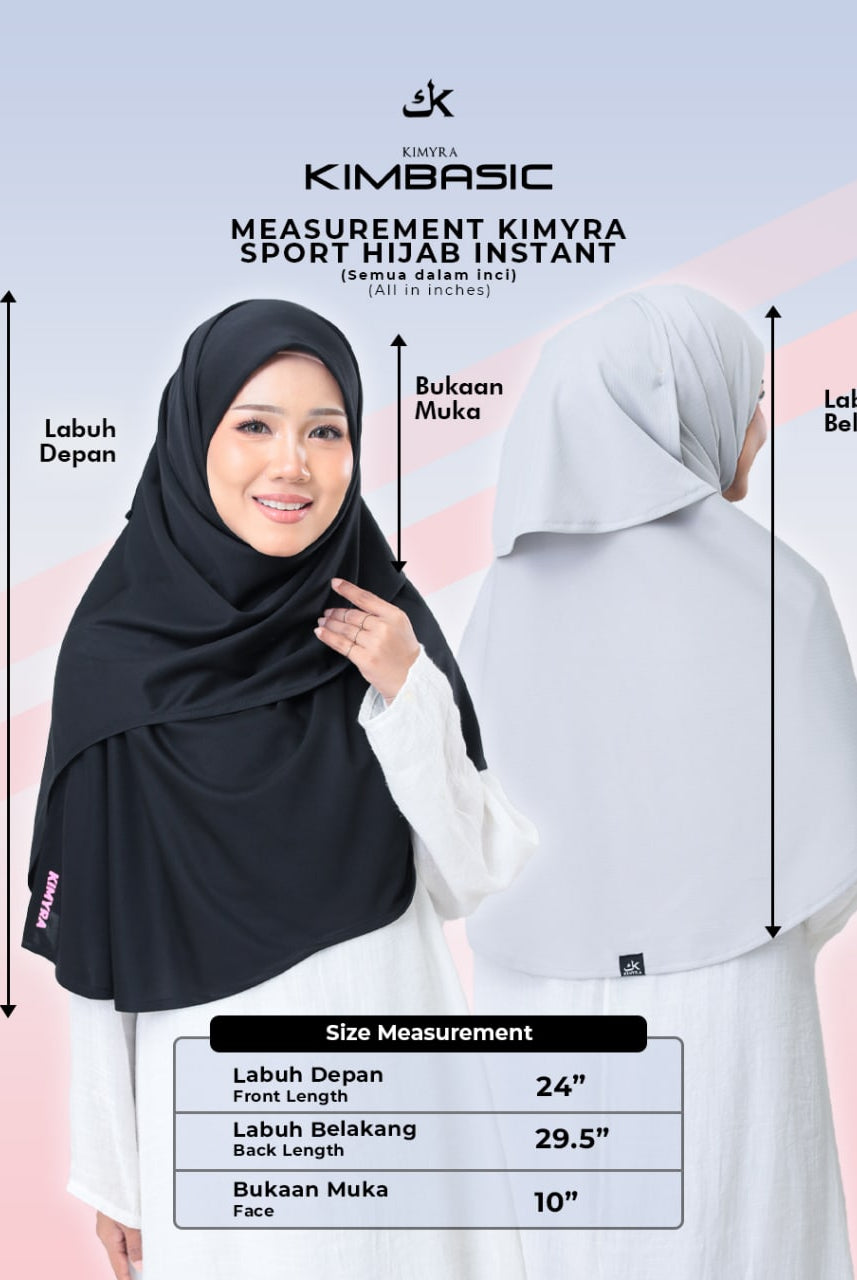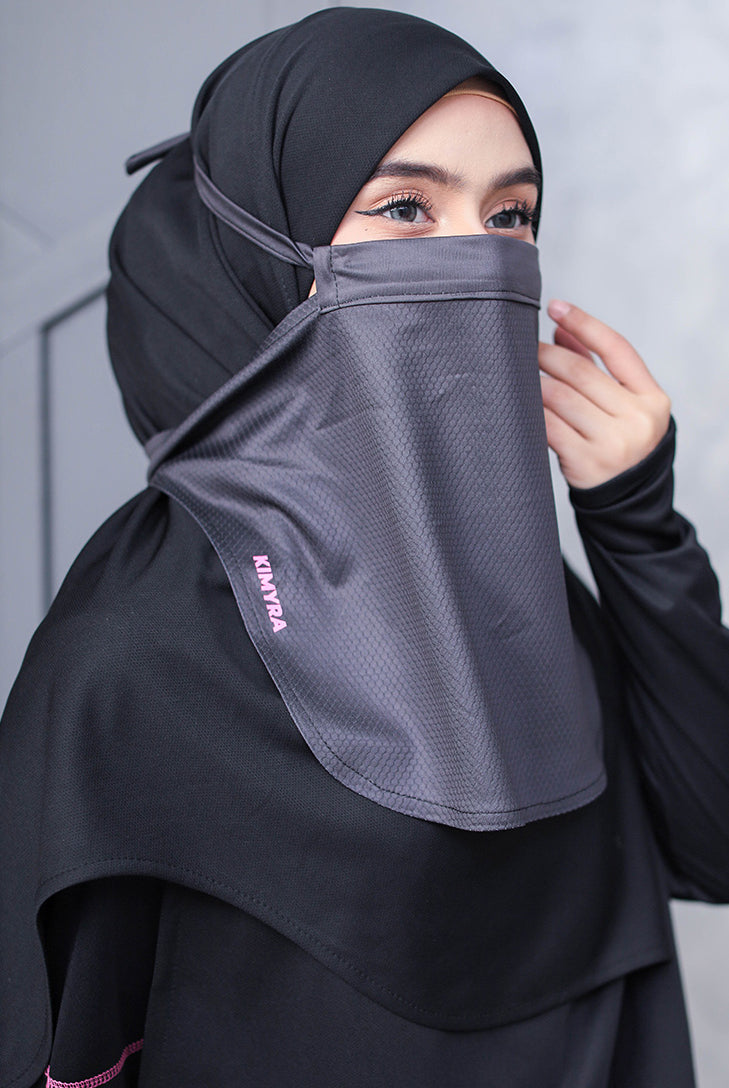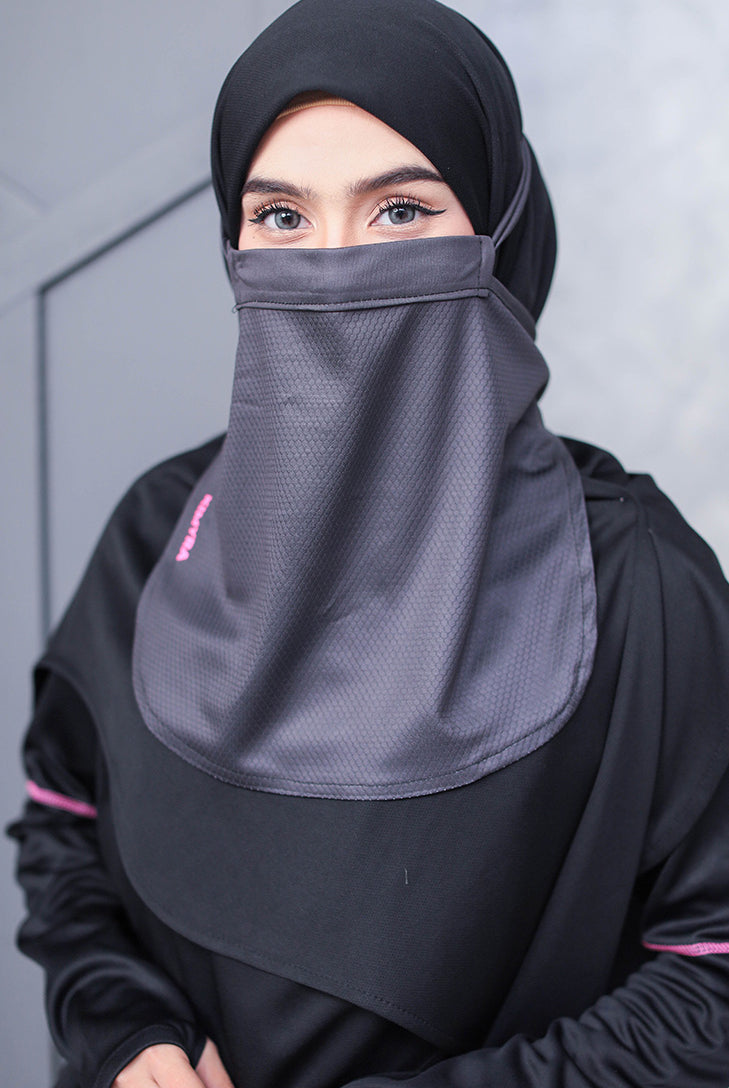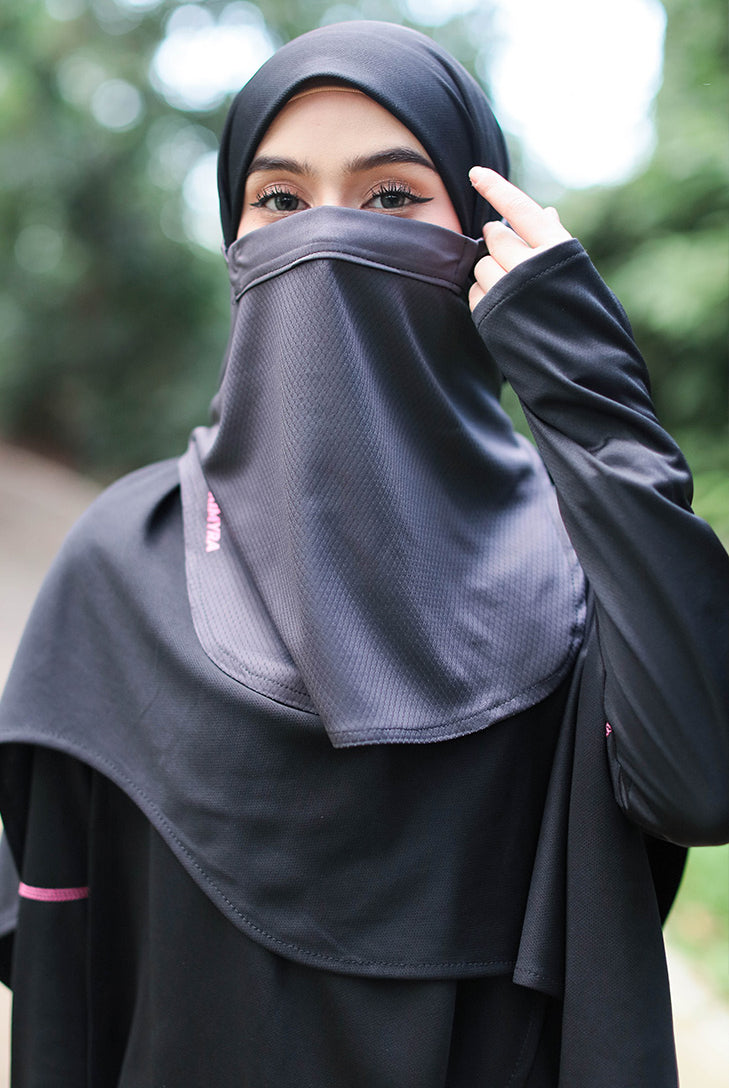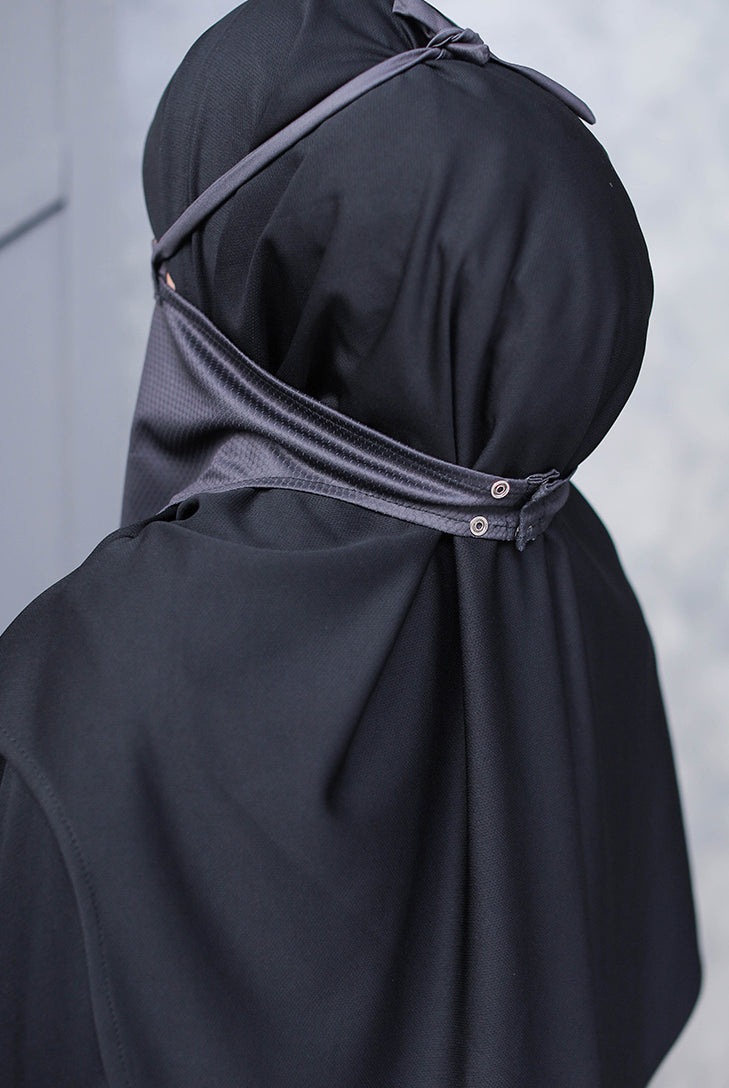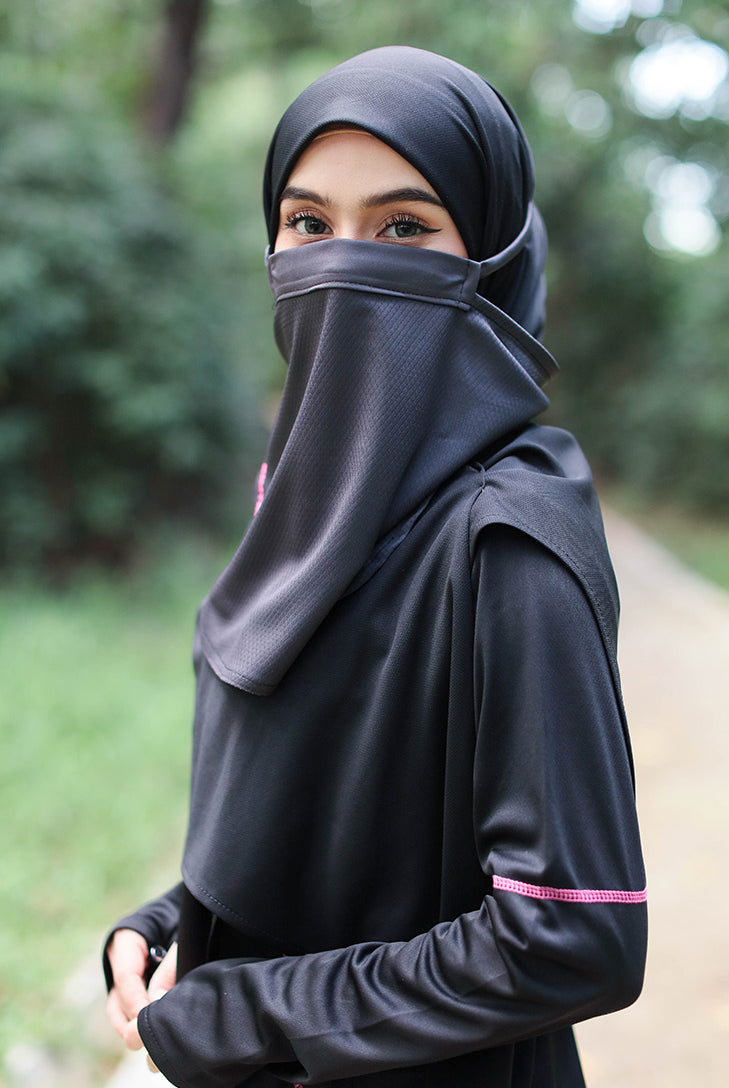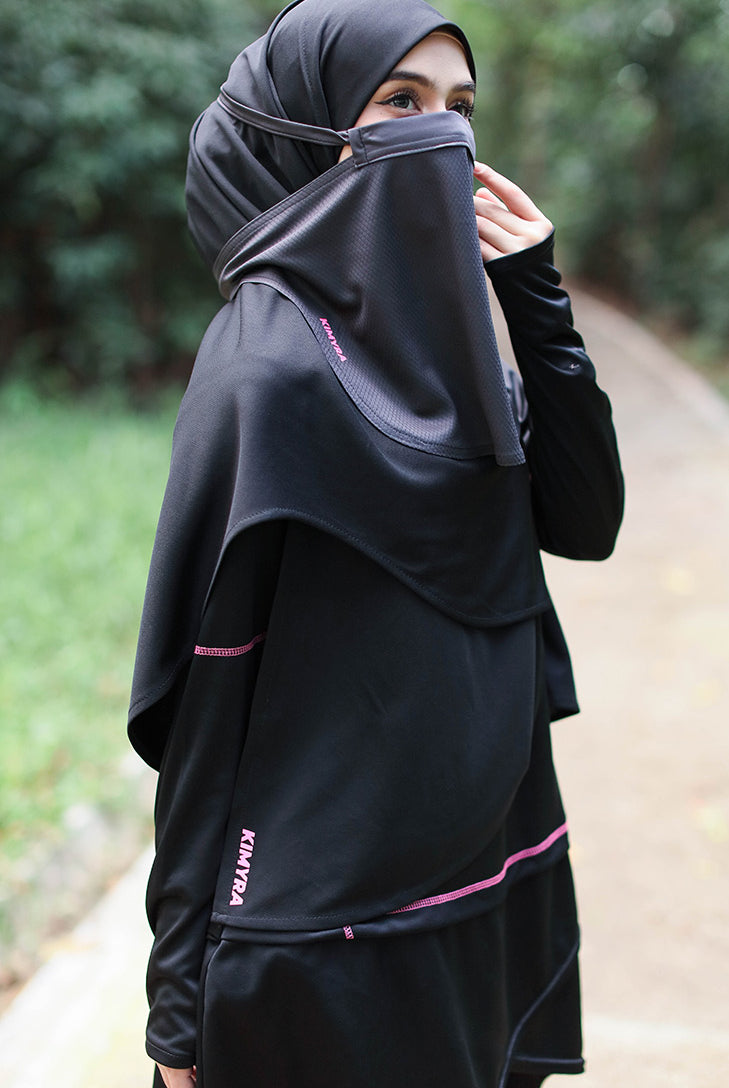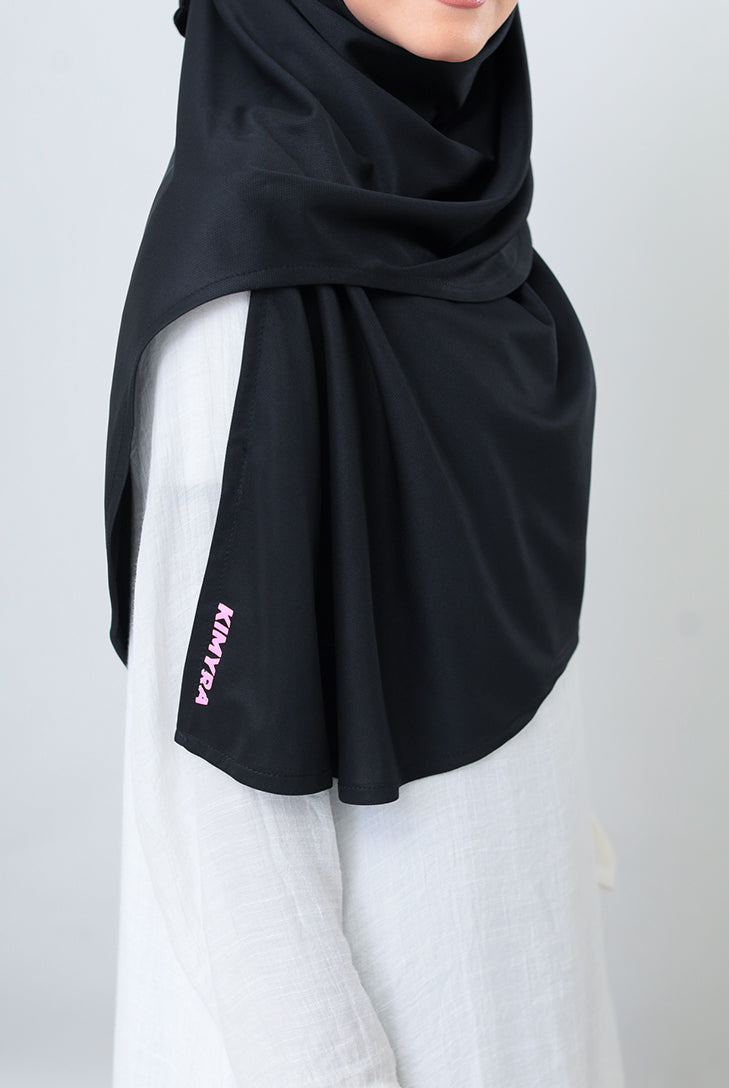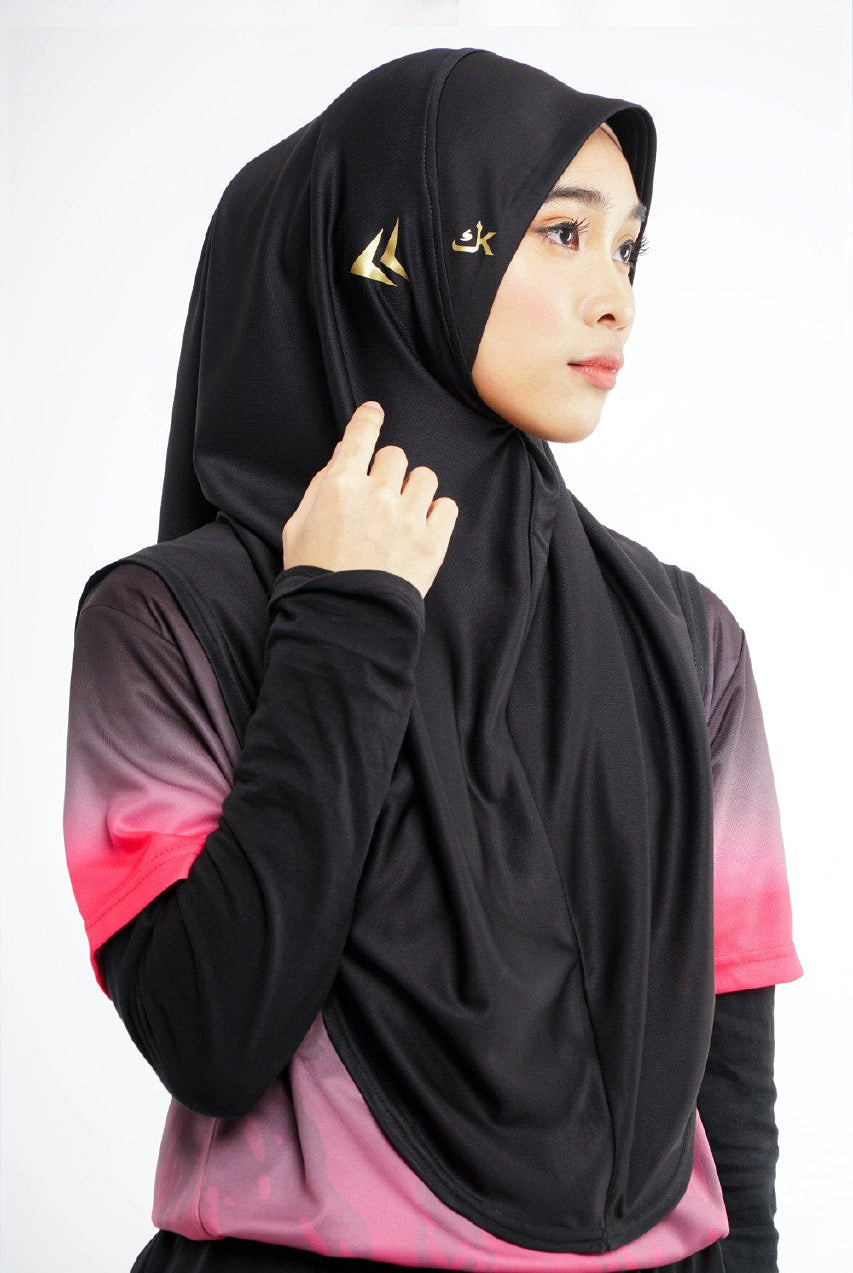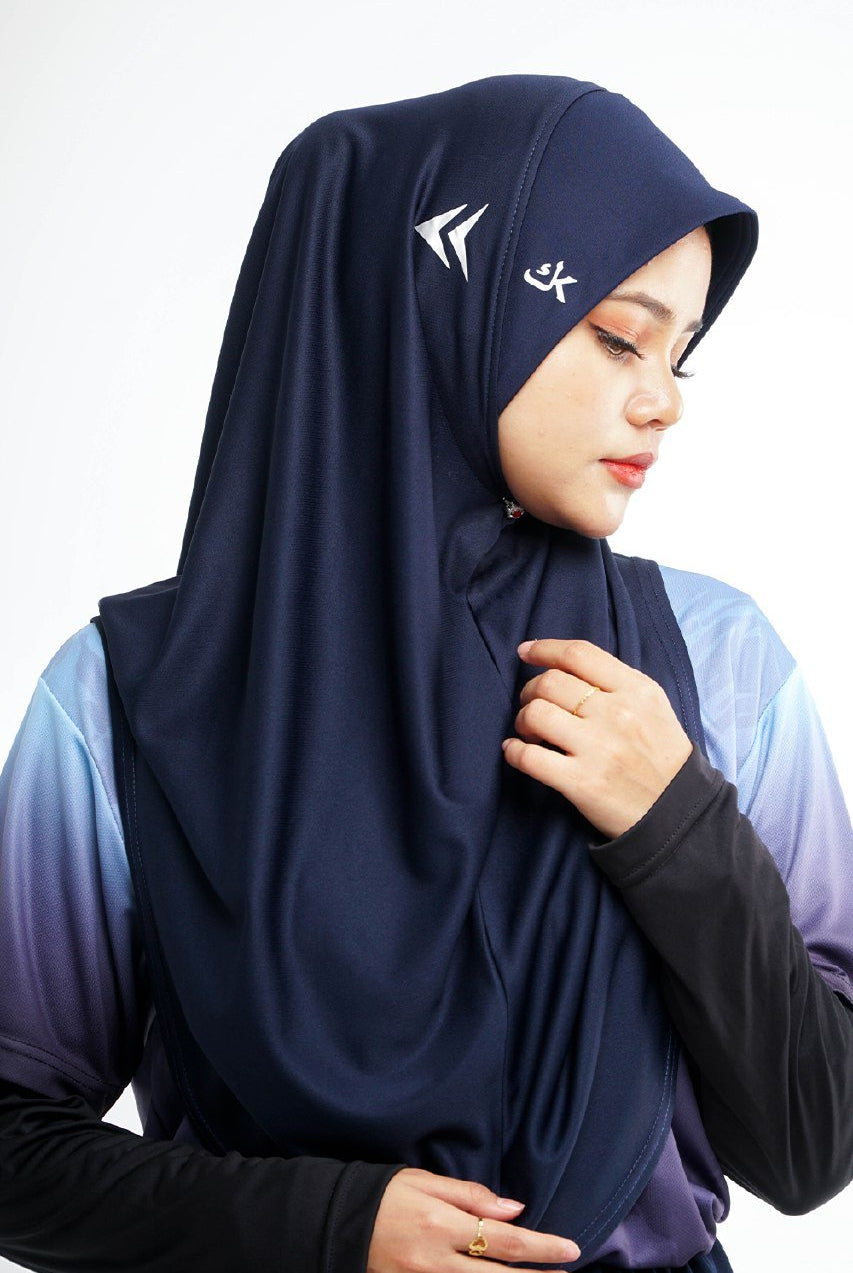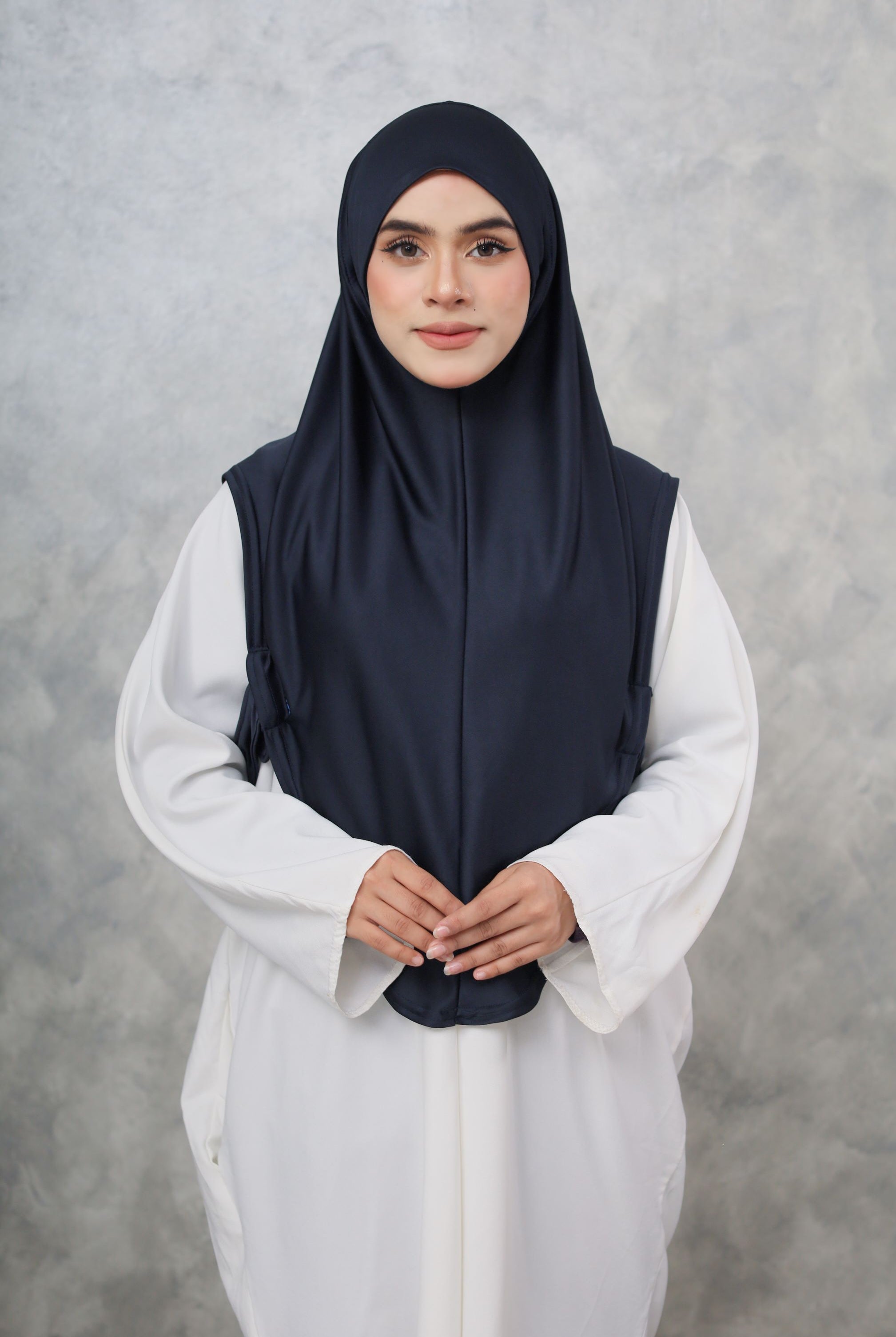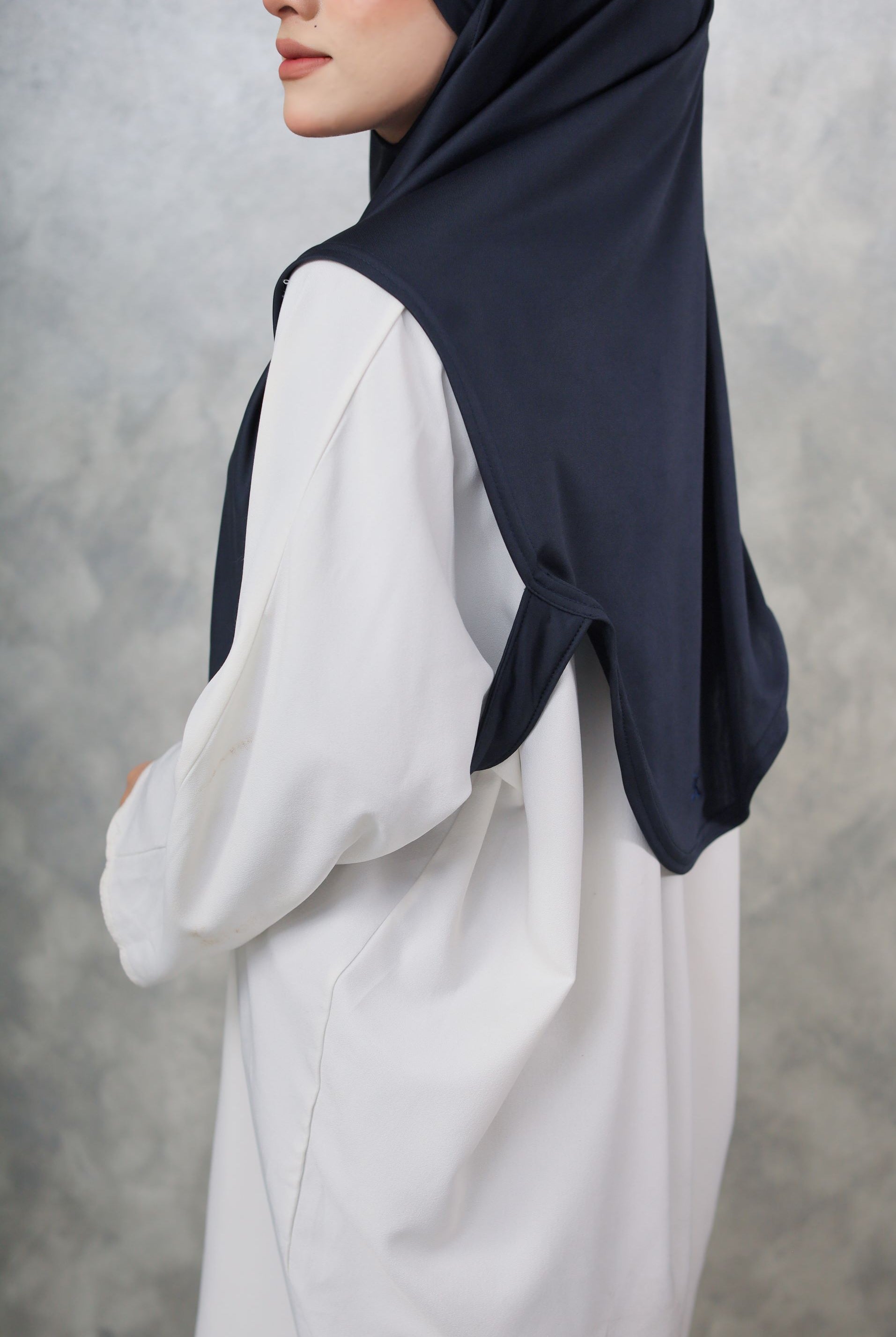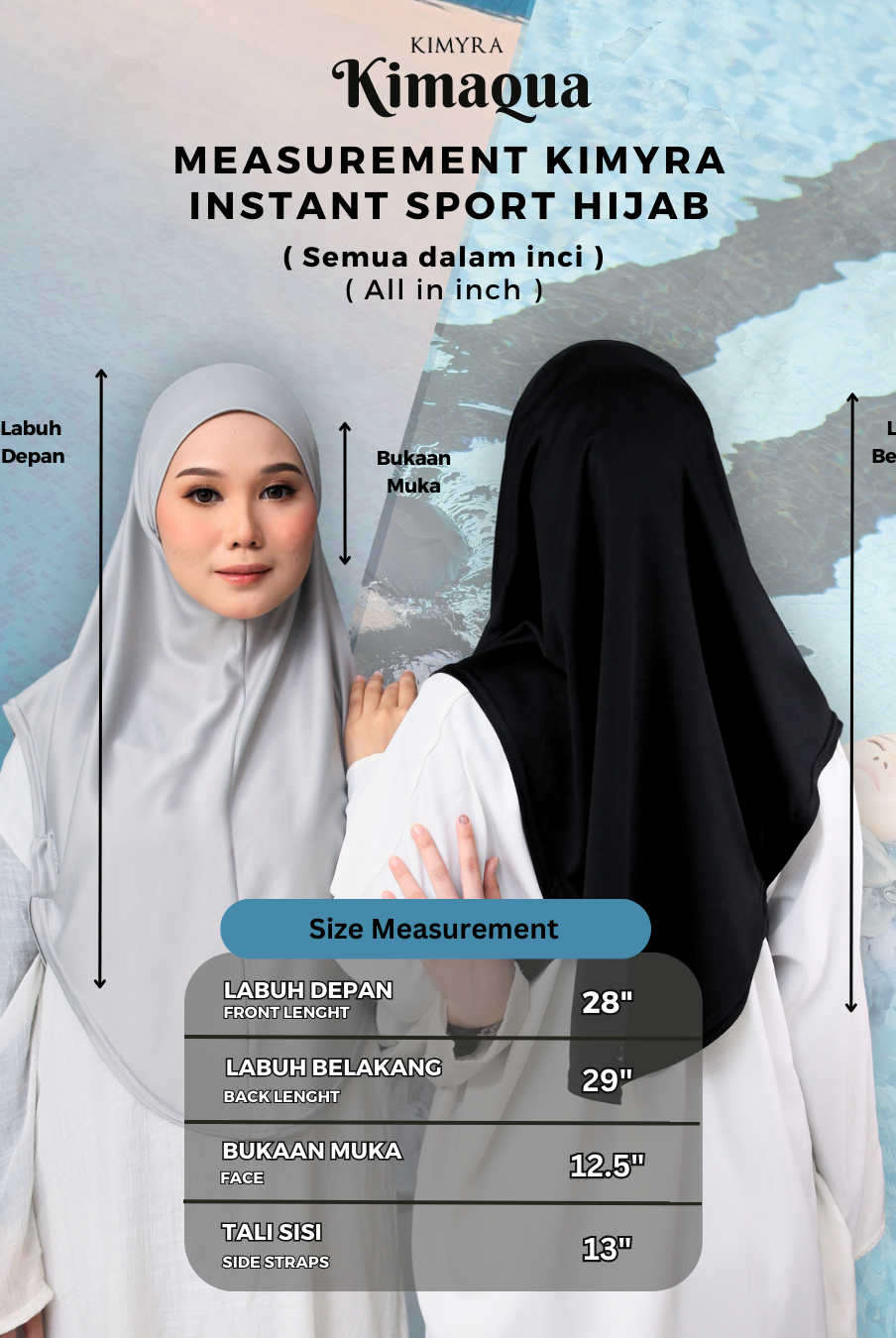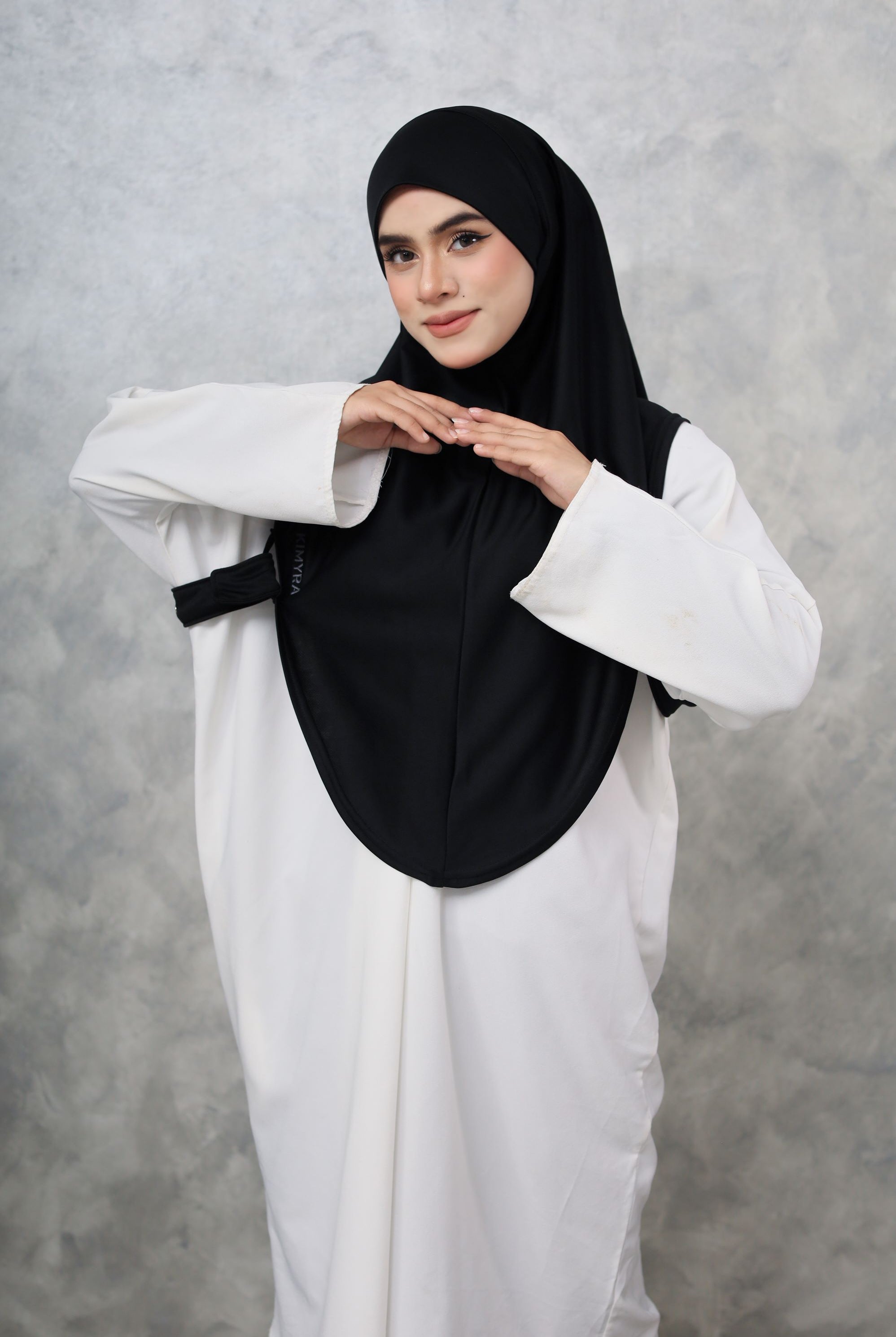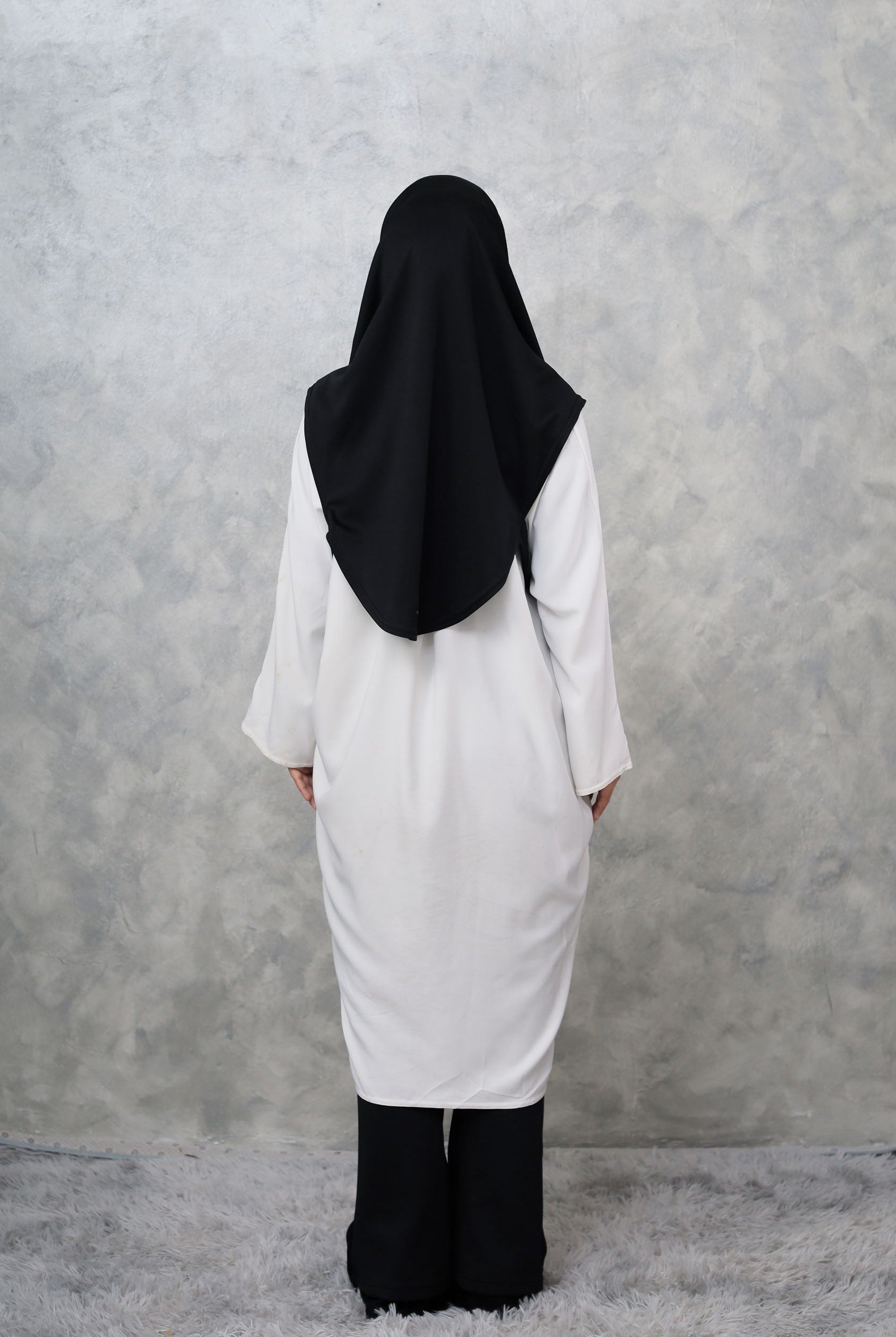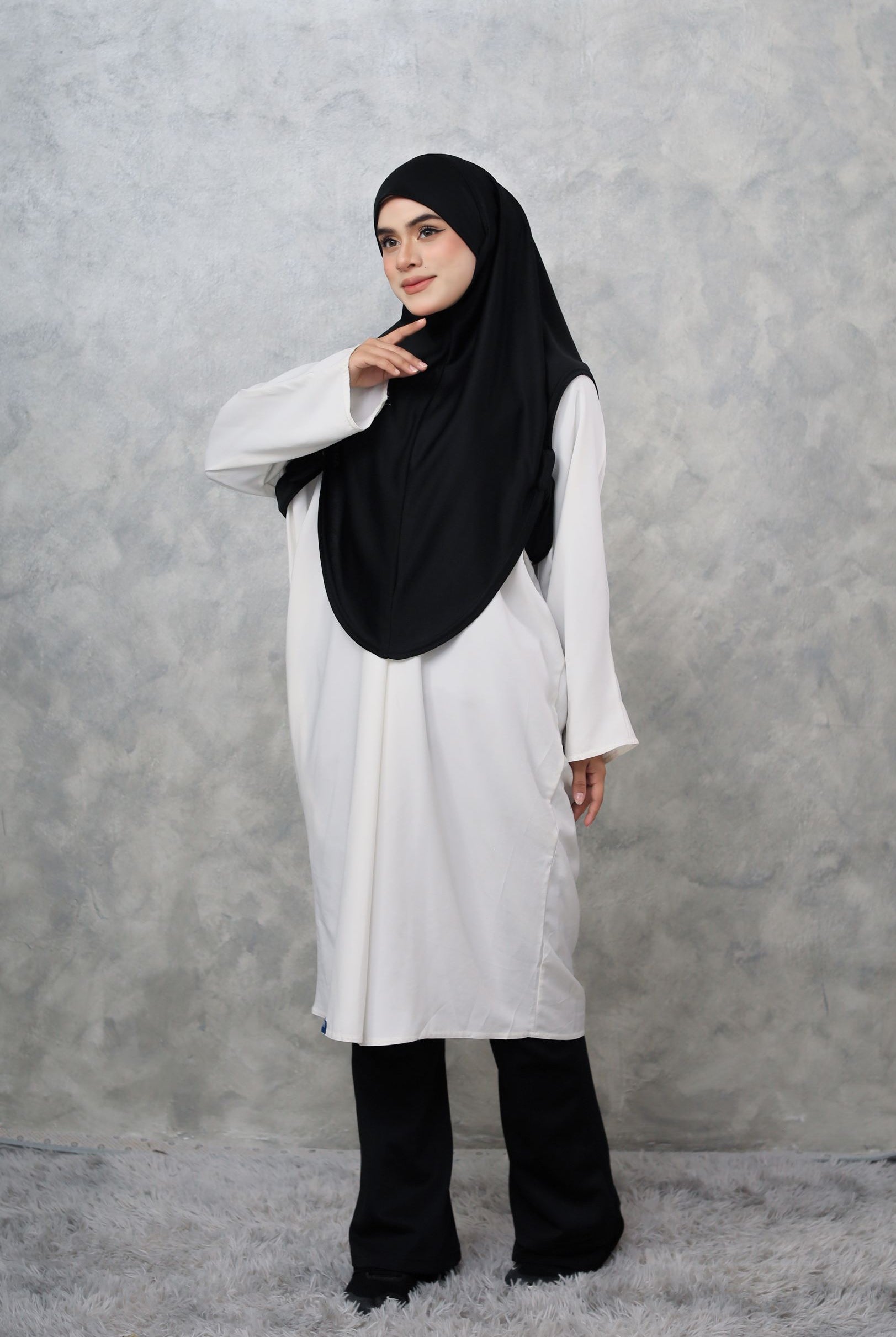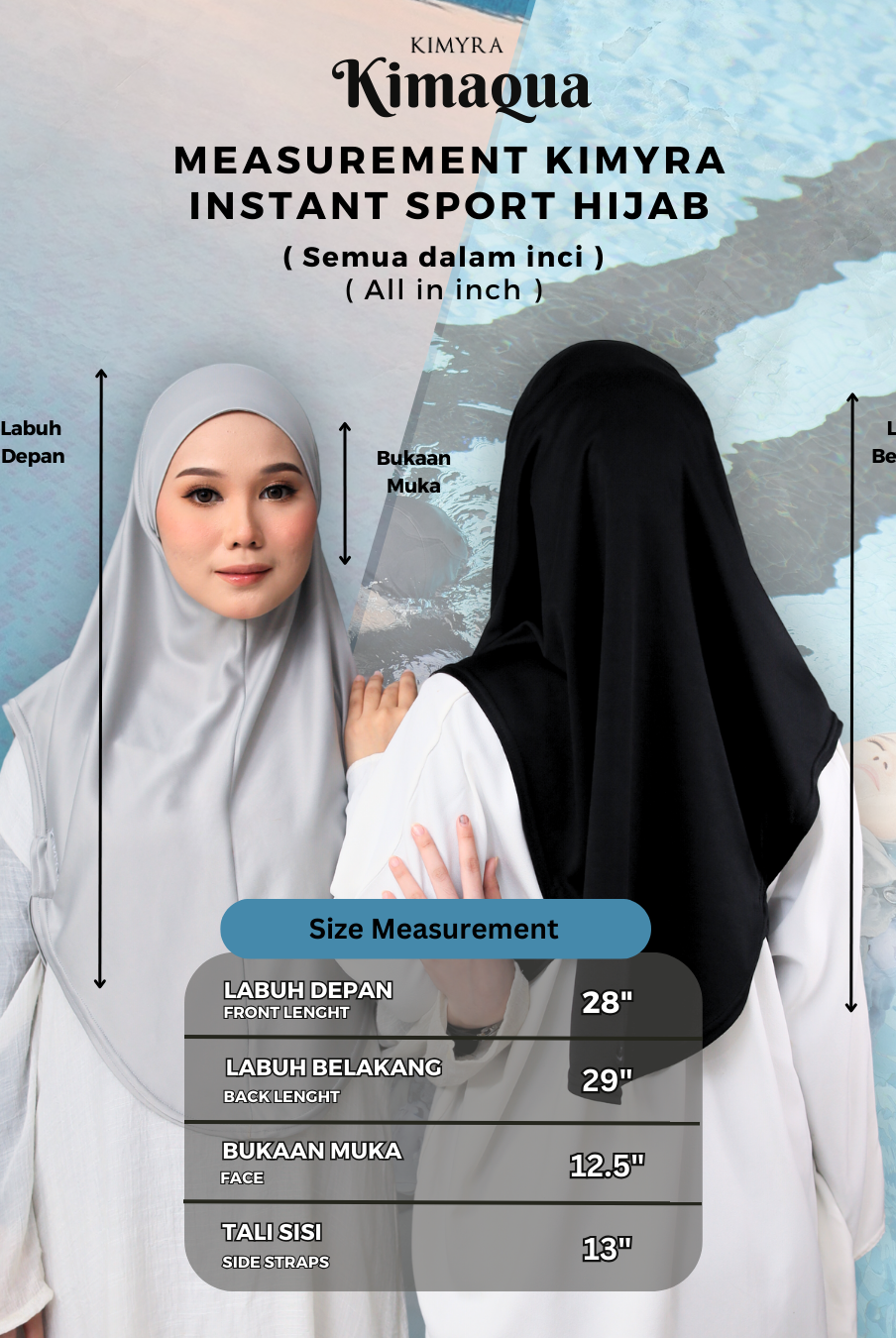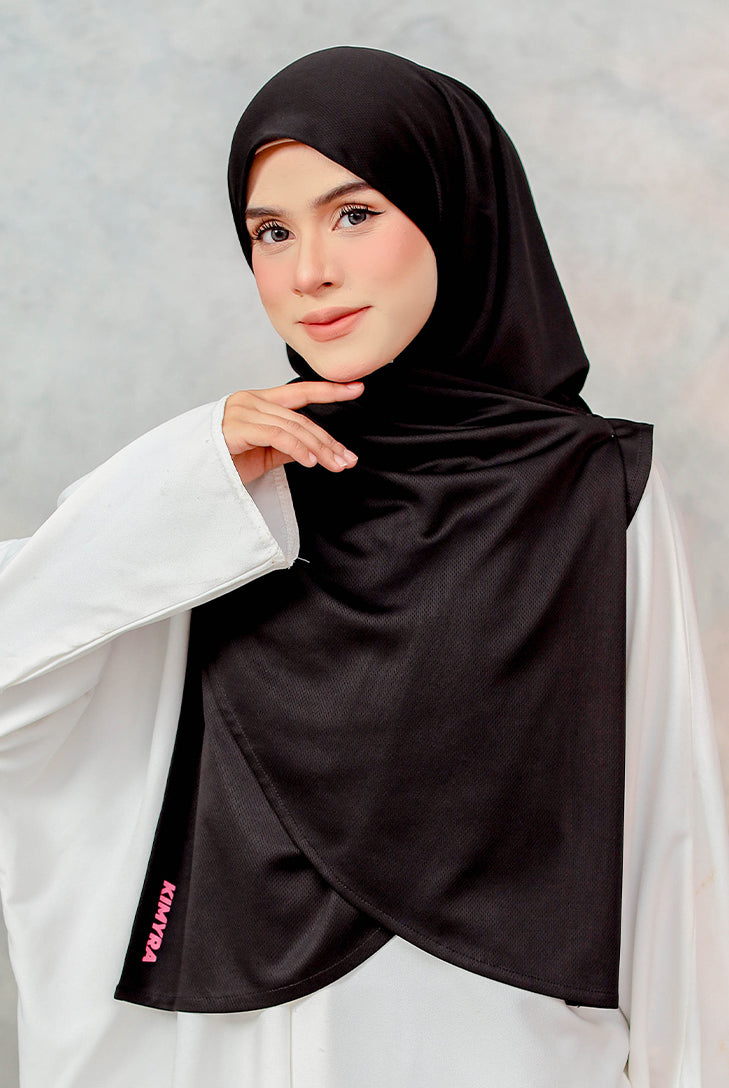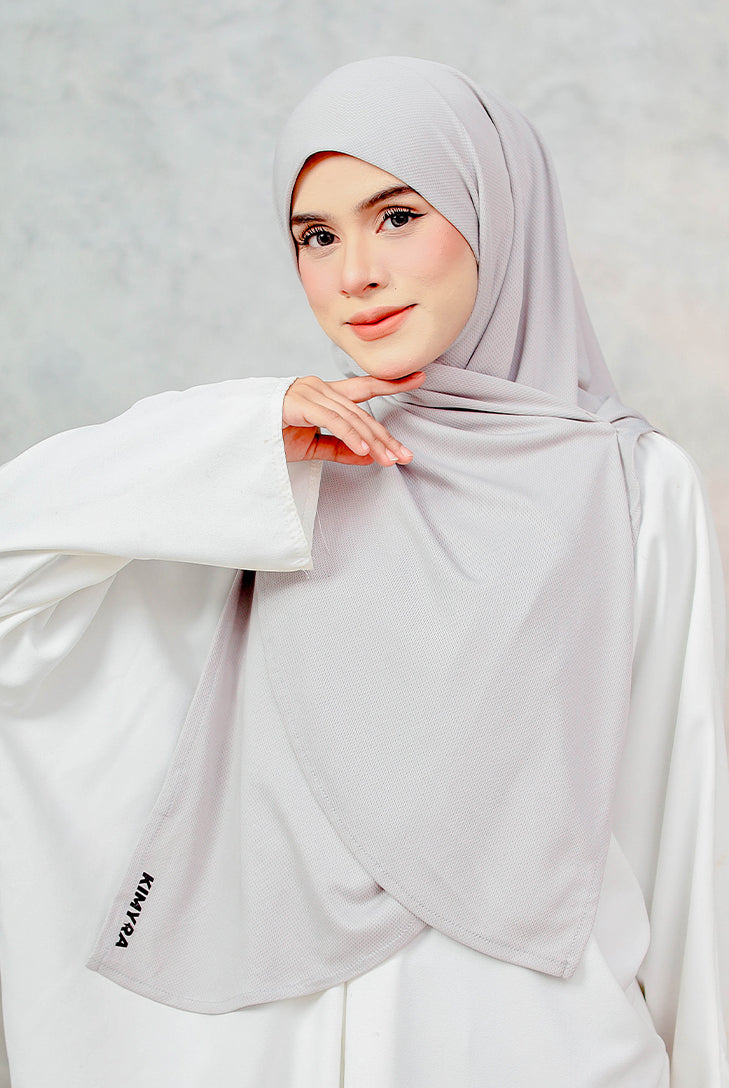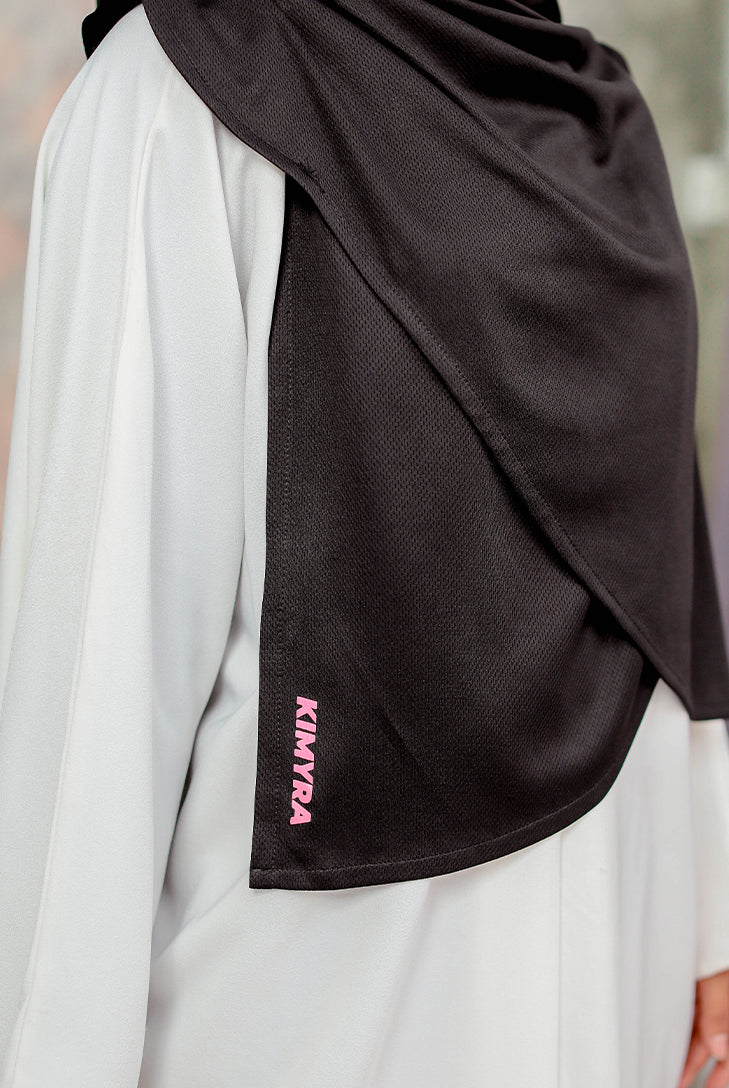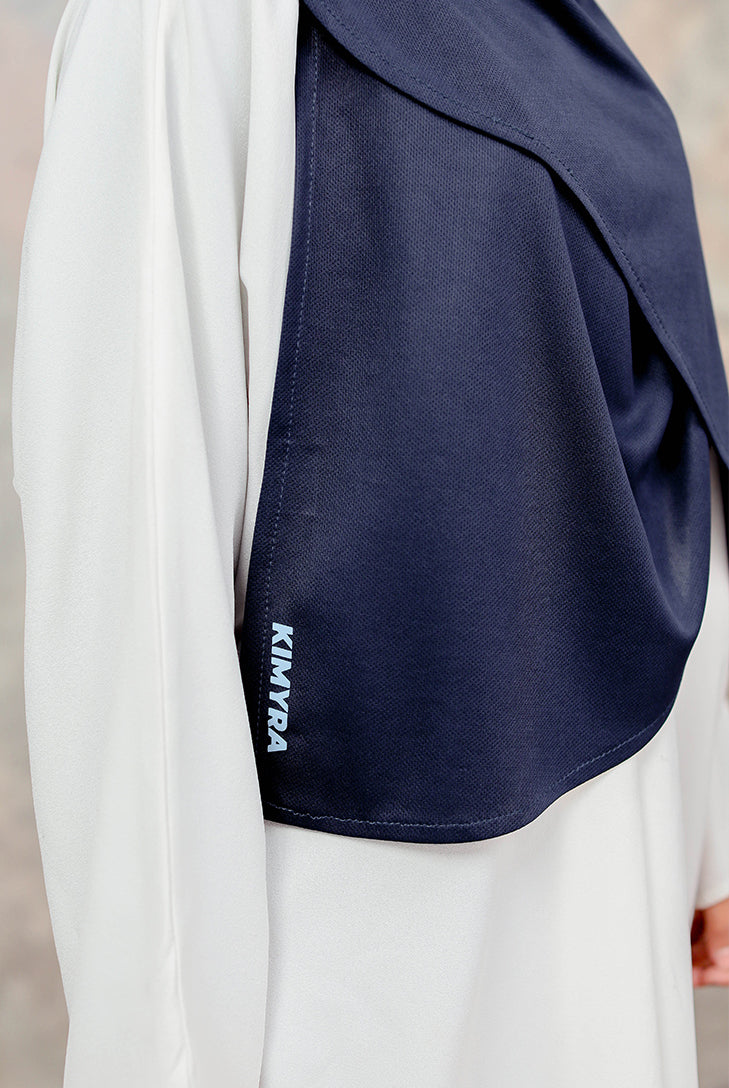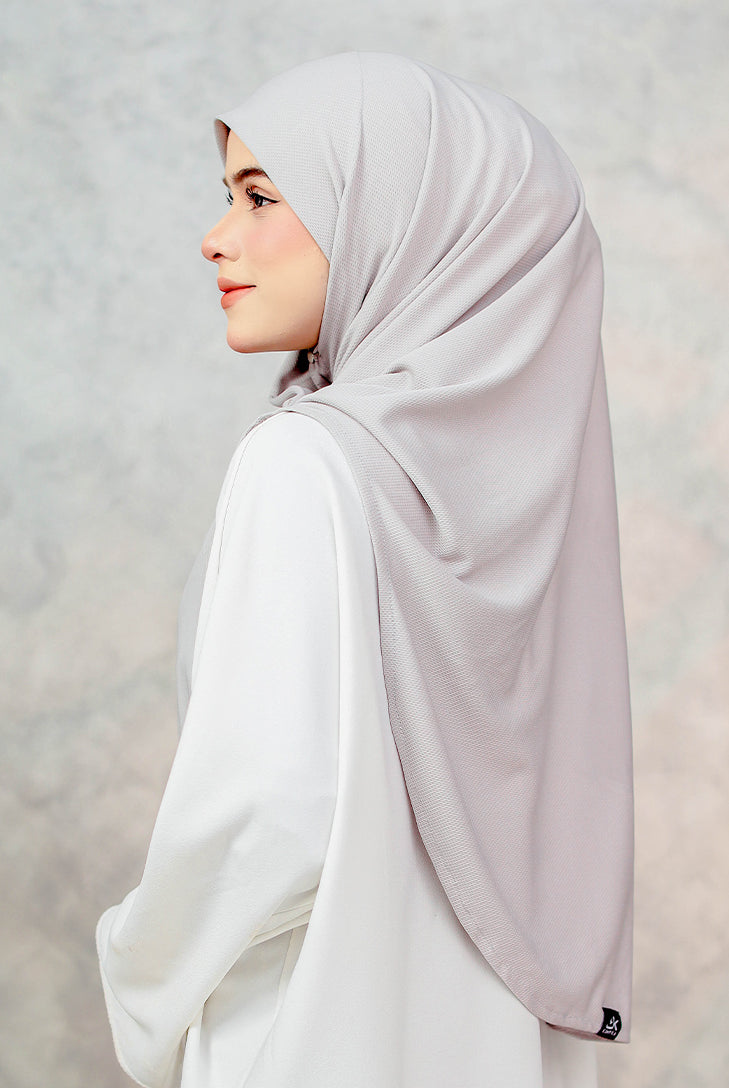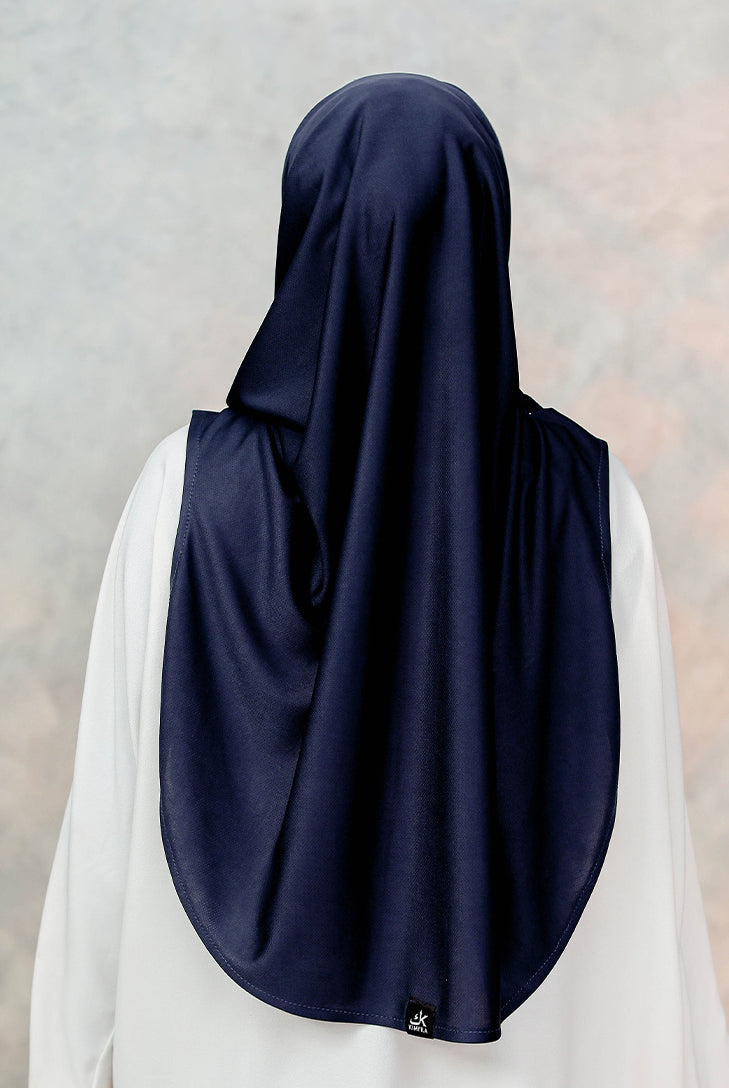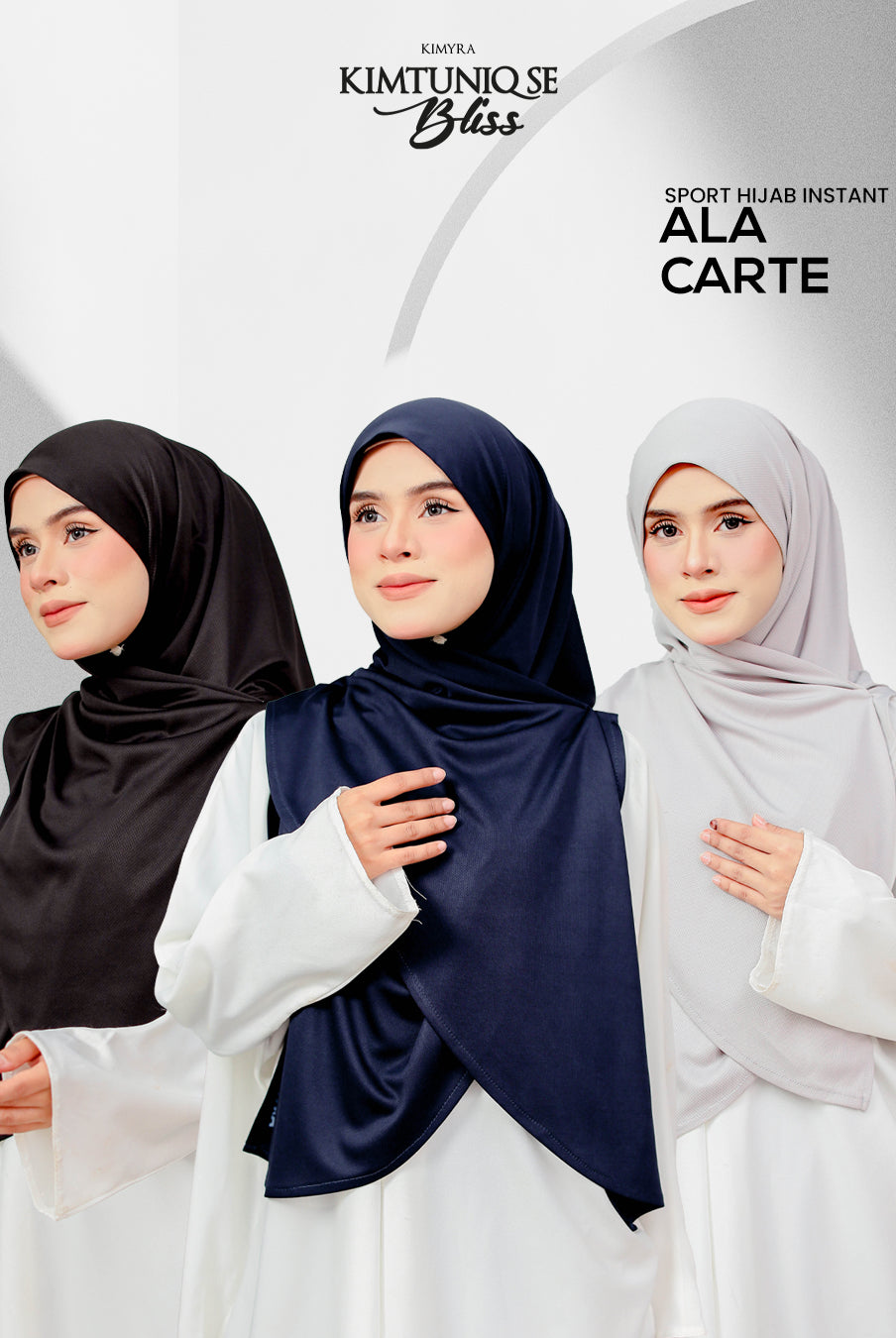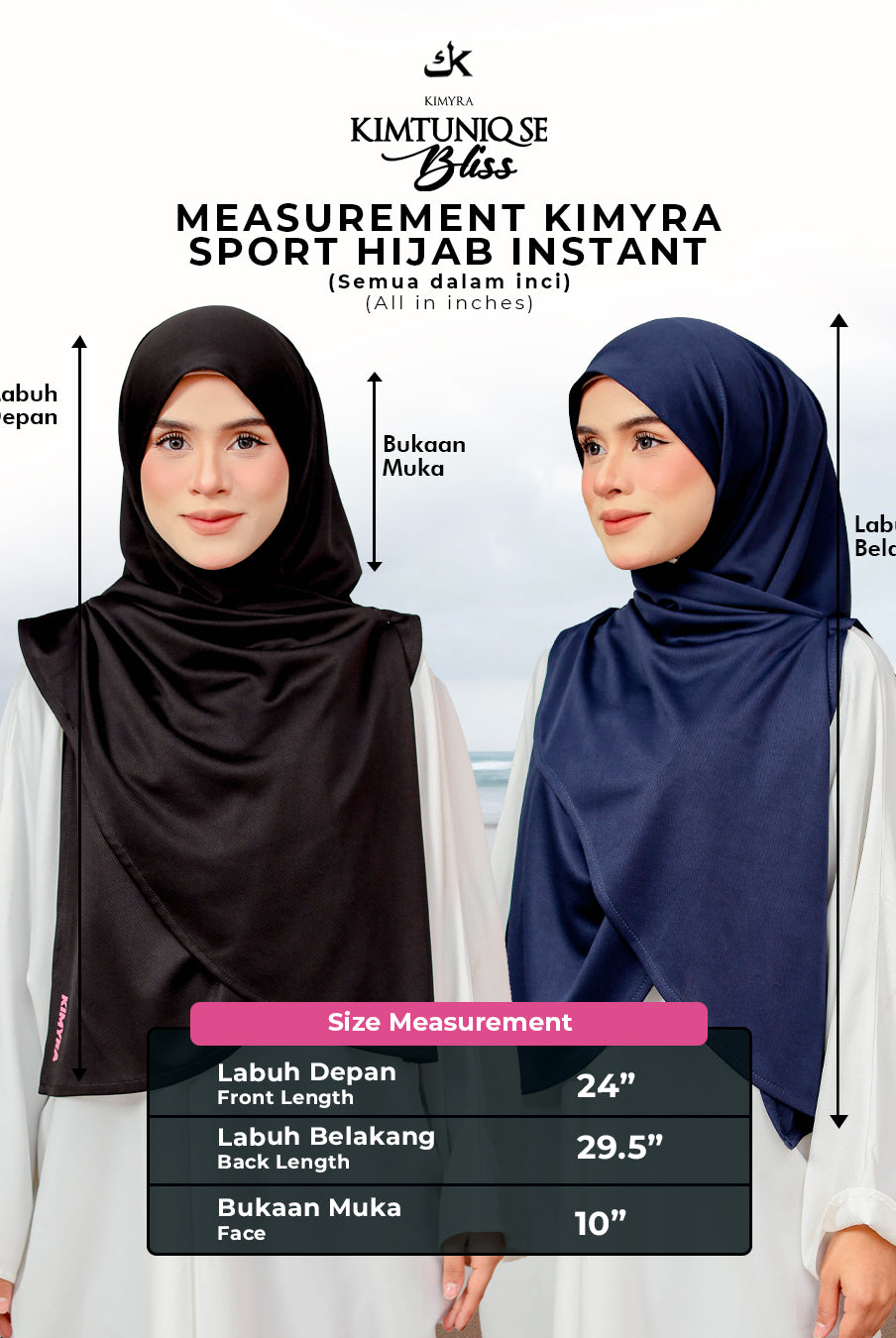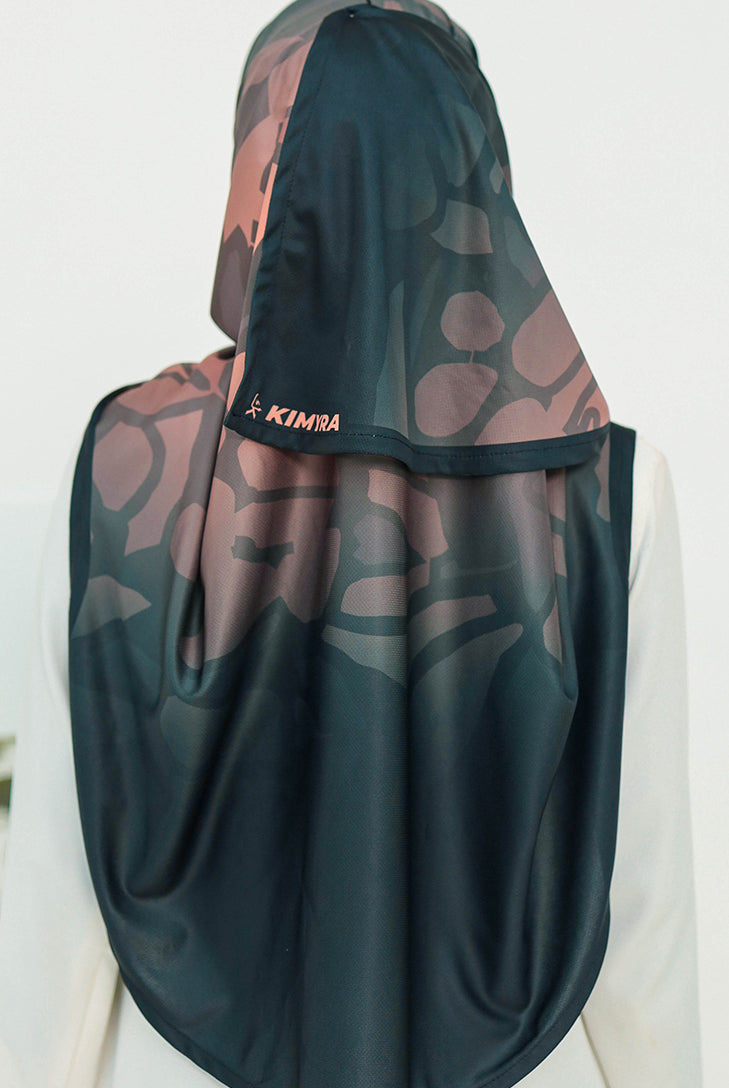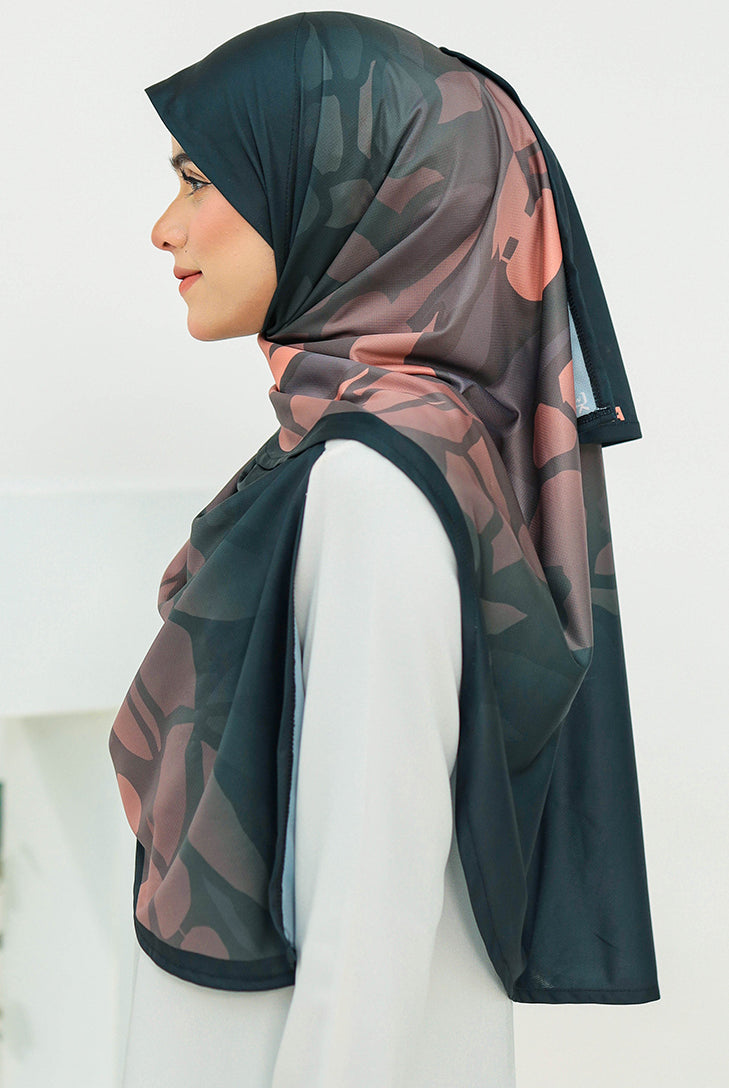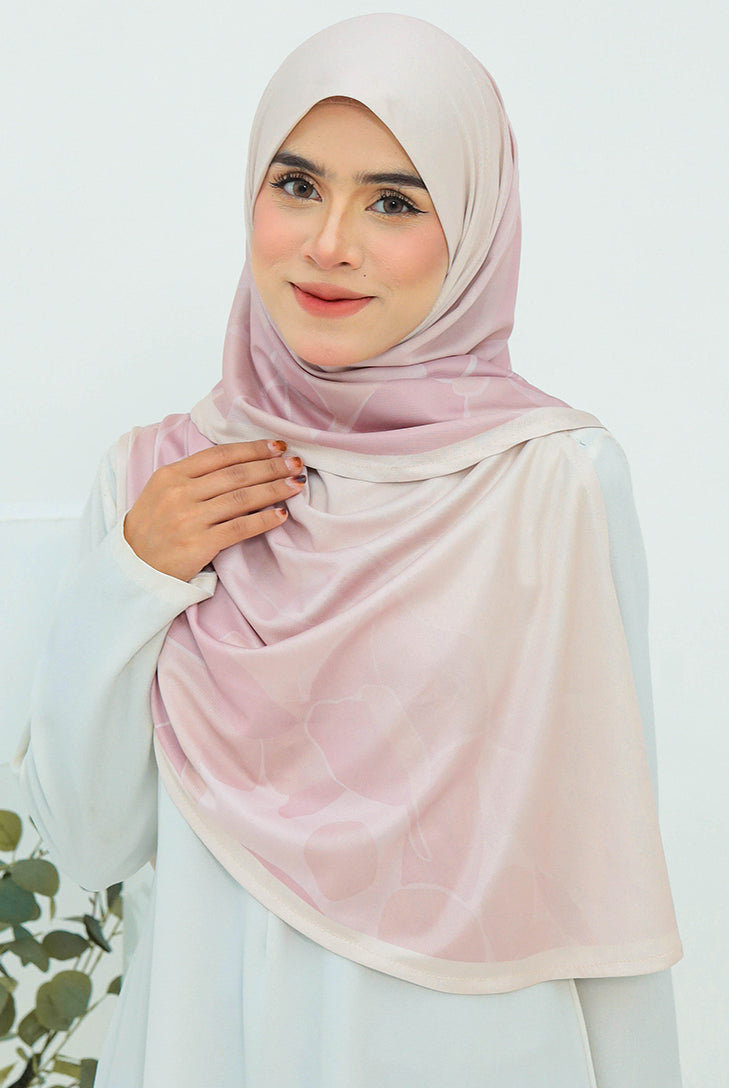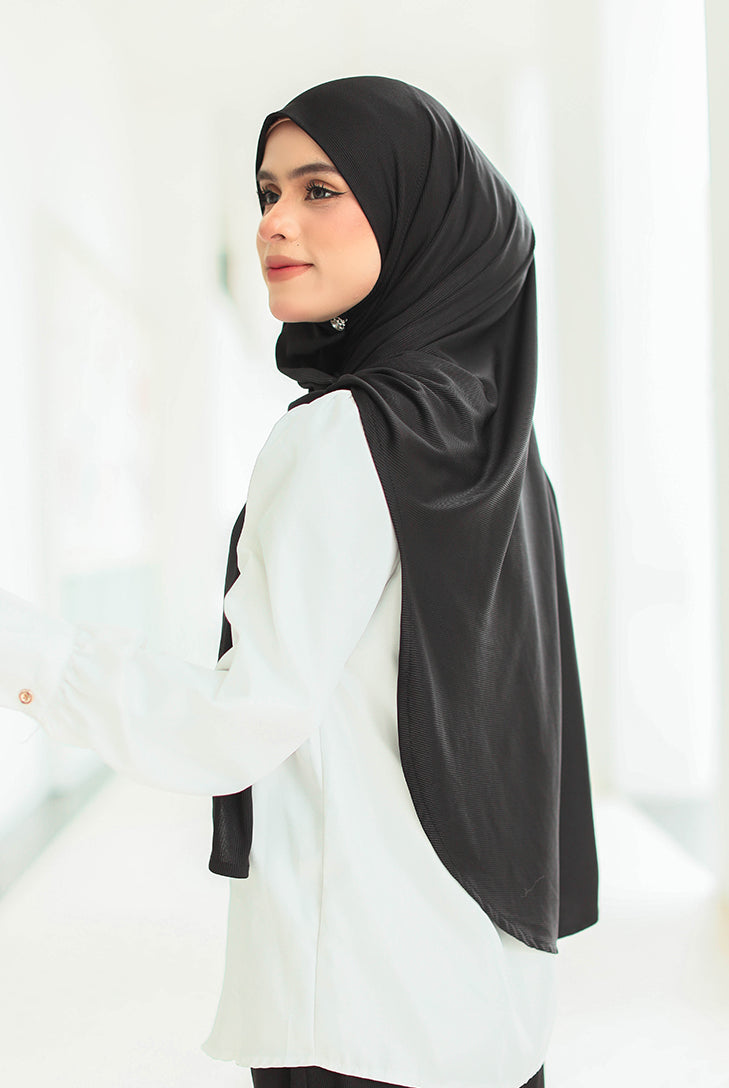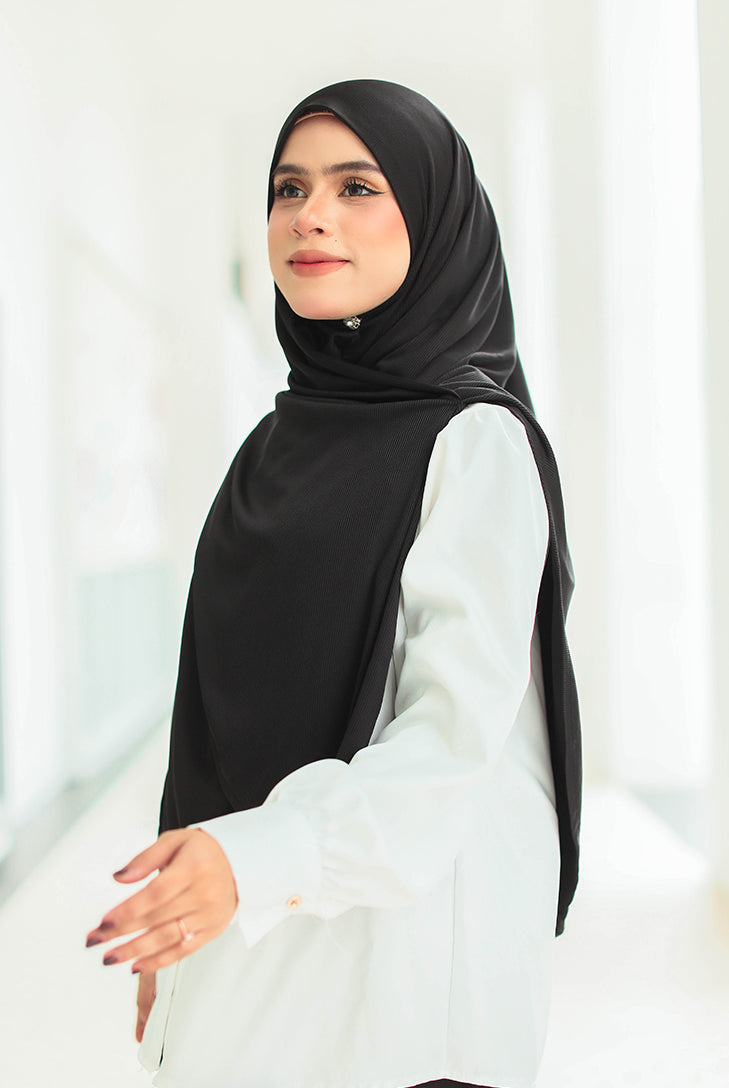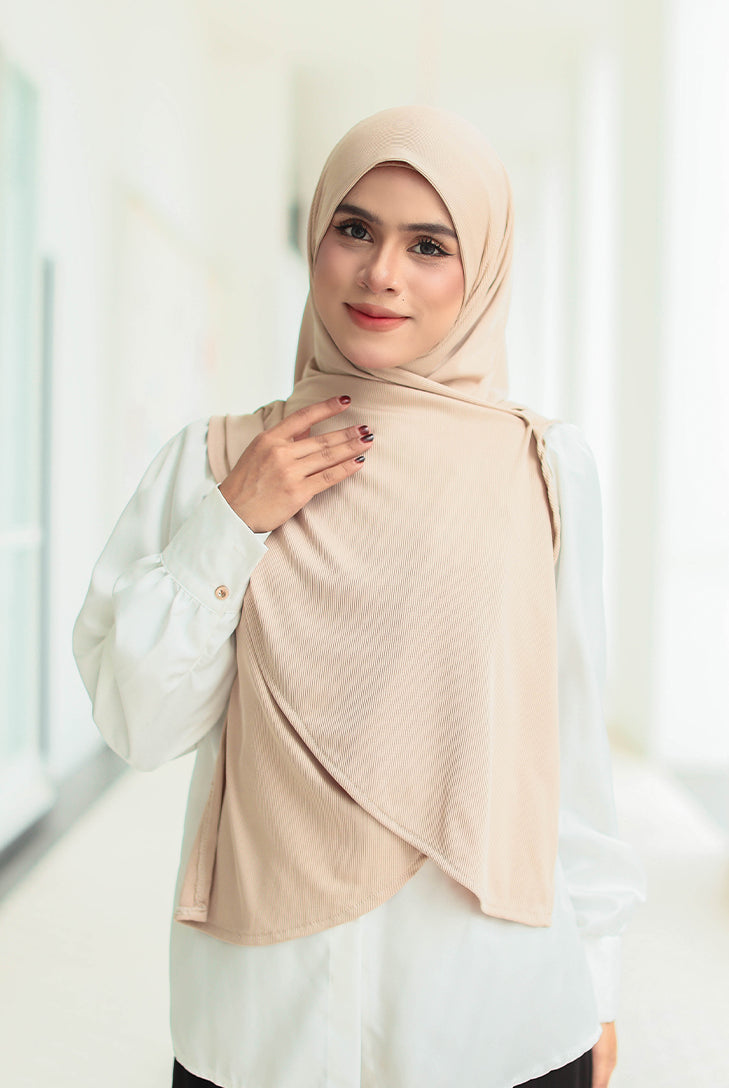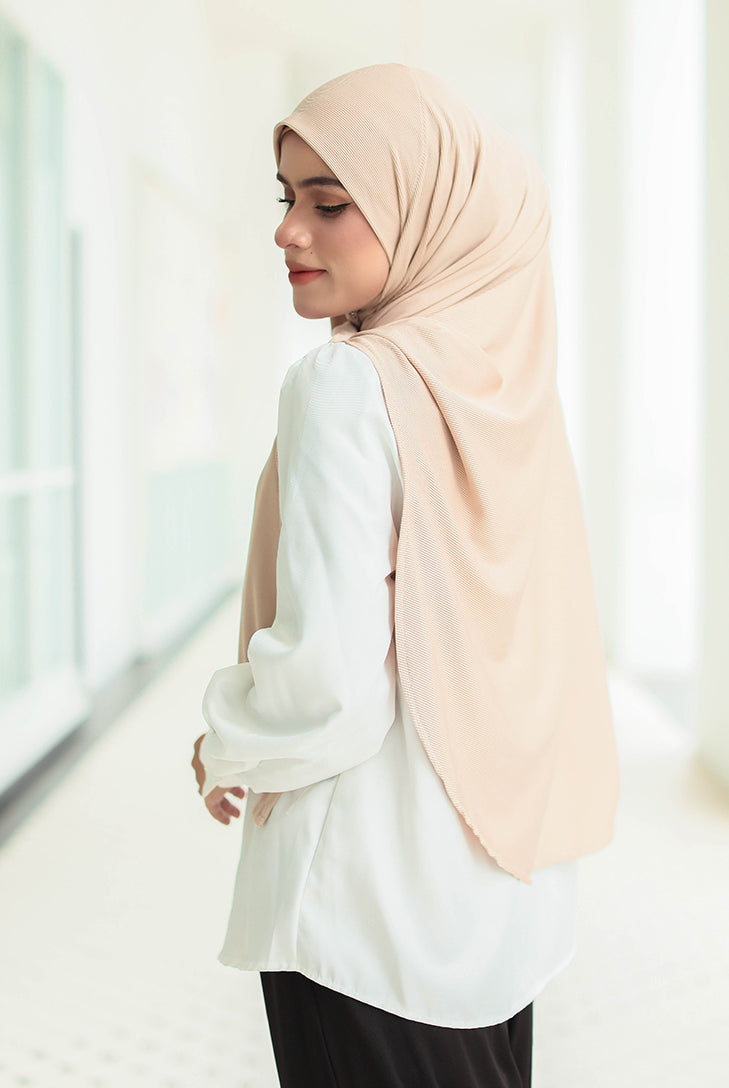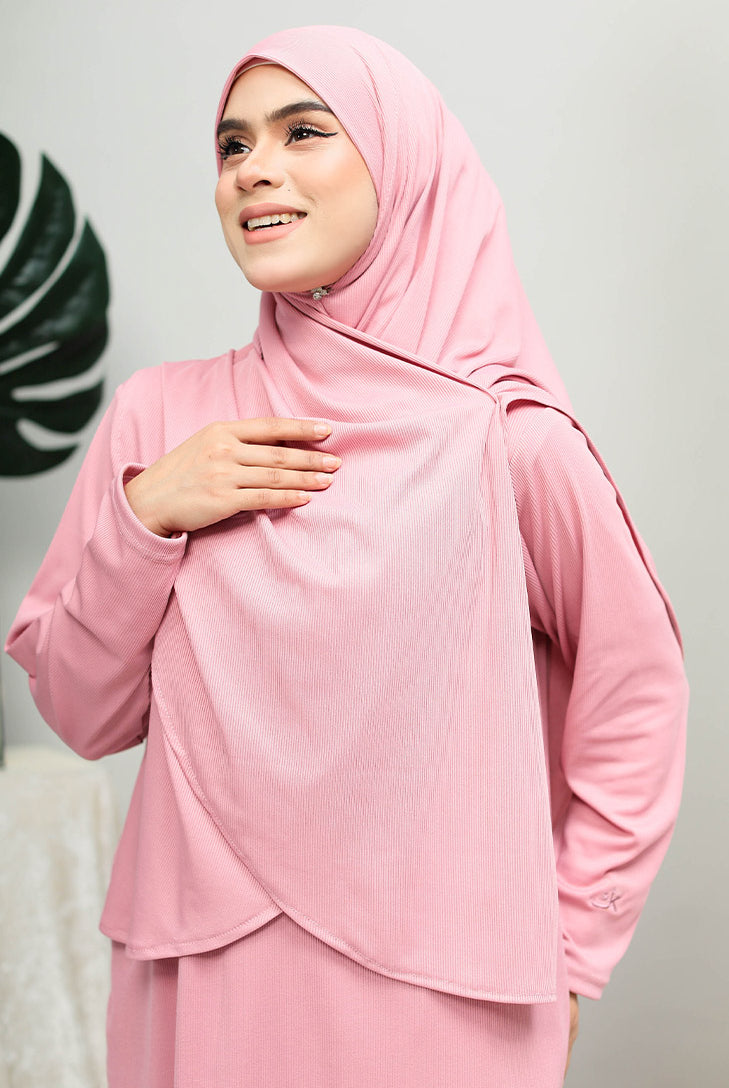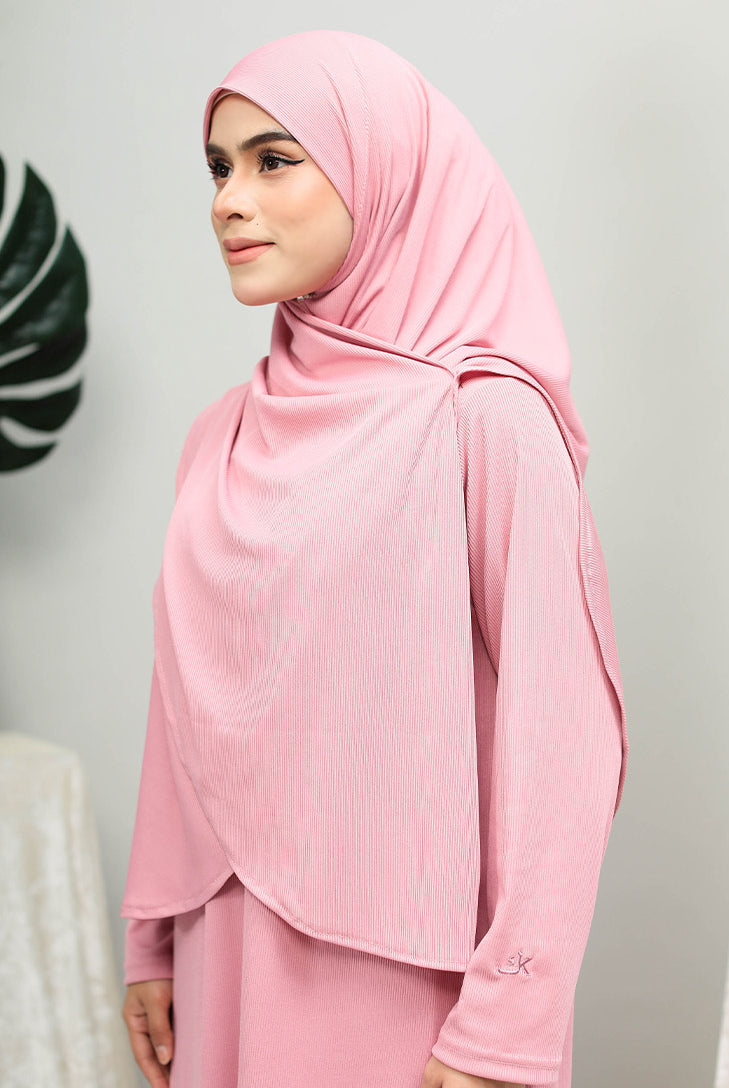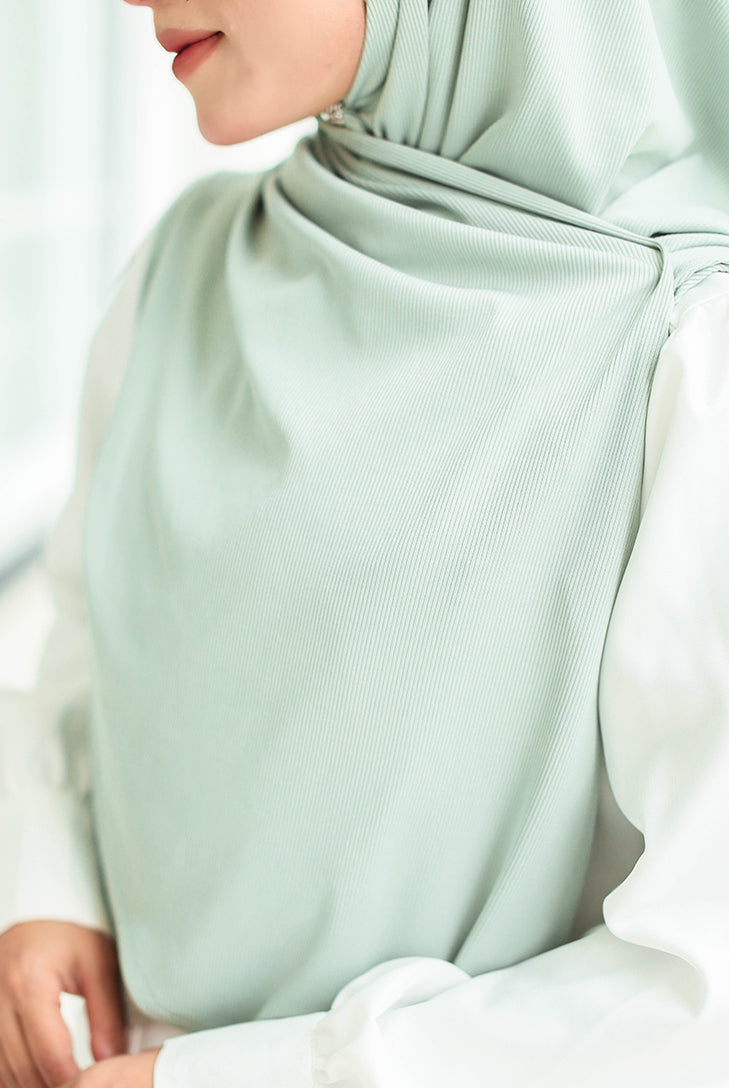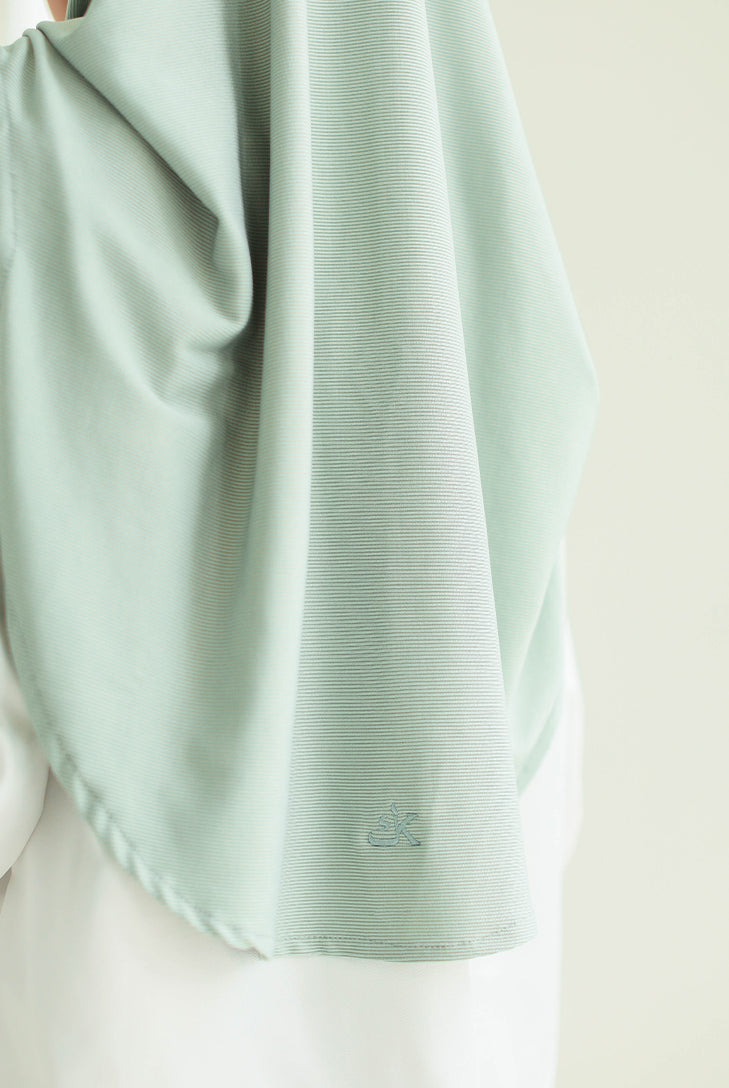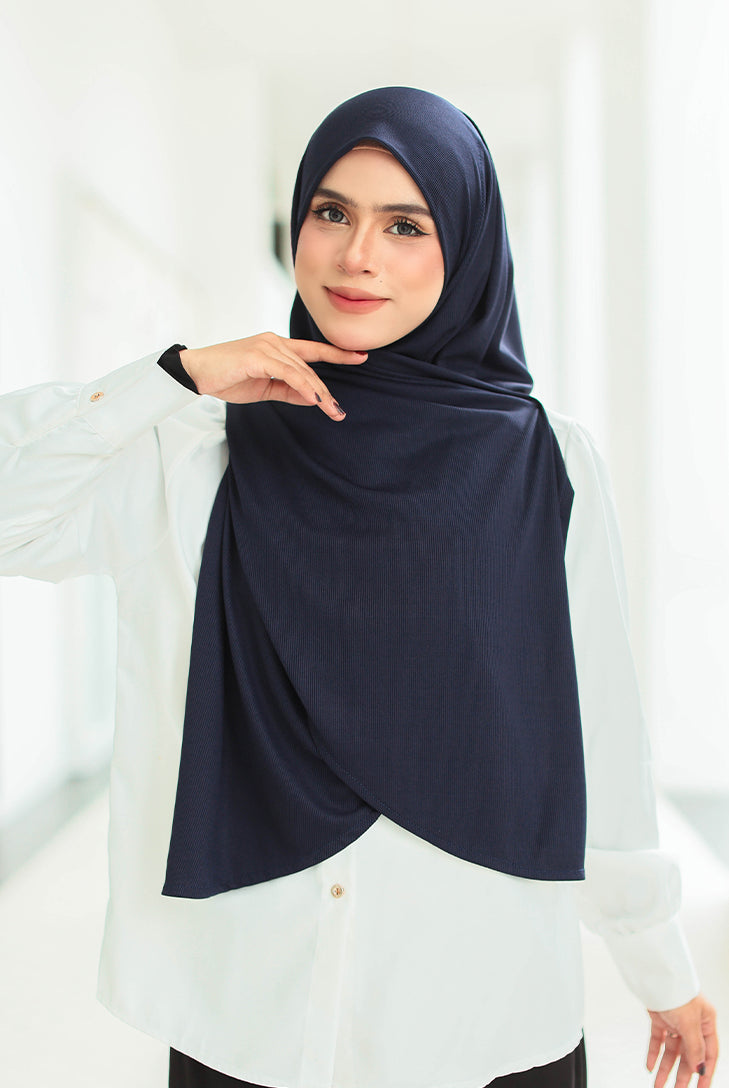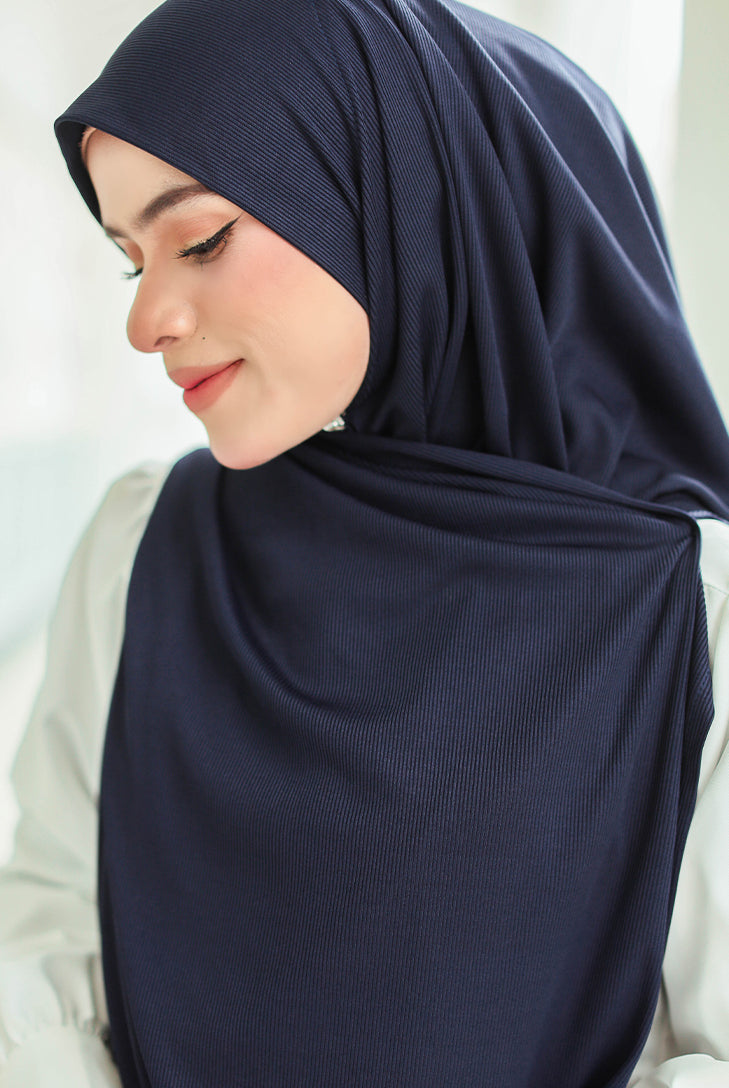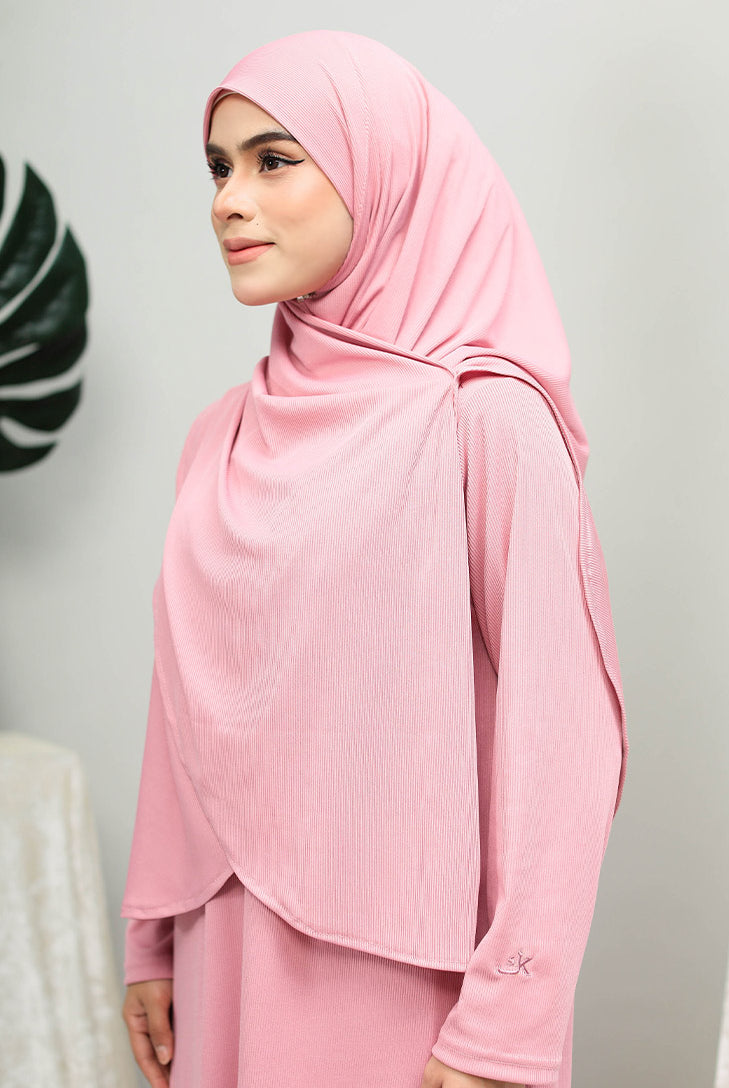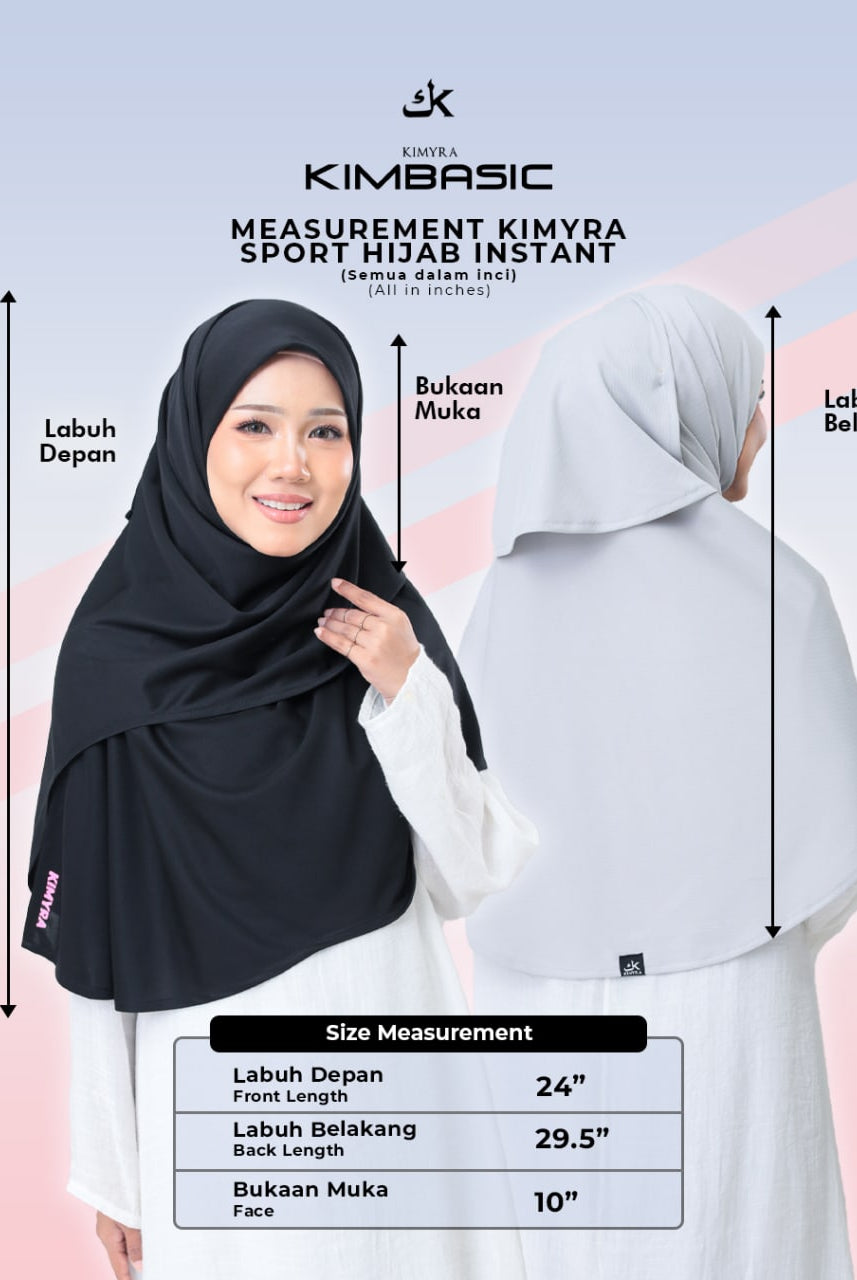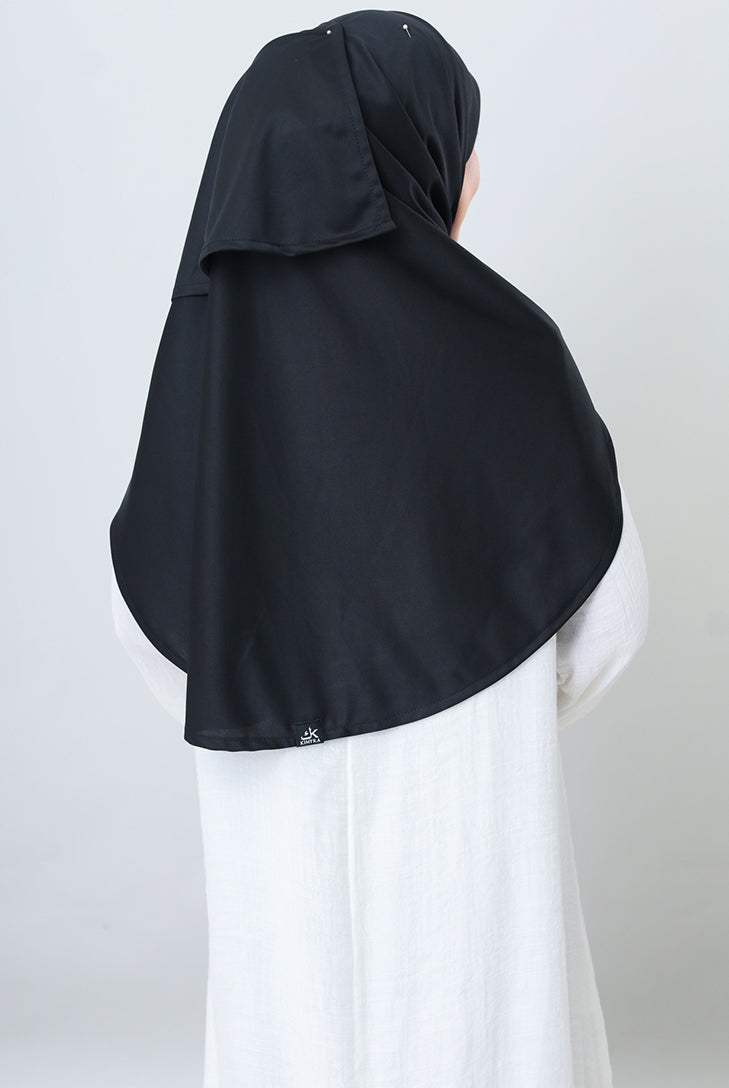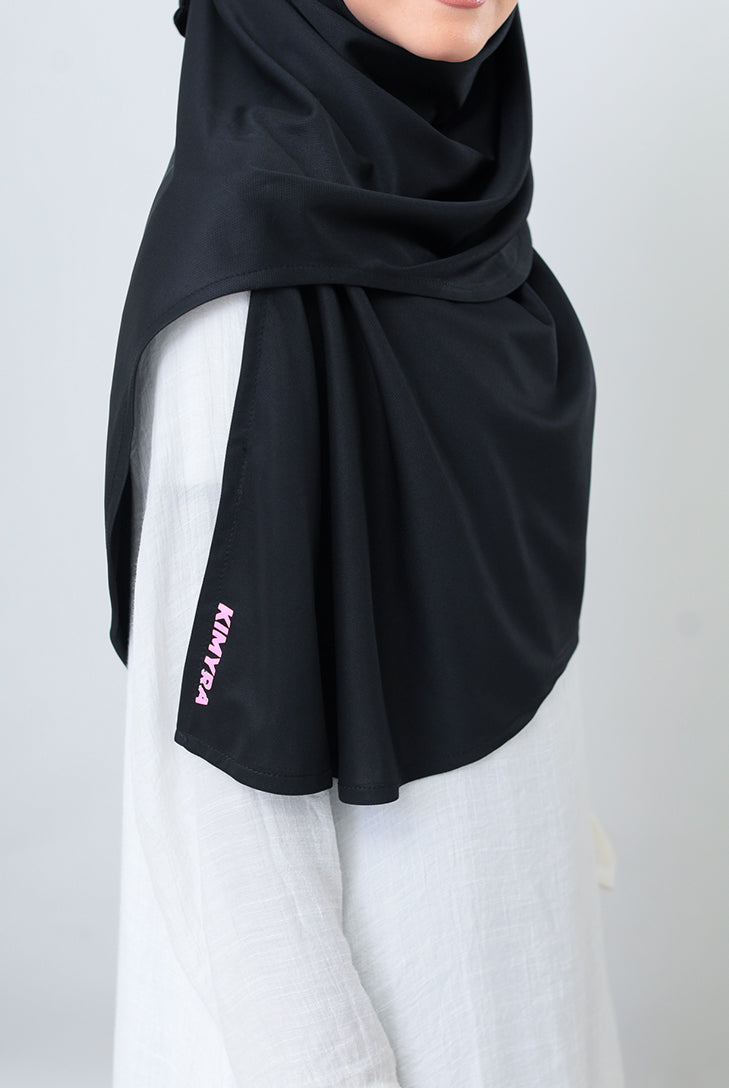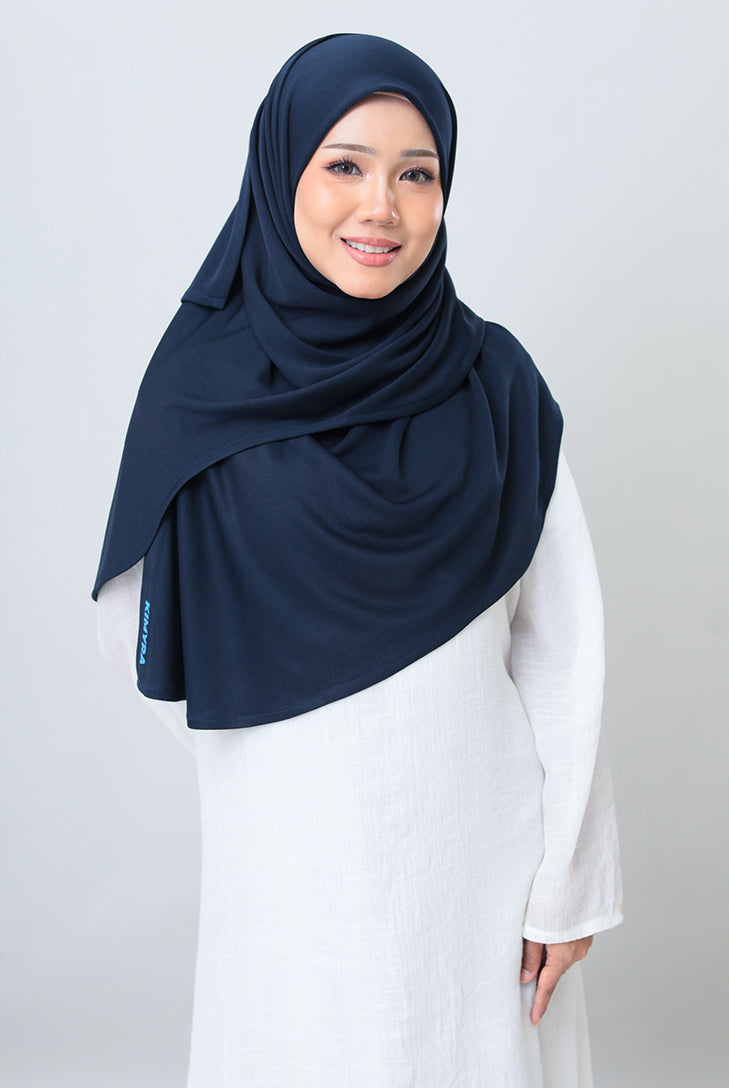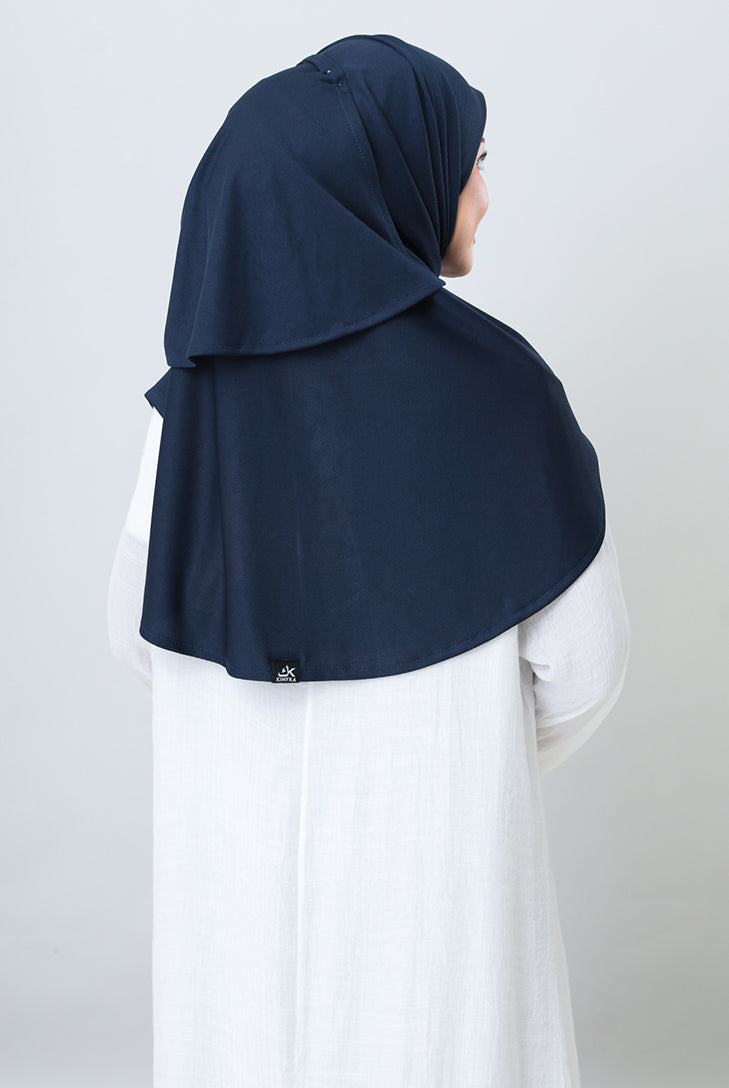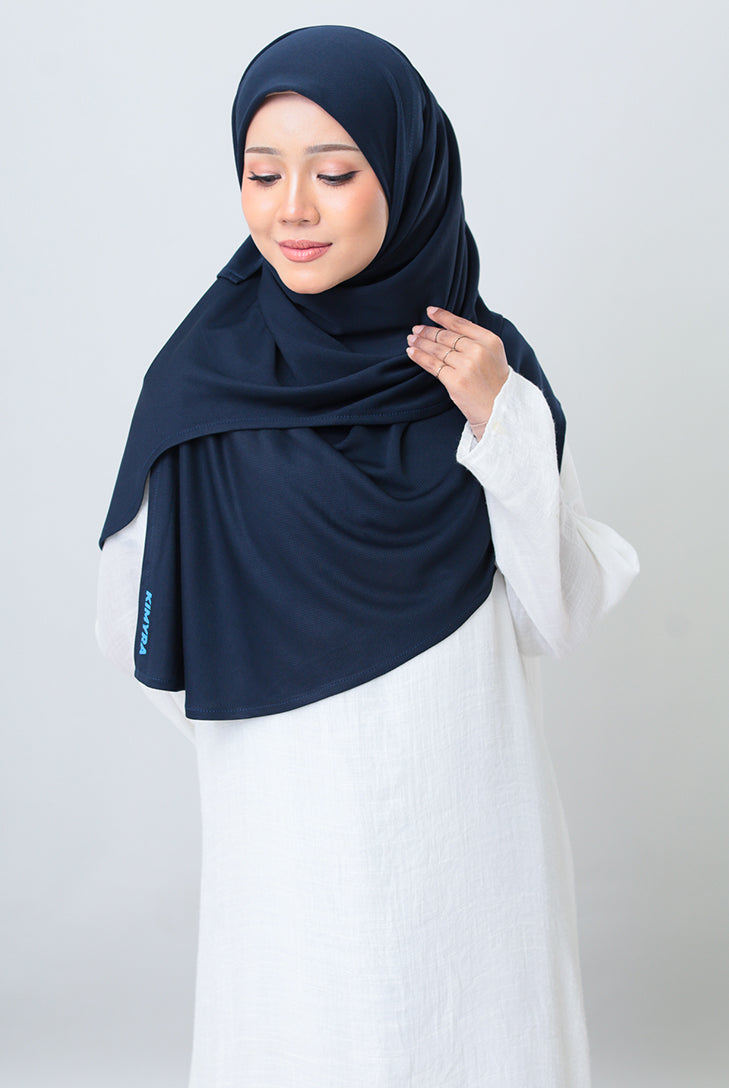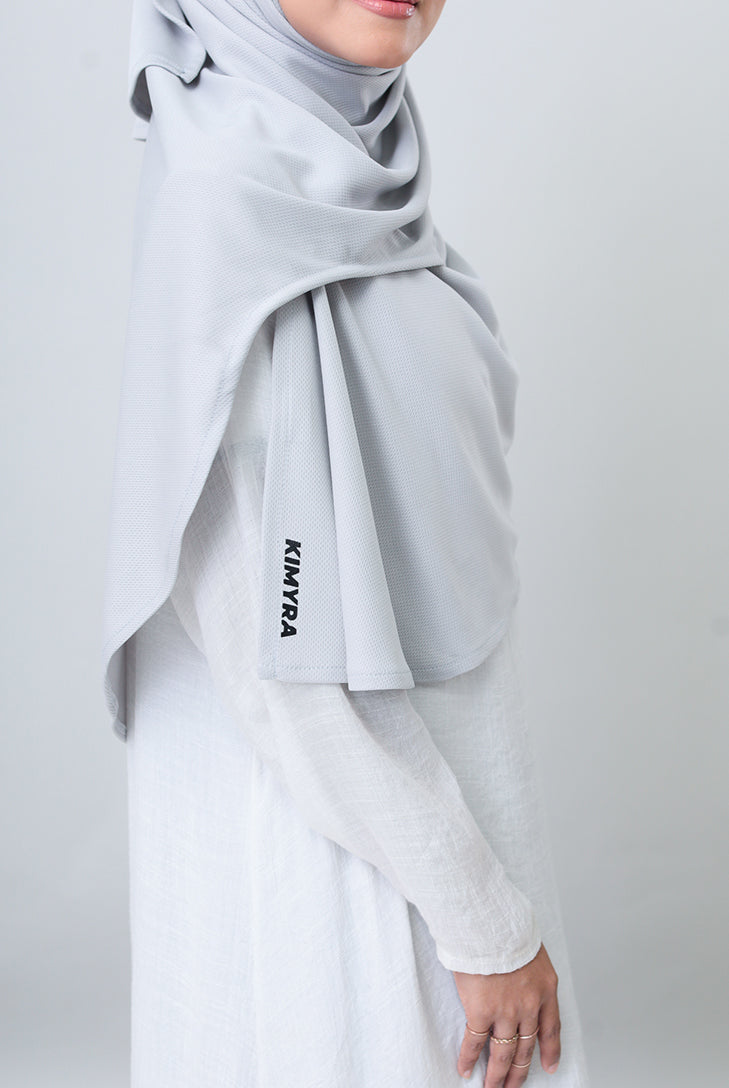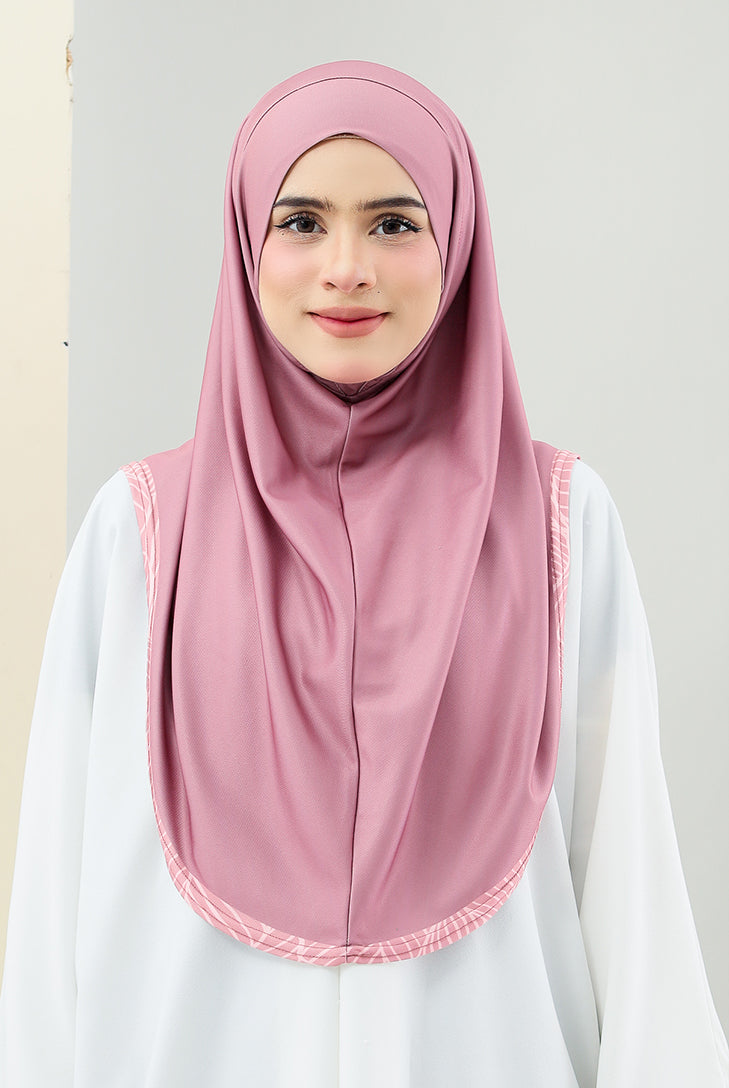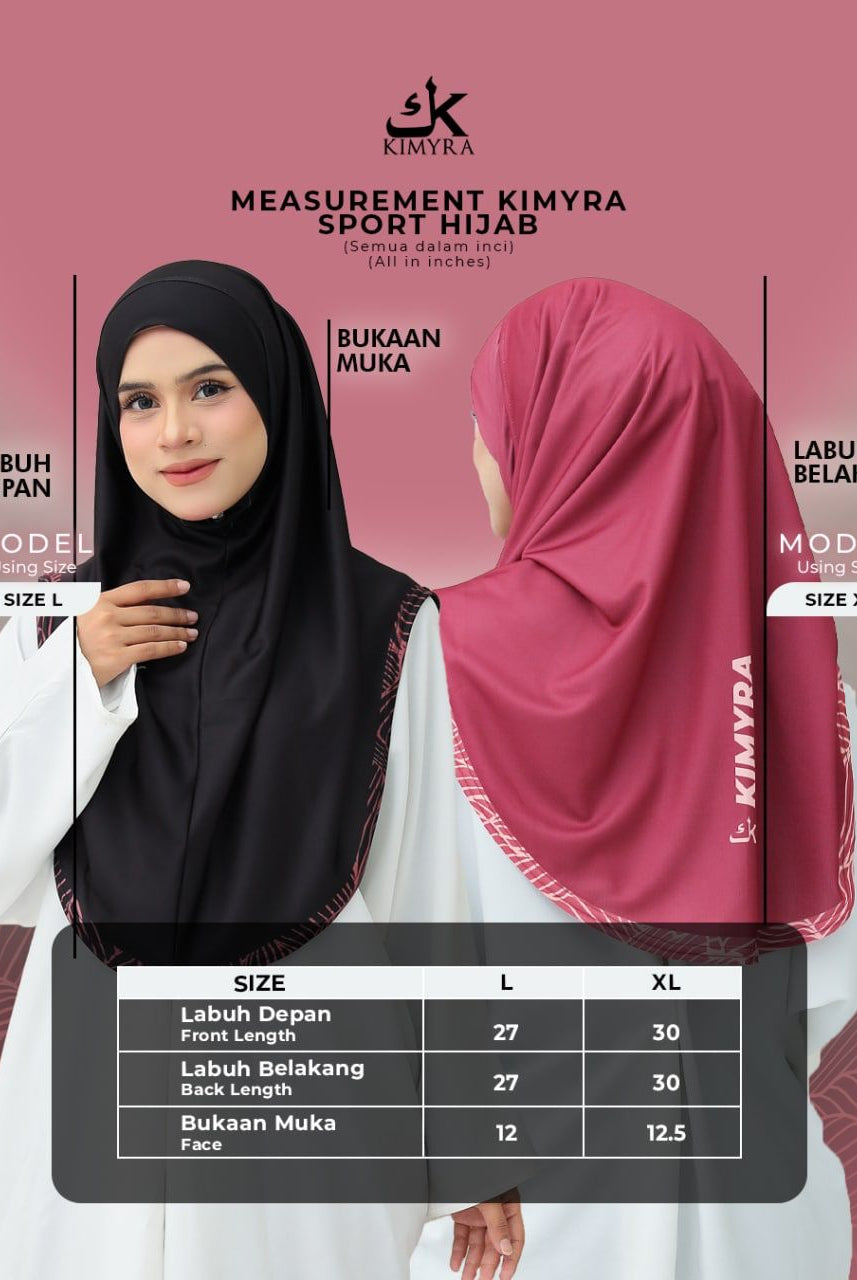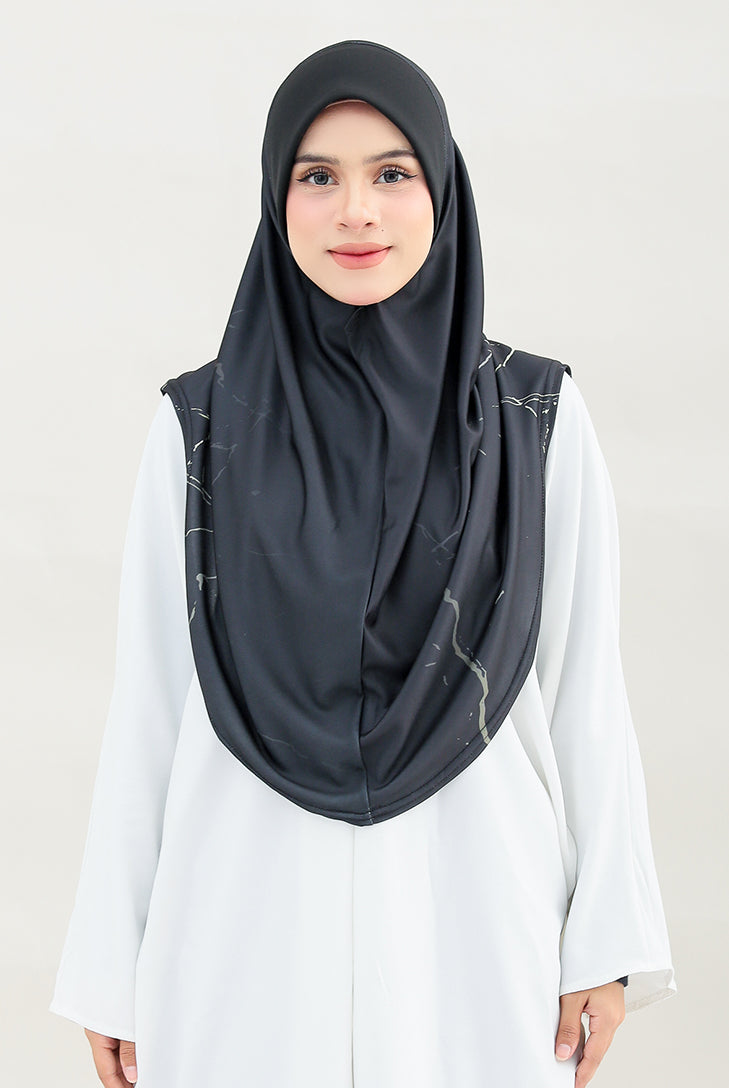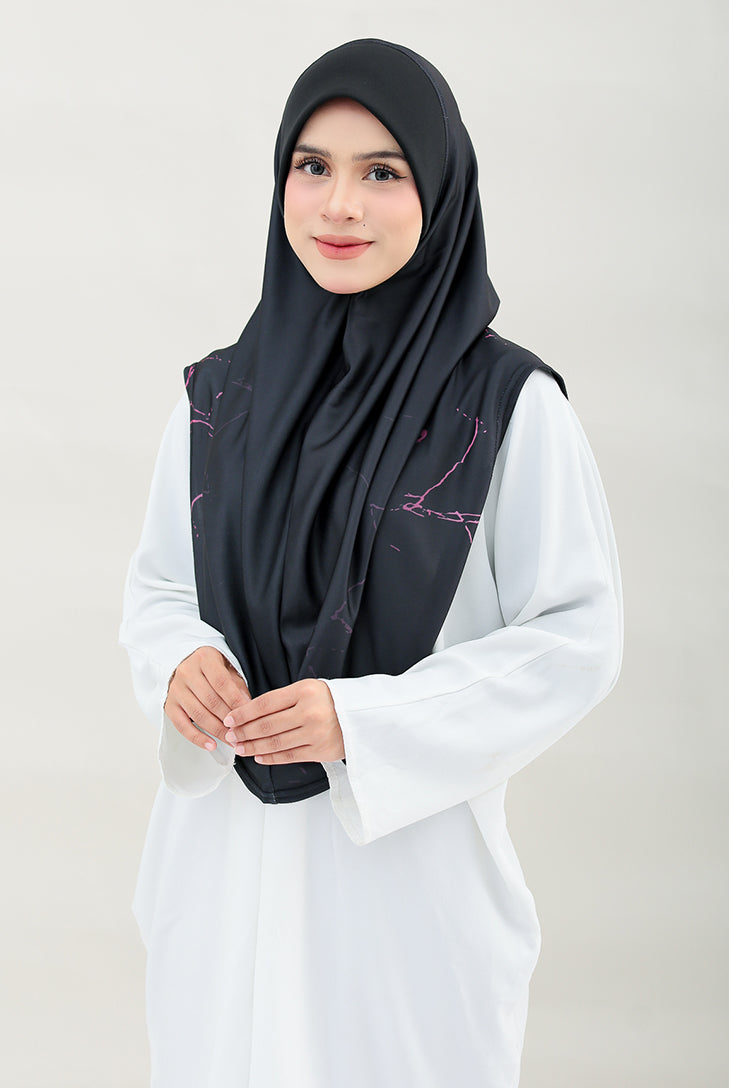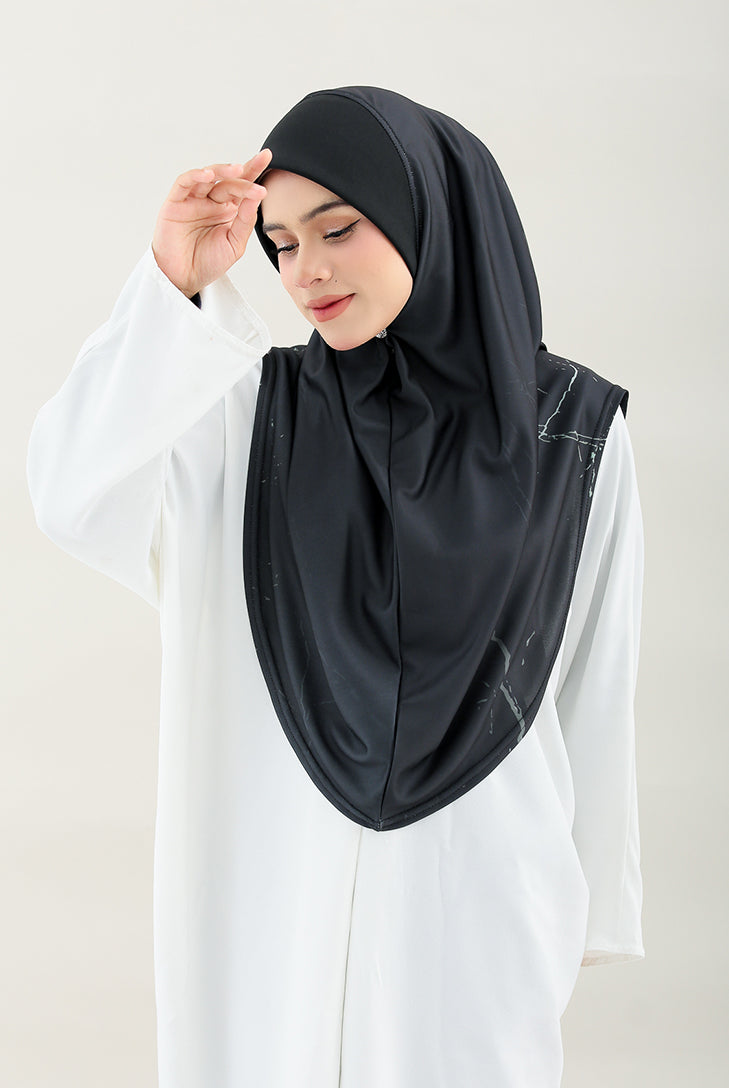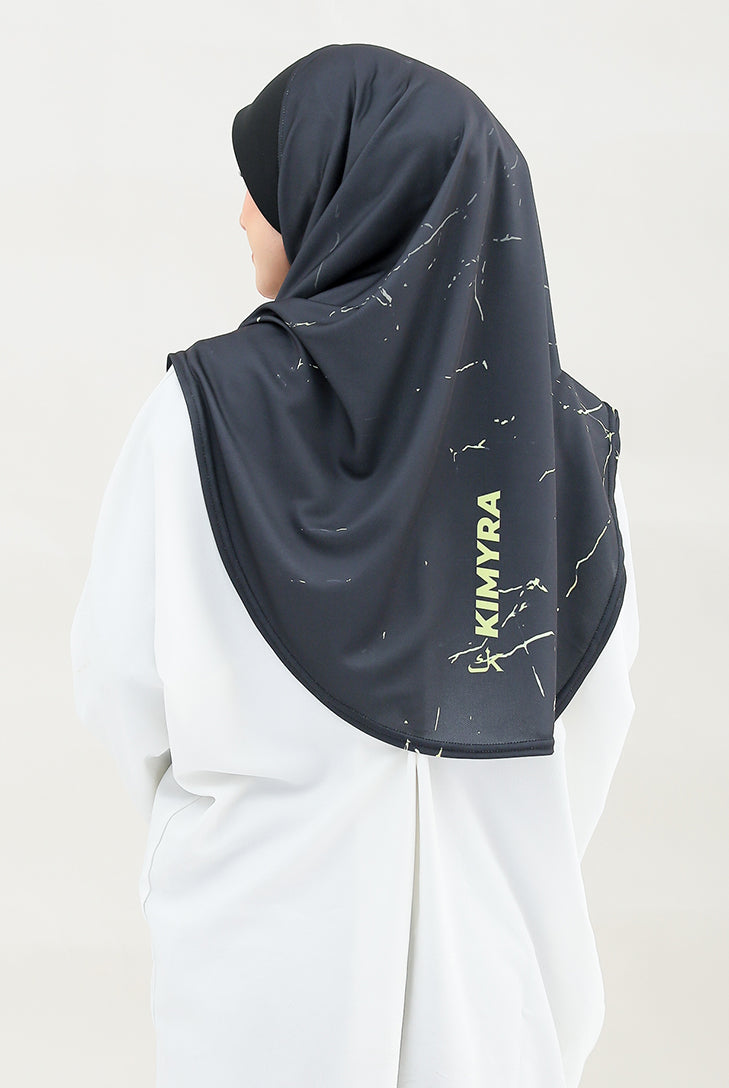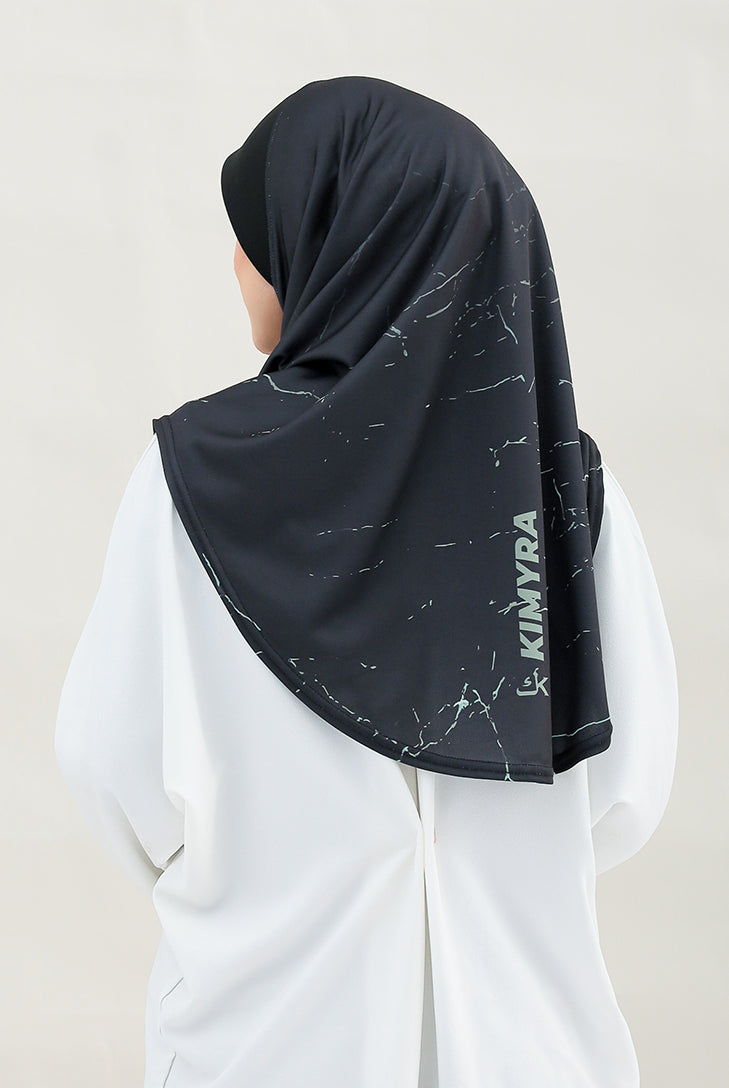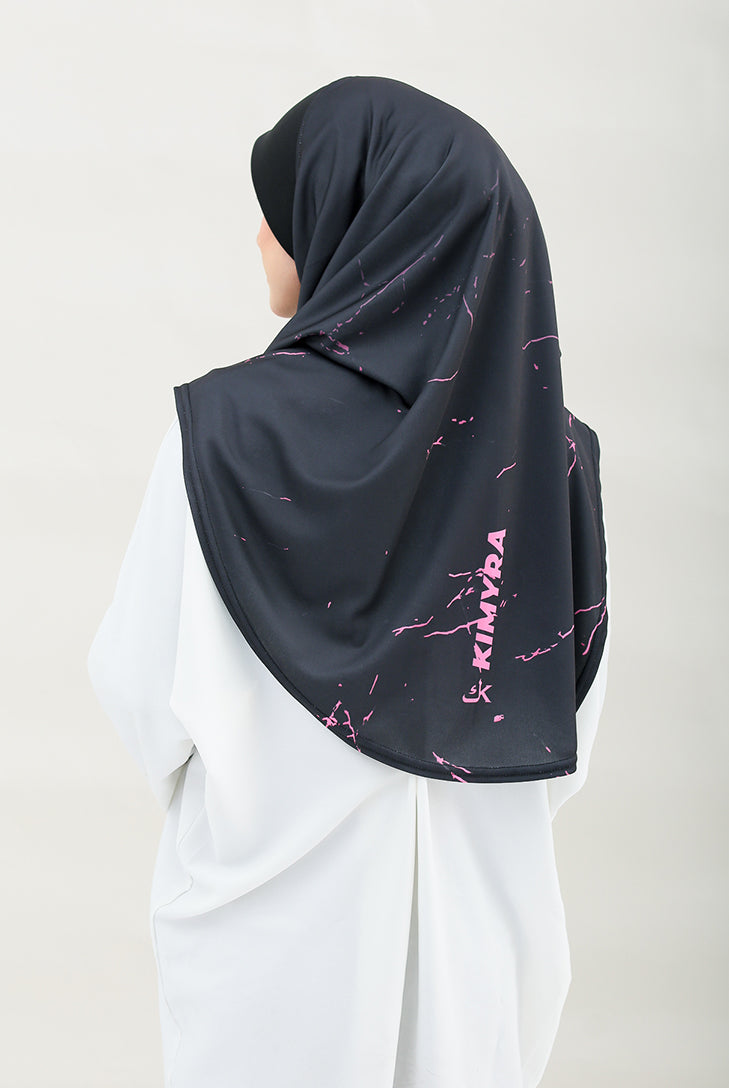Introduction
The hijab, a headscarf worn by many Muslim women, is a symbol of identity and religious expression. However, in recent years, a disturbing trend of hijab bans has emerged in various sporting arenas, disproportionately affecting Muslim female athletes. This article delves into the impact of these discriminatory practices on the lives and careers of Muslim athletes, exploring the challenges they face and the broader implications for inclusivity and equality in sports.
The Impact of Hijab Bans
Hijab bans in sports create significant obstacles for Muslim athletes, hindering their ability to participate and excel in their chosen fields. These restrictions often lead to:
- Exclusion from sports: Many Muslim girls and women are forced to abandon their athletic aspirations due to the inability to compete while wearing a hijab. This deprives them of opportunities for physical activity, personal growth, and potential scholarships.
- Psychological impact: The discriminatory nature of hijab bans can lead to feelings of isolation, marginalization, and diminished self-esteem among Muslim athletes. It reinforces negative stereotypes and creates a hostile environment for them.
- Limited representation: The absence of Muslim athletes wearing hijabs in high-profile competitions contributes to a lack of representation and role models for young Muslim girls, hindering their dreams of pursuing athletic careers.
Real-Life Examples of Discrimination
To illustrate the concrete impact of hijab bans, let's examine some specific cases:
- France: In 2010, France became the first country to ban religious symbols, including the hijab, in public schools and universities, significantly limiting opportunities for Muslim girls to participate in sports.
- Iran: While not a ban, Iranian female athletes face strict dress code regulations, including mandatory head coverings, which can sometimes hinder their performance and lead to international controversies.
- United States: Despite progress in recent years, some individual schools and sports organizations in the U.S. have implemented hijab restrictions, facing legal challenges and public backlash.
Fighting for Equality and Inclusion
Despite the challenges, Muslim athletes and their supporters are fighting for the right to compete without compromising their religious beliefs. Efforts to overturn hijab bans include:
- Legal challenges: Lawsuits and advocacy campaigns are being initiated to challenge the discriminatory nature of these bans and to secure equal opportunities for Muslim athletes. For instance, the case of Ibtihaj Muhammad, the first American Muslim woman to win an Olympic medal while wearing a hijab, has been instrumental in raising awareness and pushing for change.
- Rule changes: Sports governing bodies are being pressured to modify their dress codes to accommodate religious attire, ensuring inclusivity and fairness for all athletes. Organizations like FIFA and the International Olympic Committee have taken steps to relax hijab regulations in recent years.
- Public awareness: Raising awareness about the impact of hijab bans is crucial to fostering support and creating a more inclusive sporting environment. Social media campaigns, documentaries, and the stories of successful Muslim athletes have played a vital role in shifting public opinion.
Conclusion
Hijab bans in sports are a clear violation of the right to religious freedom and equality. They prevent talented Muslim athletes from reaching their full potential and contribute to a broader culture of discrimination. It is imperative that we work together to dismantle these barriers and create a sporting world where everyone feels welcomed and respected, regardless of their religious beliefs or attire.
By continuing to challenge discriminatory practices, support Muslim athletes, and promote inclusivity, we can create a future where sports truly reflect the diversity of our society.


